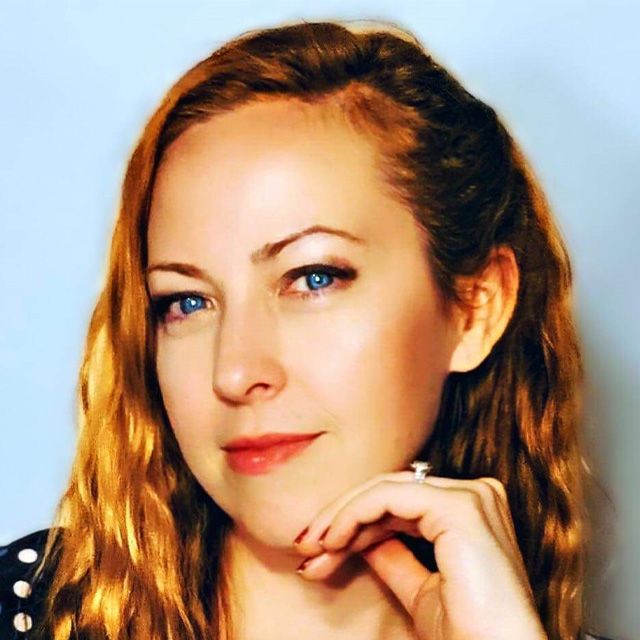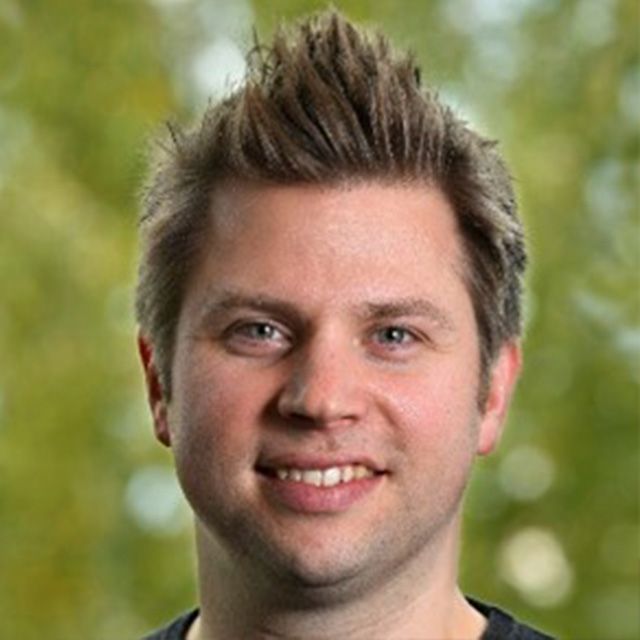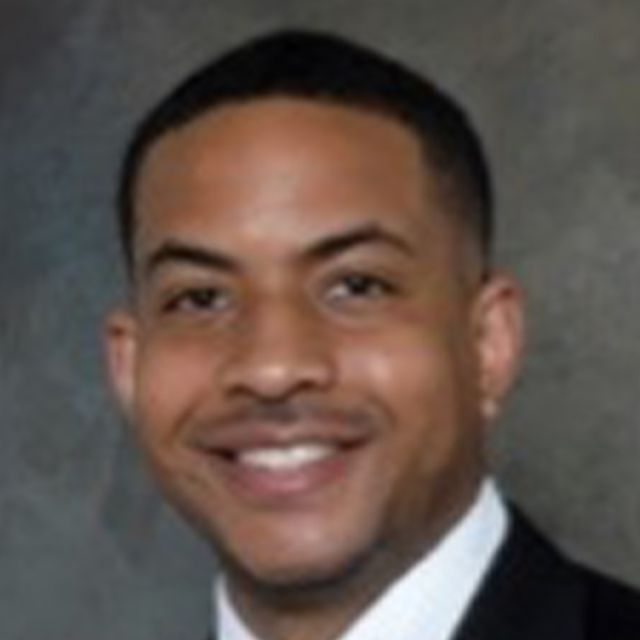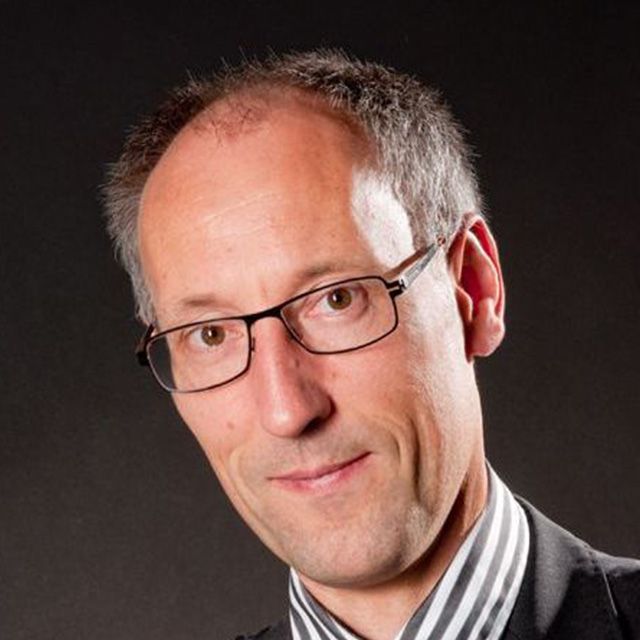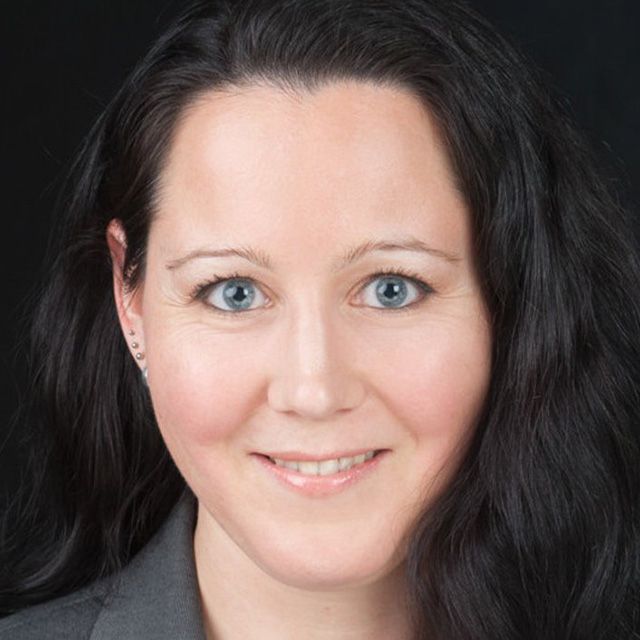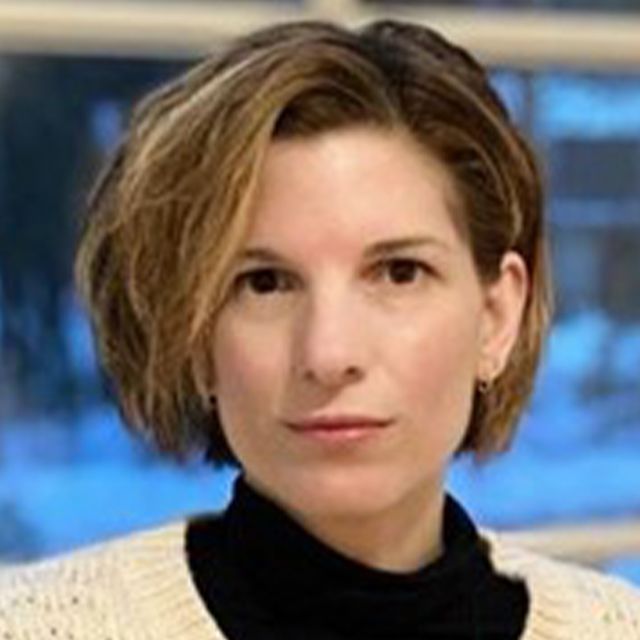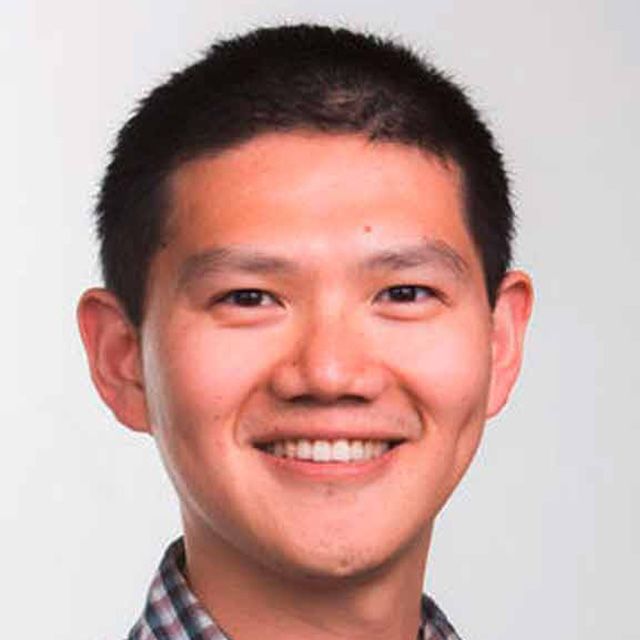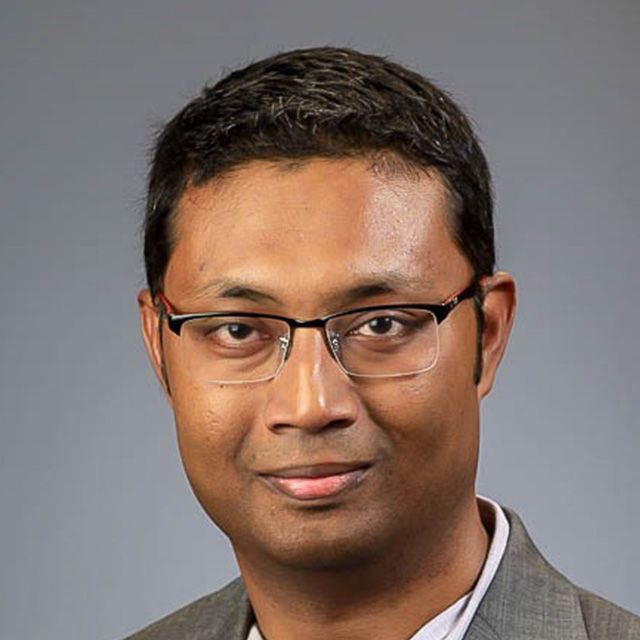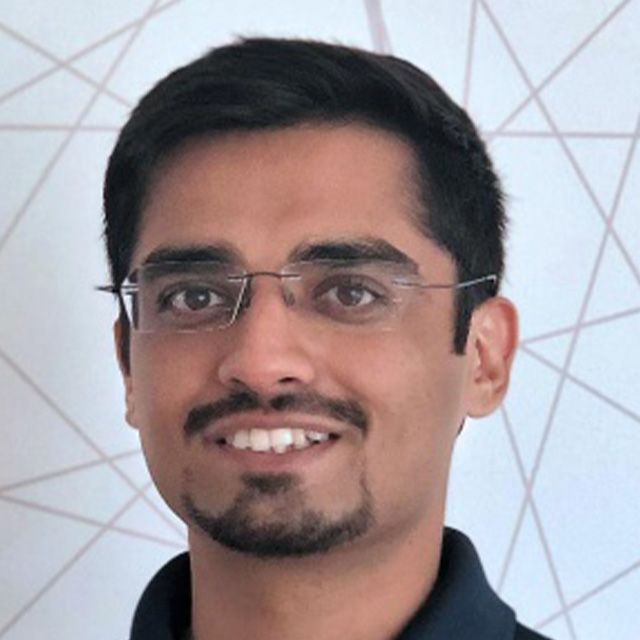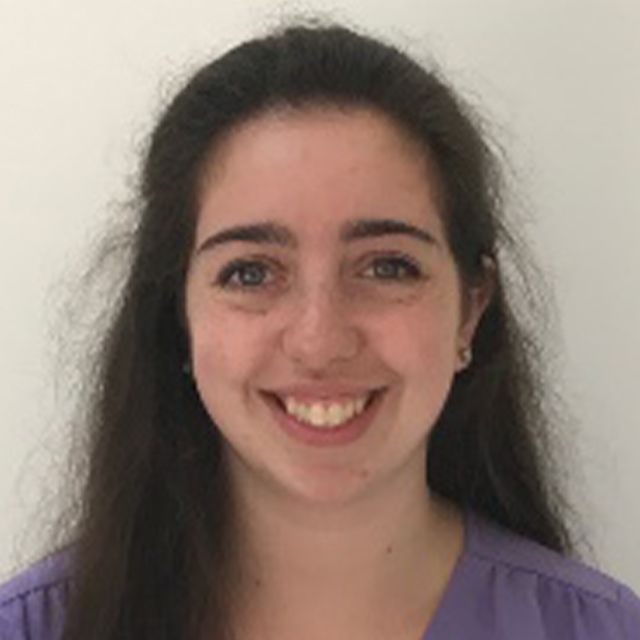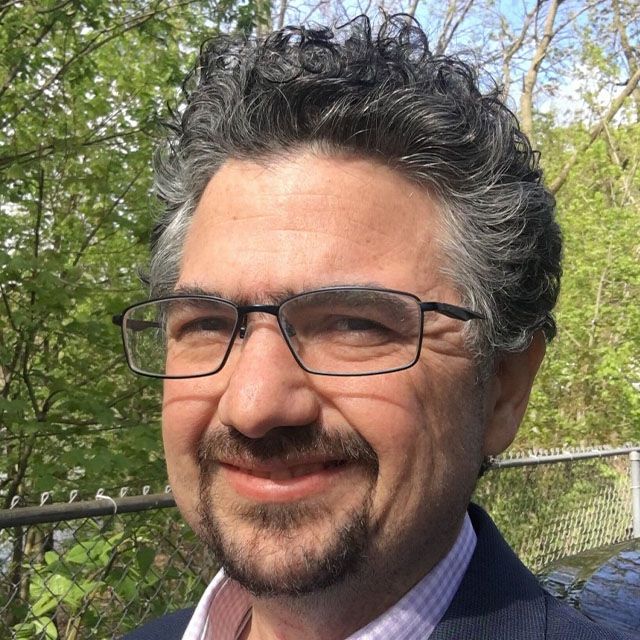Abstracts
What’s New in MATLAB and Simulink R2022a
Learn about new capabilities in MATLAB® and Simulink® to support your research, design, and development workflows. This talk highlights new tools for increasing productivity, such as interactive apps and Live Editor tasks in MATLAB for automating tasks and calculations without writing code, and new features in Simulink for running simulations in parallel. You’ll also see new capabilities for workflows involving other tools, languages, and technologies, including using Python® with MATLAB, and exporting content from Simulink as standalone functional mockup units (FMUs). Additionally, new capabilities for sharing your MATLAB code and Simulink models will be showcased, including publishing MATLAB functions as Docker container-based microservices and generating a configurable MATLAB UI from a Simulink model.
Save the Earth: Accelerate Climate Science and Electrify Everything
The climate crisis is here. Engineers and scientists are engaged to help. Engineers innovate rapidly to decarbonize energy production, electrify everything, and design sustainable products. Scientists accelerate their research to inform climate adaptation and enhance understanding through advances in cloud computing and artificial intelligence. And educators train the next generation to take these advances even further. In this talk, you will learn how scientists and engineers use MATLAB® and Simulink® to tackle this great challenge—to save the earth and build a clean, electrified future.

Dr. Tanya Morton,
MathWorks
Rolls-Royce Pathway to Net Zero
At Rolls-Royce, we have a long, proud history as pioneers of the power that enables the modern world to function. Our customers use our products and services in industries such as aviation, shipping, and energy generation.
The climate crisis means the way humans use power must become compatible with net-zero carbon. We believe technology can be a force for good, and that, as the world emerges from the pandemic, sustainable economic growth is possible. For us, the transition to net zero is both a societal imperative and the greatest commercial opportunity of our time.
However, no individual company, sector, or technology has all the answers. That’s why we are forging partnerships across borders, industries, and technologies to seek out—and scale—solutions that can get us to net zero.
One example is our partnership with MathWorks on the development processes for these new solutions. Our control designs and software are built on a family of model-based product lines called ECOSIStem. These enable innovation in our design teams, reduce time to market, and improve software quality. ECOSIStem supports the delivery of novel projects, such as Hybrid Aero Propulsion, Intelligent Engine, and our Small Modular Reactor program, that are part of the journey to a net-zero future.
We have already pledged to reduce emissions from our own operations to net zero by 2030, and to play a leading role in enabling the sectors in which we operate to reach net zero by 2050. We are now laying out our technology pathway and setting clear short-term targets to show how we will achieve those goals.

Jonathan Cooper,
Rolls-Royce
Work Smarter, Not Harder – Electrifying Agriculture with Artificial Intelligence
Artificial intelligence is having a dramatic impact on farming operations. It removes the guesswork and instead helps farmers implement a precision-based approach to farming that offers increased efficiency and productivity, along with safety and environmental benefits. Praveen Penmetsa is leading the AI charge into agriculture with Monarch Tractor, a fully electric, driver optional, smart tractor. Join Praveen to learn about the challenges today’s farmers face and how AI is helping solve those problems for a better tomorrow.

Praveen Penmetsa,
Monarch Tractor
Advancing AI and Data Science Through Industry/Academia Collaboration
The artificial intelligence (AI) and data science workforce continues to expand and demands more talent to meet industry needs. While technologies have accelerated rapidly in industry, incorporating these evolving technologies poses a challenge to universities to align educational experiences with the evolving workforce needs. There is growing and urgent recognition of the potential for racial and other forms of bias that can shape AI and data science with significant social and economic impacts on individuals and communities.
Developing mutually beneficial industry/academia collaborations can bring novel insights that enhance both research and educational experiences while fostering diversity, equity, and inclusion. To drive real social impact, cross-sector efforts must also build trust to catalyze AI/data science advances that benefit society. These high-impact relationships can lead to new courses, programs, and research endeavors that will enhance AI/data science technologies and the workforce. The Atlanta University Center Data Science Initiative works across Clark Atlanta University, Morehouse College, Morehouse School of Medicine, and Spelman College and facilitates collaborations with industry.
The Initiative developed a new AI course that infused AI4ALL’s curriculum with current ethical challenges. A partnership with NielsenIQ resulted in a hands-on course where students develop strategies to address a posed business case and connect with working professionals. By working with Greenlink Analytics, faculty will be engaged to use mapping tools that uncover inequities through data. With support from Google Health, social work faculty will use data to drive the development of better treatment and methodologies to address social determinants of health. In addition, partnerships with UnitedHealth, The Coca-Cola Company, SAP, Truist, The Home Depot, and Uber expand participation in AI/data science and encourage new advances on how to address bias and ethics in AI/data science.
This session will explore how to develop effective collaborations that lead to educational pathways for all students. It will also show how researchers in the Atlanta University Center are developing new ways to inform the development of AI and data science that minimize racial biases.

Dr Talitha Washington,
Clark Atlanta University and Atlanta University Center
The Electronic System Architecture Modeling (eSAM) Method
Gulfstream will describe the novel Electronic System Architecture Modeling (eSAM) method that they developed over the last three years, which utilizes System Composer™. eSAM models the integration of electronic components, subsystems, and systems at the data-exchange level. The model serves as a rich electrical interface control document (ICD). We will demonstrate the customizations that MathWorks helped to create to support the realization of the eSAM vision.
We will present key characteristics of the eSAM method:
- data and message model constructs
- part reuse through template-instance modeling
- component allocation to shared platform resources (computing and input/output interfaces)
- layered modeling which leverages a black-box integration approach
It’s critical that the eSAM modeling process is easy to learn because Gulfstream is planning to roll out the modeling approach to their supplier base. System suppliers will deliver an eSAM-compliant model, and Gulfstream will integrate those models together to form an integrated aircraft system model. As a true model-based development (MBD) approach, lower-level, platform-specific tools read in the System Composer eSAM model and autogenerate the configuration for the data routing between systems—for example, network switch routing tables and data gateway configurations. This alleviates the need to manually edit low-level configuration files that are typically in the form of XML. The model is also used to generate electrical ICD reports to document the system interfaces.
The eSAM method was greatly enabled by new System Composer capabilities in the R2021b release. The modeling method is still in a development maturation phase. Gulfstream is looking for interested partners to learn more about the eSAM modeling approach and help mature the modeling standard. Please contact the project lead, Chris Watkins, if you are interested via email: chris.watkins@gulfstream.com.

Chris Watkins,
Gulfstream Aerospace Corporation
How Is Shell Driving Its AI Future?
Scientist and engineers at Shell have been using MathWorks products for 30 years to solve their technical challenges. With the revolution in cloud computing and the explosion in open-source technologies and APIs over the last decade, Shell has been on a strategic journey to develop their own digital transformation roadmap. Our most valuable assets are our data and the people who understand that data. Extracting the most from our data in terms of insights, predictions, and enablement also requires working with strategic partners, solution providers, and vendors. We are proud to have MathWorks as part of our ecosystem and transformation. MathWorks and Shell have worked closely together through DevOps to accelerate operationalizing projects across business and the end-to-end value chain. Notable deployments include Quest, a CO2 surface scanning and monitoring solution above Shell’s first carbon capture and storage (CCS) installation; MADA, an exploration tool allowing geoscientists to analyze stratigraphic analogues; and several manufacturing tools that that allow a plant to run optimally. MathWorks tools such as MATLAB Production Server™ and MATLAB Web App Server™ form part of the Shell.ai self-service DevKit, which is the technology stack backbone for developers, scientists, and technicians to develop, build, test, and deploy their AI solutions. Looking to the future, Shell is committed to strengthening its partnerships through the Open AI Energy Initiative (OAI) and framework. The intent is to have an integrated, interoperable platform that allows for rapid development and deployment of AI solutions at scale that can be commercialized, supported, and maintained at an affordable cost. Shell understands that a cross-sector approach is the best way to develop AI tools for the energy industry and its transition to new energies.
Wi-Fi Ranging: Delivering Ranging and Location Technologies of Tomorrow Today
Wi-Fi ranging technology uses time-of-flight measurements to estimate the distance between two Wi-Fi devices. For over a decade this technology has been enabling application developers and other solutions implementers to provide a variety of services including indoor navigation, asset tracking, geofencing, access control (locking/unlocking), and device operation, all with increased accuracy and performance without sacrificing real estate or overall bill of materials (BOM) cost. Since their implementation in 2009, the Qualcomm Wi-Fi ranging technology has been shipping in billions of devices globally with clear signs of accelerated adoption. Ranging capabilities have also continued to improve over multiple generations. This progress has led to greater levels of accuracy and performance, enabling a wide range of potential use cases. This presentation provides insights into the history, use cases, performance factors, and near-term innovations of Wi-Fi ranging technology. It also highlights statistical methods that application developers and other solutions implementers can use to enhance ranging accuracy in their applications. It draws on the results of extensive measurement campaigns using the Qualcomm Wi-Fi ranging technology to demonstrate achievable ranging accuracies in real-world scenarios.

Christine Zhang,
Qualcomm Technologies, Inc.
System-Level Simulation and Testing of an Aperture Array Beamformer
A multi-element, multi-beam aperture array beamforming system is being developed as part of the Expanded GMRT (eGMRT) project. This prototype system is a part of the proposal aimed at improving the scientific capabilities of the Giant Metrewave Radio Telescope (GMRT), one of the most sensitive instruments in the world for observing celestial objects at meter-wave radio frequencies. The initial prototype beamforming system built on an FPGA and operating in the L-band (1.1-1.7 GHz) is undergoing testing in a free-space test range at the GMRT site. In parallel with the efforts towards the final prototype development, we carried out an end-to-end simulation of the beamforming system by modeling the Vivaldi antenna array, RF and analog signal processing systems, and digital beamformer using MATLAB® and Simulink®. The free-space testing was simulated by modeling the transmitting antenna, propagation channel, and sources of interference for testing multiple beams. The simulation was carried out in Simulink using multiple toolboxes for the beamformer's accurate modeling, including the antenna array, test range, and array signal processing algorithms. We tested phased array beamsteering, nulling, and maxSNR beamforming algorithms/techniques for linear and rectangular arrays in the simulation and compared them with the experimental results. We kept the model parameters for the beamforming system simulator similar to those in the actual system. This enabled us to see the difference in the performance of actual and simulated systems. Optimal beamforming was simulated in a case with mutual coupling between the antenna elements to understand its effect on the array covariance matrix, signal-to-noise ratio, and the array calibration process. This presentation would describe the simulator architecture and various beamforming tests and compare the results with the actual system performance. The simulator has a workflow-based framework to encapsulate future requirements of the project and to support diverse array signal processing and beamforming applications.

Kaushal Buch, Giant Metrewave Radio Telescope, NCRA-TIFR

Sreekar Sai Ranganathan, Indian Institute of Technology Madras
Developing Error Report Generation Software for Synthetic Aperture Radar
Synthetic aperture radar (SAR) is a technique to synthesize a long antenna, utilizing the movement of the sensor using signal processing at ground to produce better azimuth resolution for larger swath imaging. SAR system design is an iterative process. It involves the derivation of system parameters from the user requirements and takes orbital geometry and practical system realization feedback into the loop. For the system design, we developed software in MATLAB® using Phased Array System Toolbox™ and Antenna Toolbox™.
During the development of SAR payloads, we focused on developing automated checkout systems to process and validate the payload data. Our goal was to reduce processing and validation time and have minimum human interference. We also developed an automated error report generation software to process and validate SAR payload data using MATLAB, Symbolic Math Toolbox™, Signal Processing Toolbox™, and MATLAB Report Generator™. We found that the software was user friendly and achieved the automation objective quickly.
5G Vulnerability Analysis with Reinforcement Learning Toolbox
Challenge: 5G is a disruptive technology that transforms our society, yet there are many potential attack vectors that threat actors could take advantage of. To better protect our critical infrastructure and the devices on them, we need to identify and address as many vulnerabilities as we can.
Obstacle: A 5G infrastructure is comprised of many components and used in many different environments. The system complexity and dynamic nature of it add to the challenge of identifying vulnerabilities. Data security, user privacy, confidentiality, integrity, and availability are just some of the obvious concerns with 5G. And these complicated problems cannot be solved by traditional methods.
Solution: Our 5G security team built 5G models in a synthetic simulation environment and identified threat vectors based on industry consortiums like 3GPP and NSA’s ESF. An AI-based solution was developed and using Reinforcement Learning Toolbox™ to expose 5G vulnerabilities and optimize attack patterns based on an objective function. Our 5G security team identified potential mitigation techniques and used the digital twin environment to assess their effectiveness.
Tools used: MATLAB®, Reinforcement Learning Toolbox, Deep Learning Toolbox™
The simple drag-and-drop GUI interface and many features in Reinforcement Learning Toolbox made it easy for our engineers to analyze 5G vulnerabilities and come up with optimized solutions, and use the metrics for verification and validation purposes. As a result, our RL model achieved a 100% accuracy score. The faster built-in math and functions libraries shortened development/analysis time and the responsive technical support team solved issues quickly and professionally.

Ambrose Kam,
Lockheed Martin Rotary and Mission Systems
Modeling Radar and Wireless Coexistence
Congestion in the radio frequency (RF) spectrum and increasing demand for RF bandwidth has resulted in sharing the spectrum between different RF users, including radar systems and wireless communication systems. The coexistence between radar and communication systems generates some unwanted effects such as interference or blockage. By understanding these effects, proper mitigation techniques can be developed to ensure satisfactory performance of the two systems.
See how to model a scenario with a radar system and a wireless communication system working in the same environment and using the same spectrum. Assess the possible radar performance degradation and evaluate different mitigation techniques.
Learn how to:
- Model a radar system in the vicinity of a wireless communication system, including RF and antenna subsystems, waveform designs, and a realistic propagation environment
- Generate IQ signal at the radar receiver due to the target reflection and broadcasted wireless communication signal
- Sense and identify received waveforms; apply beamforming techniques to avoid or minimize interference effects
Wireless Standards and AI: Enabling Future Wireless Connectivity
Wireless standards enable global wireless connectivity and access. Modern standards such as 5G, Wi-Fi, satellite communications and Bluetooth promote R&D in the industry and drive innovations forward. Applications of artificial intelligence (AI) techniques, used to optimize these systems, are also becoming more prevalent. Now explore capabilities in MATLAB® for wireless system design and applications of AI to tackle design challenges. Through case studies and reference examples, you will learn about:
- What is new in 5G, Wi-Fi, satellite communications and Bluetooth
- Coexistence modeling and performance assessment in the presence of interfering signals
- Application of AI for wireless design (spectrum sensing, DPD, beam management)
- Standards-based positioning, localization, and ranging applications
Secure, Automated, Internet-Based mmWave Test and Measurement with Xilinx RFSoC
Wireless system design at mmWave frequencies presents unique challenges, calling for multidisciplinary engineering teams scattered across geography and home offices with deep expertise in RF system design, digital signal processing, embedded software, and emerging wireless standards.
Join engineers from Avnet and Rohde & Schwarz as they demonstrate test solutions for Avnet’s Wideband mmWave Radio Development Kit for Xilinx Zynq® UltraScale+™ RFSoC Gen-3. You will observe automated measurement techniques based in MATLAB® using Rohde & Schwarz’s 5G NR signal generation and analysis for fast, remote testing through the new Rohde & Schwarz Secure Application Gateway™.
Explore the tradeoffs of testing critical wireless metrics, including ACLR and EVM, both 5G NR and standard-agnostic, from R&D to production. We will also investigate the performance of the bits-to-mmWave radio in terms of frequency response and distortion for frequency planning or optimizing the system design.
Connecting MATLAB to USRP for Wireless System Design
Learn how NI and MathWorks are collaborating to accelerate wireless system design with software-defined radios (SDRs) connected to MATLAB®. This session will introduce you to Wireless Testbench™, the latest toolbox for MATLAB that helps engineers explore and test wireless reference applications in real-time on SDR hardware. You will see how MATLAB and supported SDR hardware from Ettus Research™, an NI brand, can be used for over-the-air wireless testing at maximum sample rates (250 MSPS). You can perform spectrum monitoring and signal detection of standards-based and custom signals by leveraging FPGA processing onboard the supported USRP devices. You will learn how to run MATLAB scripts to execute, configure, and probe the applications running on the SDR hardware.
Hands-On Workshop: Pocket AI and IoT: Turn Your Phone into a Smart Fitness Tracker
In this hands-on and interactive workshop, you will learn how to use sensors, AI, and IoT to build a smart fitness tracker using your own mobile device. Learn the basics of sensors, AI, machine learning, and IoT required for building this application. We will demystify the buzz around sensor analytics, machine learning, and IoT and show you how easy it is to build smart wearables. You will be energized and engaged while doing hands-on exercises and leave excited about IoT and wearables and taking up challenging projects in this domain. Discover how MATLAB Online™, MATLAB Drive™, ThingSpeak™, and machine learning algorithms (knn) are seamlessly integrated and used within MATLAB Mobile™.
To participate in this workshop, you will need a MathWorks account (create MathWorks account).
Error Mode Identification in Gas Turbines Through Predictive Maintenance
MAN Energy Solutions SE is a German multinational company that produces diesel engines and turbomachinery for marine and stationary applications. The plant in Oberhausen builds gas turbines for mechanical drive applications (mainly pipeline compressors) and power production. The engines are distributed all over the world, often to remote areas where machine failure can have severe consequences.
MathWorks engagement started in 2020 with a proof of concept using machine learning techniques to detect error conditions in gas turbines. The goal of this consulting project is to automate the time-consuming process of visualizing and manually evaluating measured sensor data, in order to determine gas turbine error conditions at an early stage.
We used GateCycleTM to generate simulated gas turbine data for two different machine types. For each machine type, we generated two data sets: one comprehensive gridded set for training and validation and one random set for testing. We used the training/validation set to build a model in MATLAB® that predicts the error type and error magnitude with high accuracy using machine learning (classification validation ~ 1%). The model is a combination of a classifier (predicting the error type) and a regression model (predicting the magnitude of the error). Then, we tested the model against the test data (classification test error < 10%).
Since the number of sensors in the engine is usually limited, we then reduced the number of predictors from the full set (21 predictors) down to a minimal set of 6 predictors. Even with a set of only 10 predictors, the accuracy remained in the targeted range (classification test error < 10%).
The next step of the project will be to test the model against real field data. The long-term goal is the integration of the application into the engine control system environment, so engine condition monitoring can be done in real time.
Designing a Lidar Sensor Classifier Using a MATLAB Framework
A deep learning-based classifier is an important component in the environment perception of a moving vehicle, and classified output from the classifier is essential to proceed further in the vehicle data chain. There are several sensors in the vehicle network to provide the environment inferencing. We focused on lidar-based sensors in our experimentation to design a classifier for object classification from lidar sensor data. We targeted our approach to reveal needs for the production environment and realize an open-source deep network module using MATLAB® and Deep Learning Toolbox™. We also generated production code using Embedded Coder® to deploy into the embedded platform. We used this deep learning kit to design the DNN network and fine-tune and debug the missing layers. Once this model was executed in a MATLAB environment, we proceeded to generate production code using Embedded Coder. The generated code was then ready for compiling and deployment on NVIDIA–XAVIER hardware.

Ramakrishnan R, Bosch Global Software Technologies Private Limited

Porwal Rahul Vikram,
Bosch Global Software Technologies Private Limited

Kadengodlu Uthama,
Bosch Global Software Technologies Private Limited
Automating an Audio Labeling Workflow with Deep Learning for Voice Activity Detection
Deep learning models require labeled data for training purposes. Labeling of the data is an important step. For audio files, labeling involves analyzing segments of audio, listening to them, and manually assigning appropriate labels for specific time slots in the audio files. However, such an audio labeling workflow is a labor-intensive process and slows the development cycle time. For instance, to train a deep learning model to classify segments into speech or noise for voice activity detection (VAD), we need to label the speech and noise segments in the audio files. In this presentation, we’ll discuss our experience using a pretrained deep learning model in a labeling algorithm and show how we adopted automation of an audio labeling workflow towards VAD, thereby reducing the development cycle time.
MATLAB with TensorFlow and PyTorch for Deep Learning
MATLAB® and Simulink® with deep learning frameworks, TensorFlow and PyTorch, provide enhanced capabilities for building and training your machine learning models. Via interoperability, you can take full advantage of the MATLAB ecosystem and integrate it with resources developed by the open-source community. You can combine workflows that include data-centric preprocessing, model tuning, model compression, model integration, and automatic code generation with models developed outside of MATLAB.
Explore the options and benefits, along with examples, of the various interoperability pathways available, including:
- Importing and exporting models from TensorFlow, PyTorch, and ONNX into and from MATLAB
- Coexecuting MATLAB alongside installations of TensorFlow and PyTorch
Fitting AI Models for Embedded Deployment
AI is no longer limited to powerful computing environments such as GPUs or high-end CPUs, and is often integrated into systems with limited resources like patient monitoring, diagnostic systems in vehicles, and manufacturing equipment. Fitting AI onto hardware with limited memory and power supply requires deliberate trade-offs between size of model, accuracy, inference speed, and power consumption—and that process is still challenging in many frameworks for AI development.
Optimizing AI models for limited hardware generally proceeds in these three steps:
- Model Selection: Identify less complex models and neural networks that still achieve the required accuracy
- Size Reduction: Tune the hyperparameters to generate a more compact model or prune the neural network
- Quantization: Further reduce size by quantizing model parameters
Additionally, especially for signal and text problems, feature extraction and selection result in more compact models. This talk demonstrates model compression techniques in MATLAB® and Simulink® by fitting a machine learning model and pruning a convolutional network for an intelligent hearing aid.
Machine Learning with Simulink and NVIDIA Jetson
Deep learning and machine learning techniques have the ability to solve complex problems that traditional methods can’t adequately model, such as detecting objects in an image or accurately predicting battery state-of-charge based on current and voltage measurements. While these capabilities by themselves are remarkable, the AI model typically represents only a small piece of the system. Edge and embedded systems are driven by the increasing number, performance, and bandwidth of sensors. This in turn is driving the need for higher performance computing in the systems that integrate and process the sensors, and for software that enables easy and quick deployment. Explore how to leverage the NVIDIA Jetson™ platform and Simulink® AI with Model-Based Design approach to make the complexity of such systems more manageable. Learn how to use simulation for adequate testing and enable easy deployment across devices.
Hands-On Workshop: Low-Code AI: Making AI Accessible to Everyone
Learn how you can apply AI in your field without extensive knowledge in programming. This hands-on session includes a quick recap on the fundamentals of AI and three exercises where you will learn how to classify human activities using MATLAB® interactive tools and apps:
- Accessing and preprocessing data acquired from a mobile device
- Applying clustering to the unlabelled data using the Cluster Data Live Editor Task
- Classifying the labeled data using two apps: Classification Learner app and the Deep Network Designer app
At the end of the workshop, you will be able to design and train different machine learning and deep learning models without extensive programming knowledge. You will also learn how to automatically generate code from the interactive workflow. This will not only help you to reuse the models without manually going through all the steps but also to learn programming or advance your coding skills.
To participate in this workshop, you will need a MathWorks account (create MathWorks account).
Data-Centric AI for Signal Processing Applications
For some applications like autonomous driving, speech recognition, or machine translation, the adoption of AI can count on large datasets and abundant research. In those domains, investments most often focus on improving system performance through the design of ever more complex machine learning and deep learning models. On the other hand, in most industrial signal processing applications, data tend to be scarce and noisy, tailored models very rare, and traditional AI expertise hard to find.
This talk focuses on how data-centric workflows driven by domain-specific expertise can be used to significantly improve model performance and enable the adoption of AI in real-world applications. Learn more about signal data and specific recipes related to improving data and label quality, reducing variance and dimensionality, and selecting optimized feature-space representations and signal transformations. Explore popular simulation-based methods for data synthesis and augmentation and present the latest options for selecting suitable AI models to use as starting point.
Cleaning and Preparing Time Series Data
Time series data are everywhere. Whether it is from sensors on automated vehicles and manufacturing equipment, meteorological data, or financial data from the equities market, it helps us understand the behavior of a system over time. However, real-world time series data can have many issues like missing data, outliers, noise, etc. The data needs to be cleaned and prepped first before it can be analyzed or used for model development. Unfortunately, it is not always clear how to clean this data. Which algorithm should be used for filling missing values? Should outliers be removed first or noise? How is data that is measured using different sample rates synchronized? The process is iterative and can be very time consuming. In this session, we will show you how to use timetables with the new Data Cleaner app and Live Editor tasks to identify and fix common issues in time series data. We will cover different data cleaning methods using both code and low-code techniques that can make the data prep process more efficient.
Python for MATLAB Development
The py module in MATLAB® provides a binary interface to Python®. It opens the door to calling more than 350,000 Python modules directly from MATLAB, a truly amazing capability. This talk covers primary steps that will help you take full advantage of Python from MATLAB:
- Create Python virtual environments that pair well with your MATLAB installation
- Test the stability of your MATLAB/Python environment
- Extend the Python search path in MATLAB so that it can find your Python code
- Pass MATLAB arguments to Python functions
- Convert values returned by Python functions to native MATLAB variables
- Write Python bridge modules to span language interface gaps
Examples begin with simple one-line commands that read and write data to and from YAML files (with PyYAML) and progress to platform-independent ways to capture memory and CPU load (with psutil) and write Excel .xlsx files with arbitrary font styles, colors, and equations (with openpyxl). Python-to-MATLAB and MATLAB-to-Python variable conversions are demonstrated with the py2mat.m and mat2py.m utilities from Python for MATLAB Development.

Albert Danial,
Author of Python for MATLAB Development
Biomechanical Analysis and Visualization
This presentation will describe the application of MATLAB® to the field of biomechanical analysis. Industrial analysts and academics worldwide use BoB Biomechanics to study human movement and calculate the forces acting on the body and generated in the bones. BoB is normally used with motion capture equipment and has been applied in sports analysis for performance enhancement and injury reduction for tennis, cricket, baseball, basketball, rowing, cycling, and weightlifting. BoB has also been used by a Formula 1 team to study the movement of pit-stop personnel, enabling the slower members to learn from the techniques of the faster ones. Learn how to develop and deploy the BoB package and its built-in mathematical tools and advanced graphics within the MATLAB environment.

James Shippen,
BoB Biomechanics
Creating an Algorithm for Personalized Fitness Programming
Beginning with the principles of periodization and progressive overload that are fundamental to improving human athletic performance, and relying on the nearly two decades of experience that co-founder Aaron Adams brings as an elite athlete, personal trainer, and coach, we have created an algorithm that provides custom daily workouts tailored to each athlete. The athlete or coach provides key metrics to the algorithm such as their goals, current fitness level and abilities, and equipment and time available for training. The algorithm then builds unique daily workouts that help the athlete meet their goals with exercises they have the skills and equipment to complete.
The workouts specify weights and reps for given sets and provide recommended warm-up and cooldown work. Some give a predicted "score" (either time or reps) that the athlete should achieve based on what they've told the algorithm. An element of randomness is built into the algorithm, so no two athletes will ever receive the same long-term program. Given the significant number of variables at play, it's unlikely any two athletes would receive identical workouts. The workouts are accessed via our app, which is available on both iOS and Android devices. The app serves primarily as a delivery tool for the workouts and functions as an interface to the algorithm itself, which is deployed as a .NET DLL to a VM scaleset hosted on Azure. With MATLAB Compiler™ and MATLAB Compiler SDK™, we can build the DLL directly within MATLAB® and deploy the exact version of the algorithm that is used for our development, testing, and analysis.

Dave Erickson,
Deep Athletics
How to Turn Your Script into a Simple App
Custom-built apps are a great way to teach a concept, to automate common tasks, or to provide dashboards for interactively exploring complex data sets. And now with interactive controls in the Live Editor, if you can write a script, you can write an app. This talk will demonstrate how to convert MATLAB® scripts into simple notebook-style apps.

Michelle Hirsch,
MathWorks
Hands-On Workshop: Using MATLAB with Python
Do you need to use MATLAB® and Python® together? MATLAB provides flexible, two-way integration with many programming languages, including Python. In this hands-on workshop, you’ll learn how to use MATLAB and Python together with practical examples. Specifically, you’ll learn how to:
- Call Python libraries
- Call user-defined Python commands, scripts, and modules
- Manage and convert data
- Package MATLAB algorithms to be called from Python
To participate in this workshop, you will need a MathWorks account (create MathWorks account).
Mars Sample Fetch Rover: Autonomous, Robotic Sample Fetching
As part of the Mars Sample Return (ESA-NASA) mission, Airbus Defence and Space UK is developing the Mars Sample Fetch Rover. The rover's role is to autonomously drive and pick up samples left by the Perseverance rover on the Mars surface. This presentation will focus on the robotics at the front of the rover (camera systems and robotic arm) that are used to identify, grasp, and stow these samples (without human in the loop). This system is designed in MATLAB® and Simulink® and then translated into C code for flight software using the autocode packages.

Raul Arribas,
Airbus Defence and Space
Developing an Autonomous Cobot with Multimodal Control Using Model-Based Design
In recent years, diverse customer needs have led to an increase in the demand of a wide variety of products, services, and solutions. Creating a human-robot coworking environment to satisfy these customer needs requires a flexible robotics system configuration.
Current robotic systems can be inflexible because robots are typically designed to carry out predetermined actions based on specific instructions. To cope with this problem, we are developing a robot that can perform multimodal control by combining the arm, hand, camera, and other sensor information. By comprehensively judging this information, an adaptive dynamic control of the robotics system can be constructed. Thus, flexible robotics movement can be performed in various products, tasks, services, and solutions.
In this session, we will introduce our development of a robot hand which incorporates multiple sensors. The robot hand and its controller were designed and verified using Model-Based Design with MATLAB® and Simulink®. Specifically, Simscape Multibody™ was used to model the motor for the robot hand and simulate the contact force acting between the robot hand and the grasping object. By conjoining the virtual and real control structure of the robot hand, we could seamlessly implement the control system built by Simulink into the hardware. At the end of the session, we will show the modeling of the robot arm and its trajectory planning, the practical example of linking the virtual robot arm controller and robot arm movement in reality, and the integrated simulation of robot arm and hand using Robotics System Toolbox™ and ROS Toolbox. These autonomous coworking robot development processes can lead to the realization of cyber-physical systems (CPS).

Kazuki Ono,
KYOCERA Corporation
Design and Simulate Scenarios for Automated Driving Applications
Development of advanced driver assist systems (ADAS) and autonomous driving applications often depends on simulation to reduce in-vehicle testing. The automotive industry is investing in standards like OpenSCENARIO to describe dynamic content in these driving simulation environments.
Learn how to author scenarios on realistic road networks designed in RoadRunner. You can use this workflow to simulate scenarios with built-in actors as well as author and integrate custom actor behaviors designed in MATLAB®, Simulink®, or CARLA. The scenarios can be exported to OpenSCENARIO for simulation and analysis in external tools if desired. Using this workflow, you can quickly author and simulate scenarios to gain system insight and test your designs.
Simulate and Deploy UAV Applications with SIL and HIL Workflows
Unmanned Aerial Vehicles (UAV) are safety critical systems where simulation and testing are essential for verifying control performance before conducting test flights. The latest developments in MathWorks tools let you integrate UAV onboard computers, ground control stations, and autopilots with plant models in Simulink® and scenario simulation using Unreal Engine® for various autonomous flight applications.
In this talk, you will learn about:
- Software-in-the-Loop (SIL) workflow to deploy UAV waypoint following on an onboard computer (NVIDIA® Jetson™) and test it with PX4 SIL simulation
- Hardware-in-the-loop (HIL) workflow using the PX4 Hardware Support Package and an onboard computer (NVIDIA Jetson)
- Integrating Simulink plant for UAV dynamics with HIL simulation and using depth image from Unreal Engine® to test the flight controllers for obstacle avoidance
- Deployment on Pixhawk running in the HIL mode
- UAV scenario simulation with photorealistic scenes using Unreal Engine
- The new UAV Scenario Designer app, which lets you design and playback UAV trajectory based on OSM city maps
Developing a Racing Catamaran Powered by Hydrogen
Within its Research and Innovation Department, Capgemini Engineering has launched the SOGREEN project. Based on the case study linked to the regulations of the Energy category of the Monaco Energy Boat Challenge, we are developing a racing catamaran propelled by a mix of energy sources: battery, solar panels, and hydrogen fuel cell. The objective is to master this hybrid propulsion system and to optimize it, particularly in the context of the demanding technical constraints imposed by the challenge.
To achieve this goal, we first built a model using Simulink® and Simscape™ libraries to provide a tool for sizing and simulating performance.
The control-command (the management of electrical power components and safety devices as well as the recording of sensor data) is carried out using a proprietary Capgemini Engineering component: the MUXlab.
Within the framework of a privileged partnership between MathWorks and Capgemini Engineering, we are developing libraries (MUXlink) and a methodology which make it possible to use models produced in Simulink directly within the MUXlab, after a simple conversion, without any lines of code.
Finally, the development and operation of the catamaran is an opportunity to develop and test a complete digital twin.
We raced our prototype in the 2021 Monaco Energy Boat Challenge and finished on the podium for our first participation.

Matthieu De Gennaro, Capgemini Engineering
Energy Storage Systems: A Flexible Grid Asset
Energy storage systems are increasingly used in grids over the world. This growth is enabled by many facets that are continuously evolving: regulatory frameworks, standards, system controls, battery performance, consumer education, and costs. At Evlo, we have facilitated adoption of energy storage systems for the past seven years. We have deployed systems in small and large grids, including in extreme weather locations, using our proprietary real-time controller partly developed with Simulink®. In this presentation, we will demonstrate how energy storage systems can improve grid operations and facilitate increased usage of renewables.

Adile Ajaja,
Evlo
Electric Drive Hardware-in-the-Loop (HIL) Testing: Skip the Beta Phase!
We used hardware-in-the-loop (HIL) to “skip the beta phase”—saving hundreds of thousands of dollars in time, materials, and rework by creating a system to test software and control cards for multimillion-dollar plant in real time, without the plant.
HIL technology ensures that our electric drive will perform the way we expect in the customer environment for a fraction of the cost of an actual motor, additional testing infrastructure, and reduced risk exposure for equipment and personnel. We can test day or night, with or without hardware. The innovation uses FPGA technology to simulate the electrical plant.

Henry Brengel,
Leonardo DRS
Enabling the Green Hydrogen Supply Chain with MATLAB and Simulink
Production of green hydrogen relies upon conversion of photovoltaic (sun) and/or eolic (wind) energy into hydrogen gas through electrolysis. This brings multidisciplinary challenges (concept design, planning, operation, maintenance) to guarantee satisfactory return of investment. Now learn how multidomain simulation empowers integration with grid and energy storage, power electronic design, and techno-economic studies.
Once produced, hydrogen must be compressed and transferred from tanks to fuel cells. Electricity is then regenerated for electric propulsion in ships, trucks, or busses. But how can hydrogen, an extremely sensitive gas, be handled safely at all stages? Model-Based Design provides a solid foundation for this. In this session, you will see how safe valve and cooling controls are modeled with Simulink®.
Finally, it may be that your company is responsible for system integration. Hydrogen-based fuel cells are acquired and integrated in a complex multidomain system and co-exist with other energy entities (e.g., battery, diesel generator). How can you maximize the return for all assets? Can testing be enabled by desktop models used early in the development cycle? Join us to find out how the MathWorks toolchain makes it possible.
Deploying Motor Control Algorithms to a TI C2000 Dual-Core Microcontroller
Using newer power semiconductors such as SiC and GaN is allowing the increase of sample rates for motor control applications. Implementing motor control algorithms on a multicore microcontroller or system-on-a-chip (SoC) processor may require an understanding of execution timing and delays due to peripherals, sensors, and device drivers. Simulation can help provide insight into how algorithms will execute and ensure proper timing is achieved.
In this session, you will see how to use Simulink® and Model-Based Design to:
- Model and simulate sensorless field-oriented control (FOC) using Motor Control Blockset™ and SoC Blockset™
- Model the effects of device drivers and peripherals on implementation
- Partition control algorithms for multicore execution
- Schedule FOC algorithm execution between partitions
- Generate code from the Simulink model to execute on the separate cores of the TI C2000™ dual-core microcontroller
- Perform on-device profiling with streaming task execution and CPU utilization information
Rapid Prototyping of Embedded Designs Using NXP Model-Based Design Toolbox
Get to know NXP Model-Based Design Toolbox™—a connection between MathWorks and NXP ecosystems that allows rapid prototyping of complex embedded designs on NXP microcontrollers.
The Model-Based Design Toolbox can be used throughout all the application development phases, starting from an idea all the way to the final solution deployment.
Its integration with the rich MathWorks ecosystem allows modeling ideas into Simulink® designs, while enhancing the Model-Based Design paradigm key advantages such as simulation, verification and validation, automatic code generation, and reusability. It also provides a streamlined way to run embedded applications on NXP microcontrollers by integrating and linking target-specific software like drivers and libraries to Simulink applications. It also enables the cross-compilation of Simulink generated code and its download to the microcontrollers.
Such embedded applications can range across multiple domains like automotive, industrial and IoT, and can cover specific tasks like motor control, car access, lighting, or battery powered solutions.
If we talk about battery-powered applications, like electric vehicles or grid energy storage, battery management systems (BMS) play a key role in the optimal and safe power usage of the rechargeable cells. With MATLAB® and Simulink, BMS can be designed under safe conditions, from logic control states to complex functionalities like the state of charge (SOC) estimation. This task can be completed either based on traditional methods or by relying on data driven models using artificial intelligence. Once the simulation results are satisfying, the NXP Model Based Design Toolbox can deploy the BMS applications directly from Simulink on embedded targets. By using NXP Simulink blocks, the users can control the microcontroller peripherals, and also extend the hardware commands up to the analog front end, the NXP battery cell controllers.
In this presentation, we will highlight the main features of the NXP Model-Based Design Toolbox. We will demonstrate how to design a BMS application, covering the main development phases from idea to a prototype running on target.
Hands-On Workshop: Modeling Electrical Power Systems in Simscape Electrical
Explore modeling for electrical power system simulation using Simscape Electrical™. Through a worked example of a mixed AC/DC system, topics that will be covered include:
- Introduction to Simscape Electrical
- Selecting appropriate model fidelity for a given engineering task
- Selecting appropriate solvers to effectively simulate a model of a given fidelity level
- Ensuring behavioral consistency across a range of model fidelities
- Using different sample-times for different physical networks to improve simulation performance
- Preparing models for real-time simulation on multiple CPUs
- Deploying standalone models on the web
To participate in this workshop, you will need a MathWorks account (create MathWorks account).

Graham Dudgeon, MathWorks
Automotive DevOps for Model-Based Design with AWS
Vehicle features and capabilities are transitioning from being mostly mechanically defined to being software defined. Premium vehicles today can have up to 150 million lines of code executing complex algorithms in their ECUs. OEMs are adopting agile software development methods to update and maintain software, driving the need for DevOps practices and tools. NXP, MathWorks, and AWS have collaborated on a DevOps solution for Model-Based Design for vehicle control algorithms. In this talk, AWS will present the full cloud-to-vehicle solution built with AWS developer tools by using MathWorks design tools and targeting execution on NXP vehicle network processors.
Deploying Cloud-Native MATLAB Algorithms in Kubernetes
Containers and microservice architectures have revolutionized IT infrastructure both in the cloud and on premises. The idea of infrastructure as code has meant application deployment is repeatable, easily scaled, and allows for zero downtime. Kubernetes is the industry standard for container orchestration, allowing you to abstract where an application runs and easily scale. Learn about our Kubernetes Reference Architecture and the new request-handling features to allow your production server-hosted function to handle arbitrary input.
Reuse of Simulink Components Within Chip-Level Design and Verification Environments
To keep pace with market needs for performance and cost efficiencies, the architecture of integrated circuits (ICs) needs to be highly optimized. Many semiconductor engineering teams are using Simulink® as their main tool to perform such optimizations, since it allows them to easily model and simulate multidomain systems, including analog and digital components. Moreover, this approach enables verification activities within Simulink, before the implementation phase has started, allowing engineers to find bugs early and shorten lead times. In this presentation, you will learn how Simulink design models and testbenches can be reused throughout the IC design cycle. We will demonstrate how design models can be converted to synthesizable RTL through HDL code generation and how Simulink verification components can be reused within UVM verification environments, avoiding duplication of effort between system-level activities (performed within Simulink) and RTL-level activities (performed using EDA tools).
Hands-On Workshop: Continuous Integration with MATLAB and GitHub Actions
Looking to get started with continuous integration and delivery (CI/CD) using MATLAB® with GitHub® Actions? Interested in learning how to automate the building and testing of a public MATLAB or Simulink® project on GitHub?
In this workshop, you will:
- Use GitHub Actions to run the MATLAB tests for a public GitHub repository
- Walk through the sample repository and the provided CI/CD configuration files
- Use MATLAB Online™ to add new features and tests to the provided repository
To participate in this workshop, you will need two things:
- a MathWorks account (create MathWorks account)
- a GitHub account (create GitHub account)

Adam Sifounakis,
MathWorks
Models Exchange and Virtual Integration with MATLAB and Simulink
See how Collins Aerospace Applied Research and Technology used Simulink® and the FMI standard to facilitate the internal collaboration between Collins Aerospace teams and streamline external collaboration between OEM and Collins product owners. You’ll see a comparison of the ability to export and import standalone FMUs with the coupling approach of the tools identifying difficulties and benefits. You’ll also explore multiple industrial and research use cases focusing on system and software validation and verification in a virtual environment, including exporting Simulink models towards different external simulation ecosystems and importing third parties’ virtual test benches in Simulink.

Giacomo Gentile,
Collins Aerospace Applied Research and Technology

Alessandro Mignogna, Collins Aerospace Applied Research and Technology
A Software Shift Left by Utilizing Model-Based Design and MathWorks Code Generation Tools
The development of digital front-end SoCs for 5G and beyond faces time-to-market pressure. This imposes strong pressure for pre-silicon verification before an RTL freeze, finally building confidence for a tapeout. Software availability is the key enabler for testing large and complex integrated SoCs as one whole system. Unfortunately, the software is often on a critical path, leading to verification shortcuts like test scripts. This leads to wasted labor and wasted opportunity in software shift-left testing.
Model-Based Design was used for both hardware and software reference design of a digital front-end subsystem, implementing an algorithmically complex closed-loop control system. This model offered a virtual platform to start software development even before any hardware was available. The software development was further reinforced with MathWorks code generation tools for fast code deployment and reduced software rewrites.
As a result, the design was verified with key test cases in a pre-silicon environment before an RTL freeze, for the first time, using real production software. This led to a considerable software shift left compared to earlier projects. Also, collaboration between algorithm, hardware, and software teams was improved because of the model-centric approach. Using Model-Based Design also enabled cross-team debugging of the problems found in pre-silicon verification directly in the reference model—for example, by finding more suitable parameter sets for test cases.
Adopting a new workflow and mindset is always challenging, but the transition was supported by targeted training held by MathWorks as well as technical support. The key takeaway from the challenges experienced is that dependencies from the model should be kept to a minimum, ensuring fast turnaround time in bug fixes and releases.

Jouni Sillanpää,
Nokia
Fuel Cell Systems: The Challenge of Multiphysics Simulation
The reduction in CO2 emissions leads to a change in drive systems in the mobility sector. While a clear trend towards electrification by means of battery electric systems (BEVs) can be seen in the passenger car segment, the picture is different for light and heavy commercial vehicles. With fuel cells, electrical energy is generated on-board. In contrast to the BEV, this reduces weight and charging time, which is important in the commercial vehicle segment. As part of this work, Segula Technologies developed a multiphysical simulation tool for fuel cell system specification and control. Explore this holistic approach to modeling mechanical, electrical, hydraulical, and control systems with potential technical limitations as well as simulating performance. See examples of how to master these challenges using this tool.

Erik Hartmann,
SEGULA Technologies GmbH
Integrating AI-Based Virtual Sensors into Model-Based Design
Battery state of charge (SOC) is a critical signal for a battery management system (BMS). Yet, it cannot be directly measured. Virtual sensor modeling can help in situations like this, when the signal of interest cannot be measured or when a physical sensor adds too much cost and complexity to the design. Deep learning and machine learning techniques can be used as alternatives or supplements to Kalman filters and other well-known virtual sensing techniques. These AI-based virtual sensor models must integrate with other parts of the embedded system. In the case of a BMS, an AI-based SOC virtual sensor must be integrated with power limitation, fault detection, and cell balancing algorithms. Development of such a large and complex system requires integration, implementation, and testing of different components while minimizing expensive and time-consuming prototyping with actual hardware. Model-Based Design is a proven approach to accomplish this.
Learn how to develop virtual sensor models using feedforward neural networks, LSTMs, decision trees, and other AI techniques. Using the example of BMS SOC estimation, you will learn how to integrate AI models into Model-Based Design, so that you can test your design using simulation and implement it on an NXP S32K3xx board using automatic code generation. You will see how to evaluate and manage AI tradeoffs that span from model accuracy to deployment efficiency.
Hands-On Workshop: Automating Drone Analysis Using Simulation with MATLAB and Simscape
Are you ready to design a drone that delivers dinner? In this hands-on workshop you will use simulation to evaluate the performance of a food delivery drone on different missions. You will use MATLAB®, Simulink®, and Simscape™ to run tests and do the analysis. No experience with Simulink or Simscape is needed. We will guide you along the way.
Drones achieve maximize performance when engineers balance tradeoffs to create the best design. Evaluating the design under a wide range of conditions enables engineers to pick the combination of motor, battery, and payload parameters to meet this goal. Using simulation, you will automate the analysis of mechanical, electrical, and controller design of a quadcopter. You will use a Simscape model of the electromechanical system to evaluate the performance of the drone on delivery missions. The analysis will be automated using MATLAB and Python scripts, and you will explore the effect of payload size and speed of travel on the stability of the system. You will also use the simulation to determine the requirements of the electrical system and how to maximize range for sets of deliveries.
You will gain a better understanding of modeling approaches that enable engineering design of mechatronic systems.
To participate in this workshop, you will need a MathWorks account (create MathWorks account).
Digital Transformation in Education: Lightning Round
Thought leaders in higher education will share best practices and examples of the digital transformation of their courses using MATLAB® and Simulink®. This session will be presented in a lightning round format. Several educators from around the world will share their thoughts and examples in less than 5 minutes each.

Dr. Ayse Tekes,
Kennesaw State University

Dr. Rick Hill,
University of Detroit Mercy

Dr. Rajakarunakaran S., Ramco Institute of Technology

Dr. Kristopher Ray S. Pamintuan.,
Mapúa University
Using Virtual Twins for Distance Learning in Control Systems Labs
In 2020, amid the pandemic, the control systems lab for third-year mechanical engineering students at Hochschule Stralsund was changed to allow for distance learning, thereby reducing lab attendance time. The lab employed virtualization solutions from Quanser to conduct control experiments with MATLAB® and Simulink®, such as measuring the step response of a servo motor and designing a PID controller for the pitch of a 2DOF helicopter model. In this novel hybrid learning situation, each real experiment was paired with a virtual twin. Students conducted their control experiments off campus using the virtual twins, then reran their Simulink models later in the lab. This talk reports on the design of the hybrid learning environment and on the experience from the two semesters. Feedback from students clearly indicates that virtual twins may significantly improve the learning situation. The talk concludes with an outlook on the next stage of virtual labs at Hochschule Stralsund. In particular, the hybrid learning approach will be extended and rolled out to other labs. Furthermore, the Simulink and Quanser virtualization infrastructure will be hosted by the university's data center, thereby mitigating the dependency on the concrete PC environment of the lab participants.

Jan-Christian Kuhr, Hochschule Stralsund – University of Applied Sciences

Martina Müller,
Hochschule Stralsund – University of Applied Sciences
Electric Drives: From Basic Models to Fuzzy and Neural Network Controllers
Today’s undergraduate students must understand electric drives for controlling electric vehicles, drones, robots, and more. These advanced applications require complex experimental and theoretical knowledge to develop industrial or academic applications that can help improve quality of life. However, conventional courses often fail to meet this need or cover certain transversal (reasoning to face complexity, self-knowledge, communication, innovative solutions) and disciplinary skills. Thus, a theoretical course that allows students to understand and gain experimental knowledge can help achieve competencies that students can use in their professional lives. This course has demonstrated that students can propose practical solutions using MATLAB® and Simulink®—some have presented their proposals in conferences. We will show how to create an active approach in which students gain knowledge for designing rapid prototypes using the Tec-21 Challenge-Based Learning framework and Model-Based Design.
This course covers basic and advanced controllers such as PID, fuzzy logic, and neural network controllers. Some experiments are conducted using low-cost components such as Arduino® boards or DC motors. Students can use the same Simulink program to perform an advanced simulation in real time and rapidly move from primary controllers to advanced ones. Furthermore, the students learn how to create a rapid prototype in a short period to find solutions to industrial problems. This course also gives an overview of real-time simulations to achieve a high-fidelity simulation.
Pedro Ponce,
Tecnológico de Monterrey
Electrification, AI, and the Future of Engineering Education
The electrification megatrend is driving the replacement of less efficient technologies and helping us achieve a more sustainable future. With the switch to power electronics, batteries, and electric machines of all sizes, it has become commonplace to deploy more and more embedded devices to control them.
At the same time, with more access to data and computing power than ever before, machine learning is providing us with new ways to develop algorithms. When combined with ever more electronic and programmable machines, we are facing the opportunity and the challenge to build increasingly autonomous systems.
How can engineers architect such complex systems, iterate quickly, and validate their designs along the way? For many companies across industries, from renewable energies to mechatronics or transportation, the answer is Model-Based Design. In this presentation, we will look at how they are leveraging MATLAB® and domain-specific tools, with Simulink® as an integration platform to model multidomain systems, validate their behavior, and deploy code for them.
With such convergence of mechanics, electronics, and software, how must the skills of future engineers evolve? We will share examples of how leading universities around the world are adapting their curricula to include more active learning with professional tools to help their students gain interdisciplinary skills and systems thinking.
Preparing Engineers for the Growing AI Workforce
Artificial intelligence (AI) is driving a massive change in the way engineers, scientists, and programmers develop and improve products and services. All engineering fields today use AI in one form or another, and many of today's industrial challenges call for engineers prepared to incorporate AI into their workflows. Find out how MathWorks tools empower engineers, including those with minimal AI experience, to develop better systems that use AI workflows. Additionally, we will discuss how to accelerate the incorporation of AI in engineering courses.
You will walk away from this session with a better understanding of how a constant dialog between industry and academia can prepare engineers for the AI megatrend.
Accelerating Research with a Personal MATLAB Parallel Cloud
A critical part of econometric analysis is having a systemic and formally designed model that gives reliability and confidence to the inference drawn. Monte Carlo experiments play an important role for econometricians to test their new model, but these frameworks require significant computing power. Given the rapid development of cloud computing services, MATLAB Parallel Server™ provides a convenient solution to set up a personal parallel cluster for academic research. University students can take a similar approach even for curriculum-related work. In this talk, we will explore how using this cluster can accelerate research that seeks to identify the technological changes in the world’s productivity as well as lessons learned from setting up and running the cluster.

Kai Du,
University of Queensland
Hands-On Workshop: Introduction to Object-Oriented Programming with MATLAB
define structures called objects that combine data together with functions that operate on that data. In MATLAB®, you can create objects that model the behavior of devices and systems in the real world. Those objects can then be used as building blocks in applications used to simulate and analyze complex systems. Using object-oriented programming in MATLAB, you can manage software complexity by organizing your code into logical components that are easier to maintain and extend. Your objects can evolve and change over time without introducing incompatibilities in client code. In this workshop you will learn about the benefits of object-oriented programming. You will create a simple class with properties and methods. You will use attributes to control the visibility and accessibility of properties and methods to create a well-defined interface and hide internal complexity. You will see how inheritance can be used to define a hierarchy of related classes.
To participate in this workshop, you will need a MathWorks account (create MathWorks account).
System and Software Development and Safety Analysis for Digital Product Development
The automotive industry has seen major changes in the span of just over a century. We are experiencing an exciting digital transformation. The need for new product development methodology, processes, tools, and architecture is amplified by trends such as electromobility, automated driving, and modern mobility services. For such applications, software is essential. Future vehicles will be distinguished by software and digital features that can be updated on an ongoing basis rather than classic characteristics such as engine displacement.
Our priority is to adopt well-defined processes, methods, and tools for digital product development by bringing in agility and predictability to key challenges:
- Defining the digital blueprint for the systems upfront during product development
- Adopting an MBSE approach in a holistic way
- Synchronizing system architecture and software architecture
- Creating traceability across the life cycle
- Adhering to various standards like APSICE and ISO 26262
- Performing model-based safety analysis
- Improving code quality
- Reducing design effort and communication overhead<
- Adopting systems engineering methodology to provide a structured approach to solving complex engineering challenges
- Using tools from MathWorks like System Composer™ to define digital blueprints for our engineering systems
- Verifying dynamic behavior of our systems using MATLAB® and Simulink® during early stages of our development life cycle via modeling and simulation techniques
- Generating production code from models to improve efficiency and quality
- Achieving traceability easily between system and other multidisciplinary elements (software, hardware, and mechanical), eliminating manual traceability and improving new features like suspect linking
- Reducing overall development time by 30–40%.

Sharath SL,
Bosch Global Software Technologies
Why Models Are Essential to Digital Engineering
Digital engineering is a trending industry buzzword. It's something that organizations strive to embrace and tool vendors claim to implement. But what is the practical reality behind the buzz? What are some of the essential aspects of an engineering ecosystem that actually provide the value promised? In this talk, Brian Douglas of Control Systems Lectures and MATLAB® Tech Talks, and Alan Moore, one of the original authors of SysML and co-author of “A Practical Guide to SysML,” discuss exactly these questions and show how models are a central and essential element of digital engineering.
Bridging System and Component Design for Vehicle Electrification Using Model-Based Systems Engineering (MBSE)
The increased complexity of vehicle architecture and demand for new technology like electrification is leading to a need for a systematic design approach. MBSE can address this requirement. TCS in collaboration with MathWorks developed an approach for adapting MBSE for vehicle electrification using System Composer™ and Simulink® tools. This will help organizations define system architecture, perform trade-off analysis, and improve stakeholder communication.
Explore the benefits of MBSE:
- Seamless traceability across the artefacts from system requirements to architecture to detailed design
- Improved stakeholder communication and reduction in overall development time
- Increased collaboration between OEMs and suppliers at crucial stages of requirements and system specification finalization
- Useful approach for OEM/Tier 1 suppliers already using MathWorks tools
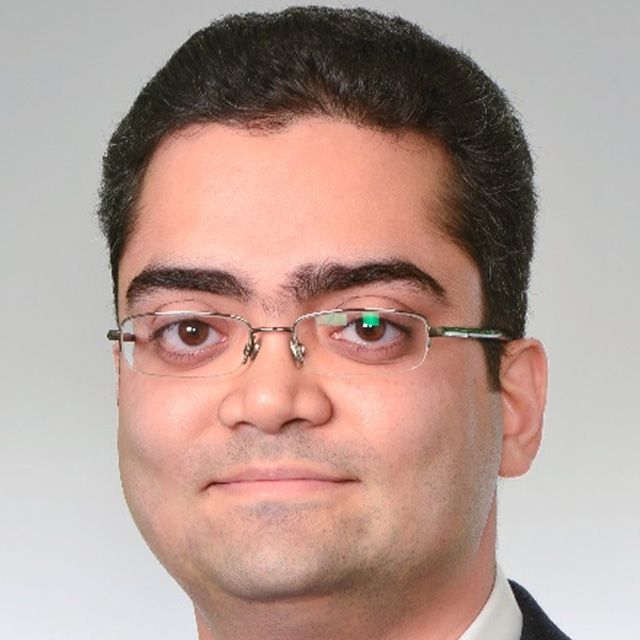
Sumit Tandon
MathWorks
Sumit Tandon has been at MathWorks for over 14 years, advising MATLAB users in the industry and academia in various technical domains. Currently he leads a team of engineers and scientists who partner with higher ed and research institutions in the western US and Canada as well as Latin America, with a focus on student and research success. He also serves on the industry advisory boards of multiple universities in the University of California and California State University systems, and supports their initiatives related to industry-academia collaboration. Sumit has a B.E. in electrical engineering from Jadavpur University, India, and an M.S. in electrical engineering from the University of Texas at Arlington.
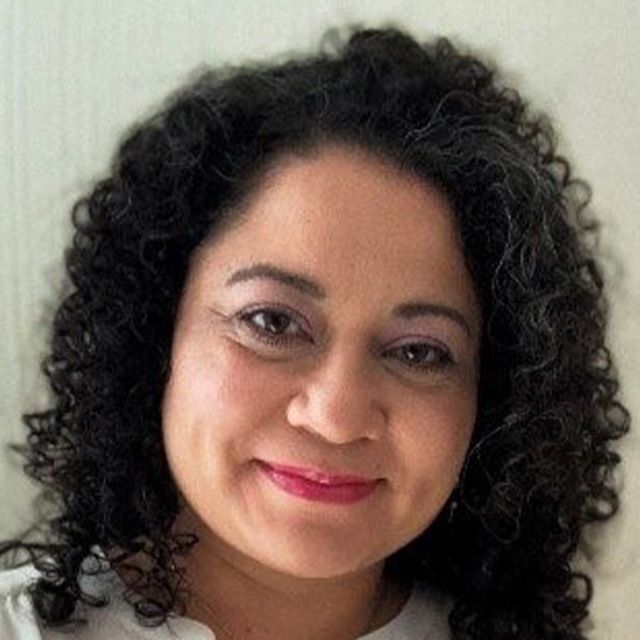
María Elena Gavilán Alfonso
MathWorks
María Elena Gavilán Alfonso is a technical marketing manager for education and research at MathWorks. She uses her technical expertise to support projects that seek to increase the use and adoption of MATLAB and Simulink in academic and research institutions worldwide. María has extensive experience in numerical simulation projects in the automotive and aerospace industries, particularly in aerodynamics, aeroacoustics, and control systems. She also has previous industrial experience in computer vision. Her areas of interest currently focus on autonomous vehicles and flight dynamics and control. María received her undergraduate degree in physics from the National University of Colombia, her master’s degree in aerospace engineering from Purdue University, and her MBA from the University of Illinois.

Graham Dudgeon
MathWorks
Graham Dudgeon is principal product manager for electrical technology at MathWorks. Over the last two decades, Graham has supported several industries in the electrical technology area, including aerospace, marine, automotive, industrial automation, medical devices, and power and utilities, with an emphasis on system modeling and simulation, control design, real-time simulation, machine learning, and data analytics. Prior to joining MathWorks, Graham was senior research fellow at the Rolls-Royce University Technology Centre in Electrical Power Systems at the University of Strathclyde in Scotland, UK.
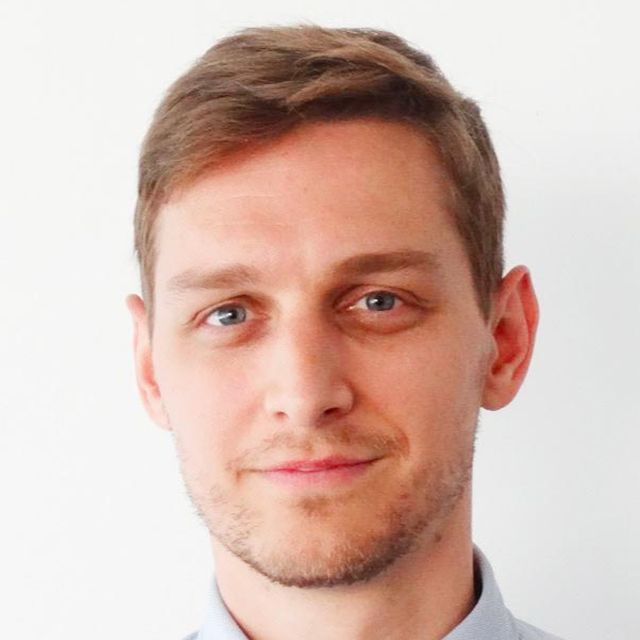
Yann Debray
MathWorks
Yann Debray is a MATLAB product manager focusing on the use of MATLAB with Python. Prior to joining MathWorks in 2020, he worked in the field of open source scientific computing since 2014. He holds an engineering master’s degree from the Arts et Métiers ParisTech engineering school.
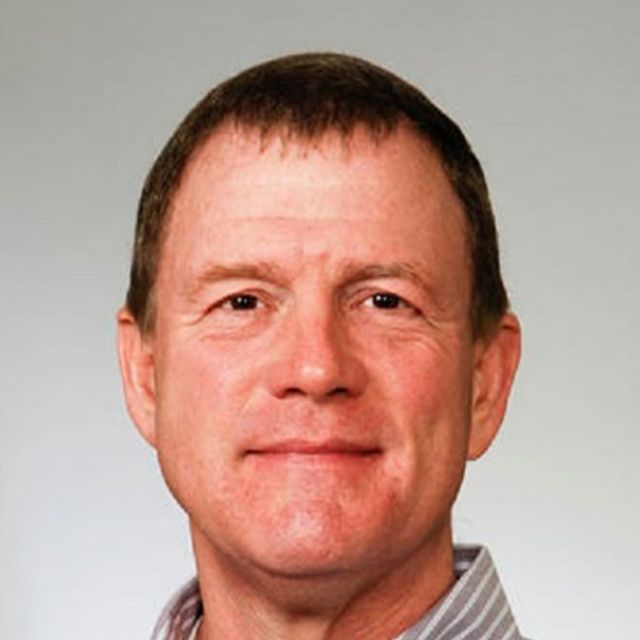
David Garrison
MathWorks
David Garrison is a MATLAB product manager focusing on the MATLAB language, MATLAB core data types, and external interfaces. David has had previous product management responsibility for MATLAB graphics and app building and for the MATLAB desktop, Editor, and Live Editor. Prior to joining MathWorks, he held product management positions at Aspen Technology, Netegrity, and BEA Systems. David has a master‘s degree in chemical engineering and a master‘s degree in mathematics from Vanderbilt University.

Dr. Michelle Hirsch
MathWorks
Michelle Hirsch is the head of product for MATLAB at MathWorks. She drives overall strategy, direction, and messaging for MATLAB and is a principal design coach for MATLAB programming interfaces. Michelle regularly presents on everything from the latest MATLAB features to how to develop inclusive workplaces for transgender people in tech. Prior to joining MathWorks in 2000, Michelle was an acoustician for Boeing. She holds a B.S. in physics and mathematics from the College of William and Mary, an M.S. in acoustics from the Pennsylvania State University, and a Ph.D. in mechanical engineering from the University of Delaware.

Jianghao Wang
MathWorks
Jianghao Wang leads the AI education initiatives in North America at MathWorks. In her role, Jianghao collaborates with educators and researchers and supports their AI projects. Before joining MathWorks, Jianghao obtained her Ph.D. in statistical climatology from the University of Southern California and B.S. in applied mathematics from Nankai University.
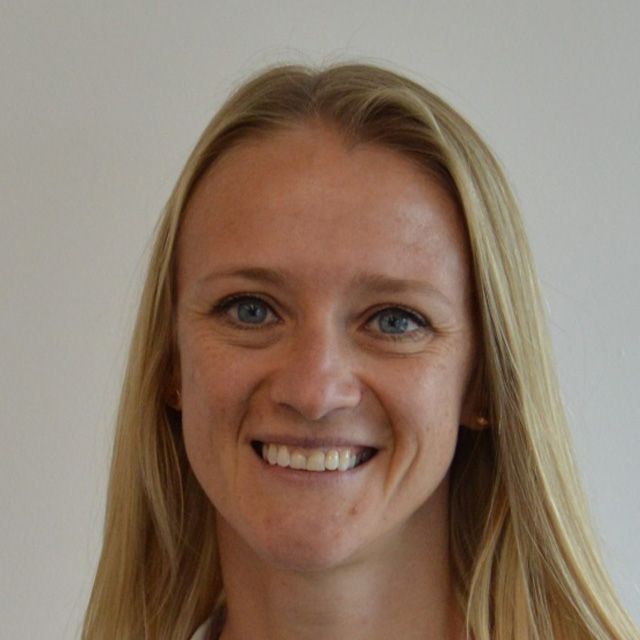
Julia Hoerner
MathWorks
Dr. Julia Hoerner is the AI academic liaison manager at MathWorks in Cambridge, UK. She supports members of European universities in all AI-related aspects in MATLAB. Julia has a background in engineering, renewable energy, and energy consumption. She holds a Ph.D. degree in offshore wind from the University of Hull and worked on energy forecasting using deep learning at the University of Reading.

Dr. Yvonne Blum
MathWorks
Dr. Yvonne Blum is a senior consultant at MathWorks. She has also worked as a senior training engineer at MathWorks and postdoctoral researcher at the Royal Veterinary College, University of London. Yvonne earned a Ph.D. in biomechanics and a diplom (equivalent to M.Sc.) in physics from the University of Jena.
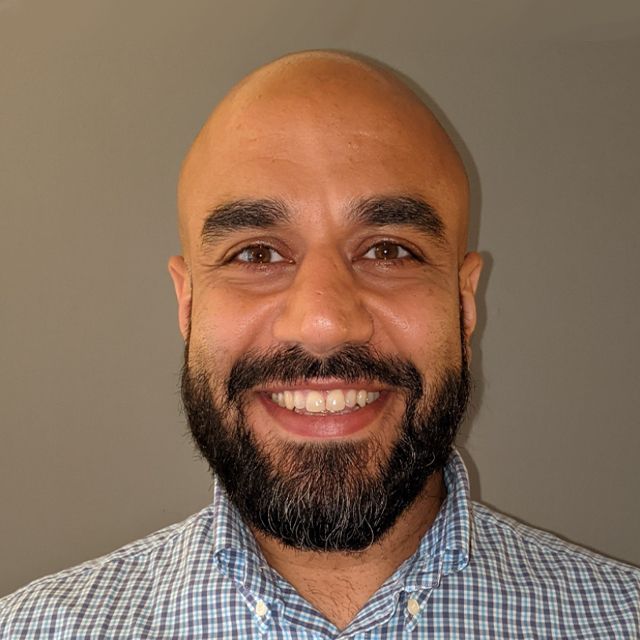
Babak Memarzadeh
MathWorks
Babak Memarzadeh is a senior product marketing manager at MathWorks focusing on tools that support radar applications. Prior to joining MathWorks, Babak was a principal systems engineer at Geophysical Survey Systems, a ground-penetrating radar manufacturing company, where he worked on projects ranging from MIMO radars for real-time 3D subsurface imaging to localizing ground-penetrating radars for autonmous vehicles. Babak received his Ph.D. in electrical and computer engineering from Northeastern University, where his research was focused on electromagnetic metamaterials and metasurfaces for wave manipulation. His research resulted in a number of peer-reviewed articles and a US patent to contribute to the advancement of technology in the field of electromagnetics and optics.
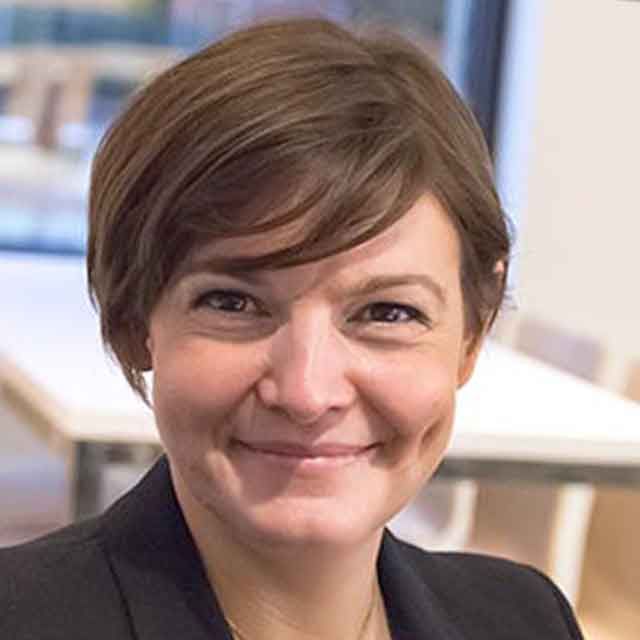
Giorgia Zucchelli
MathWorks
Giorgia Zucchelli is the product manager for RF and mixed-signal at MathWorks. Before moving to this role in 2013, she was an application engineer focusing on signal processing and communications systems and specializing in analog simulation. Prior to joining MathWorks in 2009, Giorgia worked at NXP Semiconductors on mixed-signal verification methodologies and at Philips Research developing system-level models for innovative communications systems. Giorgia has a master's degree in electrical engineering and a doctorate in electronics for telecommunications from the University of Bologna.

Kirsten McCane
MathWorks
Kirsten McCane is an industry manager at MathWorks in Washington, D.C., as a member of the Aerospace and Defense team. He focuses on strategies and solutions in areas such as digital engineering, multifunction radar systems, and modular open systems approaches. Kirsten graduated from the University of Pittsburgh with a B.S. in computer engineering in 2007 and an M.S. in electrical engineering in 2009. He joined Northrop Grumman upon graduation, where he worked for 12 years on software solutions for multifunction sensor systems. While at Northrop Grumman, he received his MBA from the University of Maryland in 2017.
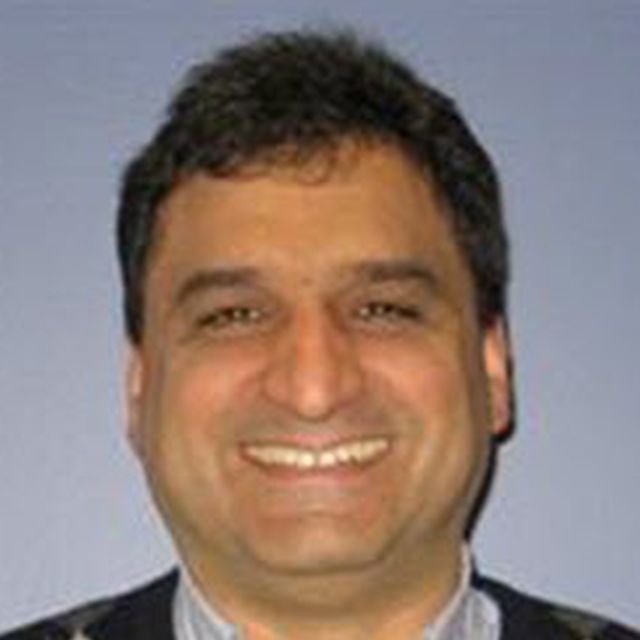
Houman Zarrinkoub
MathWorks
Dr. Houman Zarrinkoub is a senior product manager at MathWorks responsible for wireless communications products. During his 22-year tenure at MathWorks, he has also served as a development manager and has been responsible for multiple signal processing and communications software tools. Prior to MathWorks, he was a research scientist working on mobile and voice coding technologies in the Wireless Group at Nortel Networks. He has been awarded multiple patents on topics related to computer simulations of signal processing applications. Houman is the author of the book Understanding LTE with MATLAB: From Mathematical Modeling to Simulation and Prototyping. He holds a B.Sc. degree in electrical engineering from McGill University and M.Sc. and Ph.D. degrees in telecommunications from the University of Quebec, in Canada.
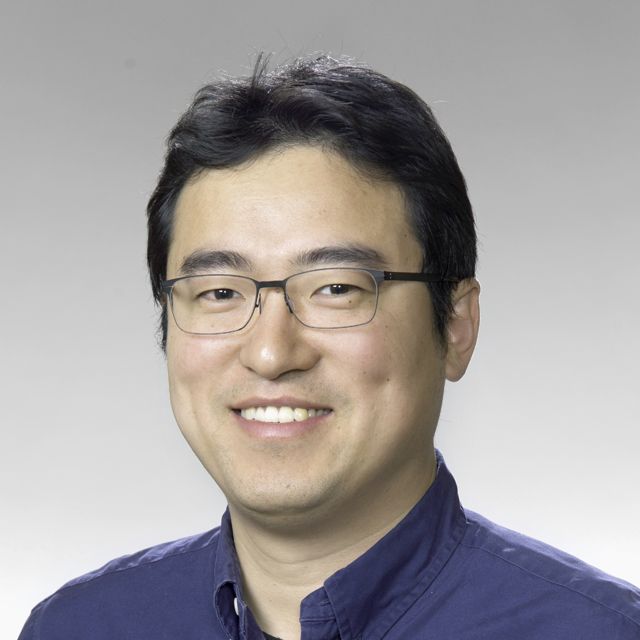
John Wang
MathWorks
John Wang is a wireless industry manager at MathWorks responsible for the communications, electronics, and semiconductor segments. He is focused on product and workflow adoption for wireless communications (5G, LTE, Wi-Fi), RF, and antenna applications. Prior to joining MathWorks, John managed the Wi-Fi product business at Quantenna Communications. John has a Ph.D. degree in electrical engineering from the University of California, Santa Cruz, and a bachelor's degree in electrical engineering from Peking University.
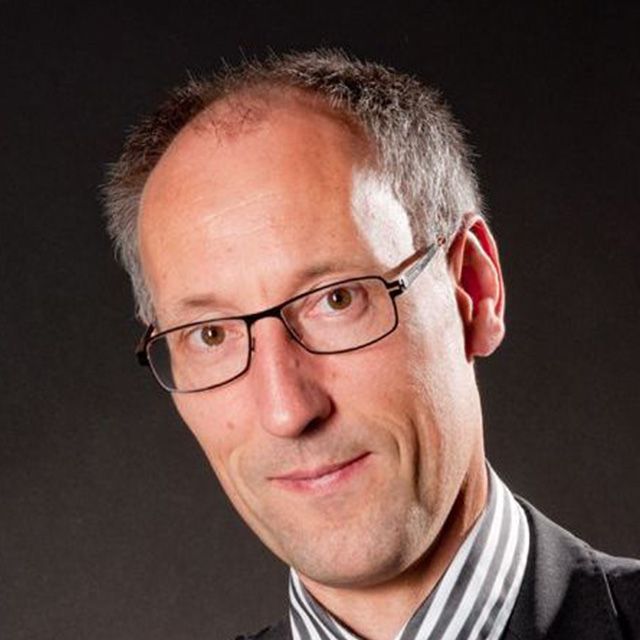
Dr. Holger Huitenga
MAN Energy Solutions SE
Dr. Holger Huitenga is a development engineer, gas turbines, at MAN Energy Solutions. Previous roles include combustion engineer at MAN Energy Solutions and development engineer, steam turbines, at Siemens Power Generation. Holger holds a Dipl.-Ing. degree in mechanical engineering from Rheinische Fachhochschule Köln, a Dipl.-Ing. degree in turbomachinery from Ruhr-Universität Bochum, and a Dr.-Ing. degree in heat and mass transfer from Ruhr-Universität Bochum.
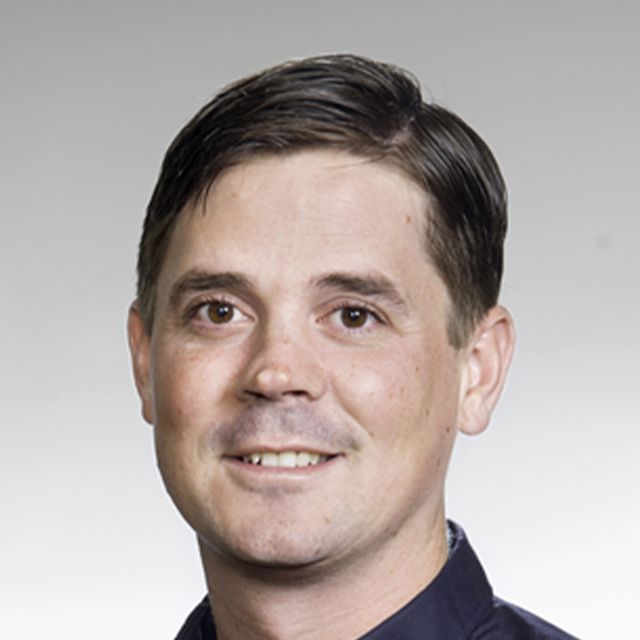
David Willingham
MathWorks
With over 17 years of experience at MathWorks, David Willingham is currently leading the quantitative finance team in North America. Previously, he served as principal deep learning product manager, collaborating with users and developers to build out and deliver on MathWorks AI product strategy. Prior to that, David spent a decade as a senior applications engineer in data analytics, providing technical guidance to users, particularly in the financial, energy, and mining sectors in Australia. His expertise includes machine learning, deep learning, data mining, optimization, statistics, and more. David is passionate about empowering others and is motivated by the achievements of those around him. His dedication to AI and computational finance drives his continuous pursuit of innovative solutions in this dynamic field.
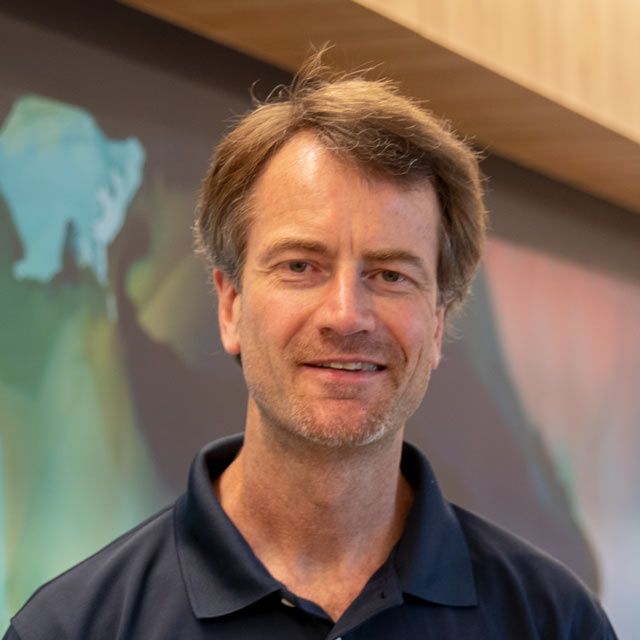
Bernhard Suhm
MathWorks
Bernhard Suhm is the product manager for machine learning at MathWorks. He works closely with customer-facing and development teams to address customer needs and market trends in MathWorks machine learning–related products, primarily Statistics and Machine Learning Toolbox. Prior to joining MathWorks, Bernhard led a team of analysts consulting with call centers on optimizing the delivery of customer service. He also held positions at a usability consulting company and Carnegie Mellon University. He received a Ph.D. in computer science specializing in speech user interfaces from Karlsruhe University in Germany.
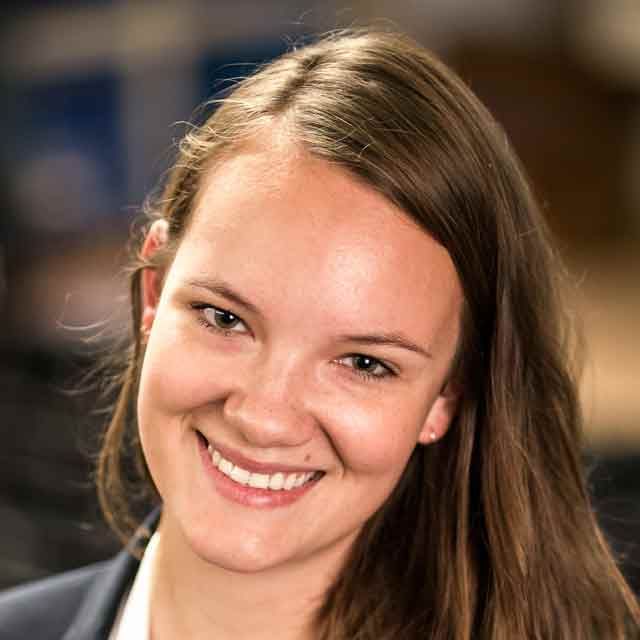
Emelie Andersson
MathWorks
Emelie Andersson is a senior application engineer working with AI workflows. She has worked at MathWorks for over five years and engaged with engineers and scientists across industries (wireless communications, automotive, industrial automation, energy and utilities, etc.) to help them tackle real-world problems with AI. Emelie holds an M.Sc. in statistics from Lund University, Sweden.
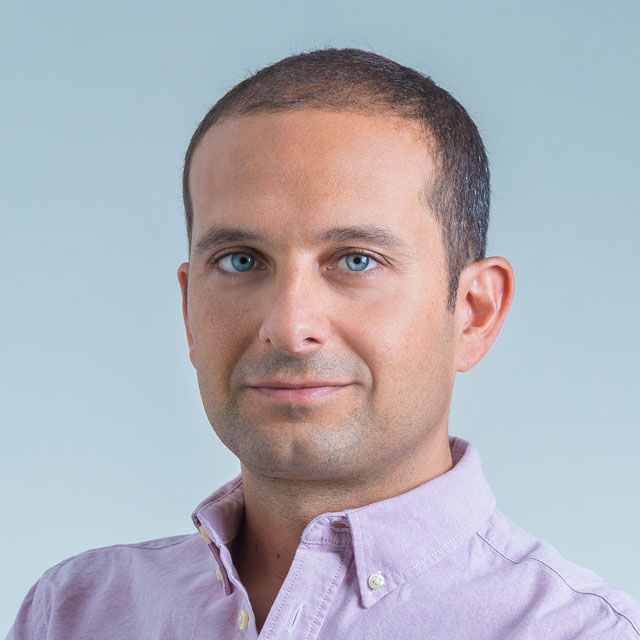
Gabriele Bunkheila
MathWorks
Gabriele Bunkheila is a product manager at MathWorks, where he coordinates the strategy of MATLAB toolboxes for audio and DSP. After joining MathWorks in 2008, he worked as a signal processing application engineer for several years, supporting MATLAB and Simulink users across industries, from algorithm design to real-time implementations. Before MathWorks, Gabriele held a number of research and development positions. He has a master’s degree in physics and a Ph.D. in communications engineering.
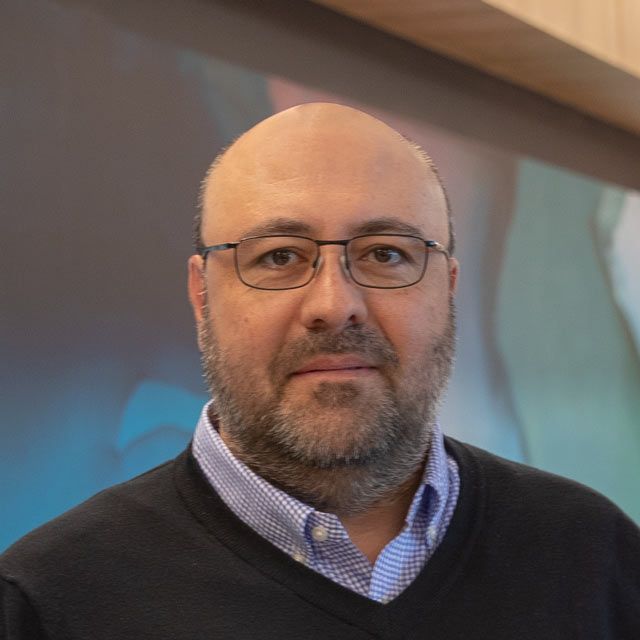
Frantz Bouchereau
MathWorks
Frantz Bouchereau is the engineering manager of the team responsible for Signal Processing Toolbox and Wavelet Toolbox at MathWorks, where he has been since 2008. He received his Ph.D. in signal processing and communications from Northeastern University, where he specialized in statistical signal processing and wireless communications.
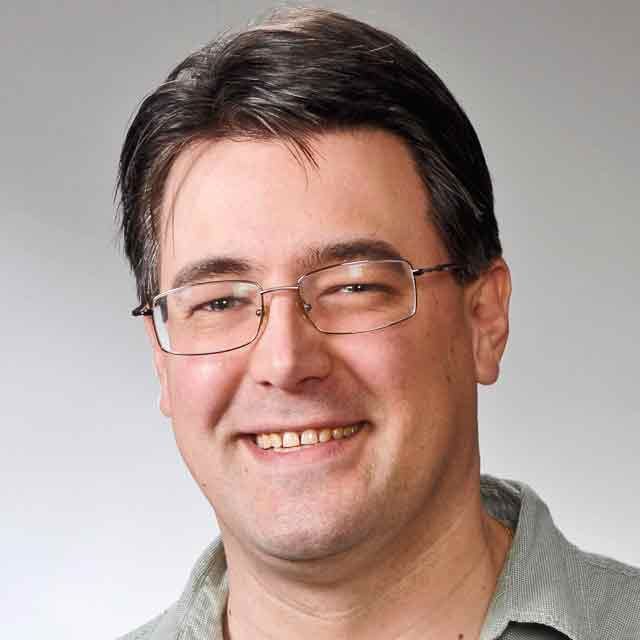
Mark Corless
MathWorks
Mark Corless is the automated driving segment manager at MathWorks, responsible for strategy planning and technology rollout. His focus is to help industry and academia leverage MathWorks tools to develop automated driving applications. Before this role, Mark was a principal application engineer focused on simulation and code generation workflows for control and signal processing applications. During this time, Mark helped customers establish workflows to develop algorithms for implementation on embedded processors and FPGAs. Before joining MathWorks in 2004, Mark was a DSP engineer at Visteon, where he designed automotive audio and receiver systems. Mark has a master’s degree in electrical engineering from the University of Michigan, Dearborn.
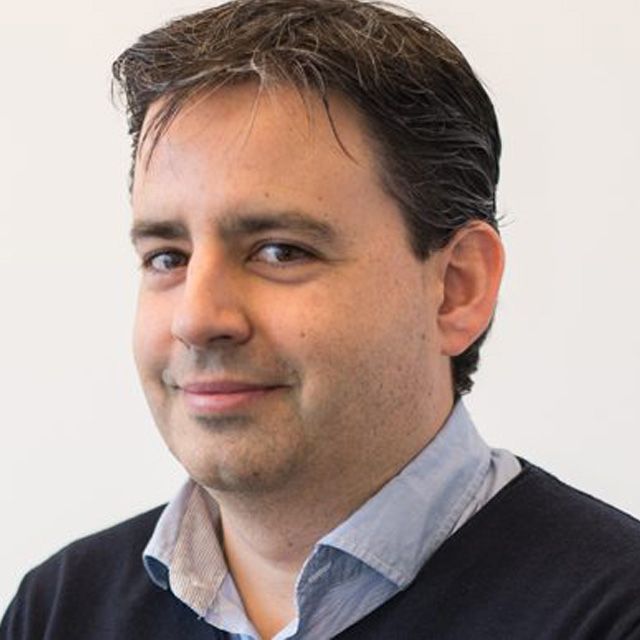
Juan Sagarduy
MathWorks
Juan Sagarduy is a senior application engineer in the control design and automation field with a focus on physical multidomain modeling and simulation. In his role, Juan provides technical expertise for successful adoption of plant modeling tools (Simscape platform) for model-based development. In recent years, he has led several initiatives within electrification for the Nordic region. Before joining MathWorks in 2011, Juan worked at the ABB Corporate Research Centre (Västerås, Sweden) in electrical machines and motion control projects. Juan holds an M.S. degree in industrial engineering (Bilbao, Spain) and a Ph.D. in electrical engineering from Cardiff University in the UK.
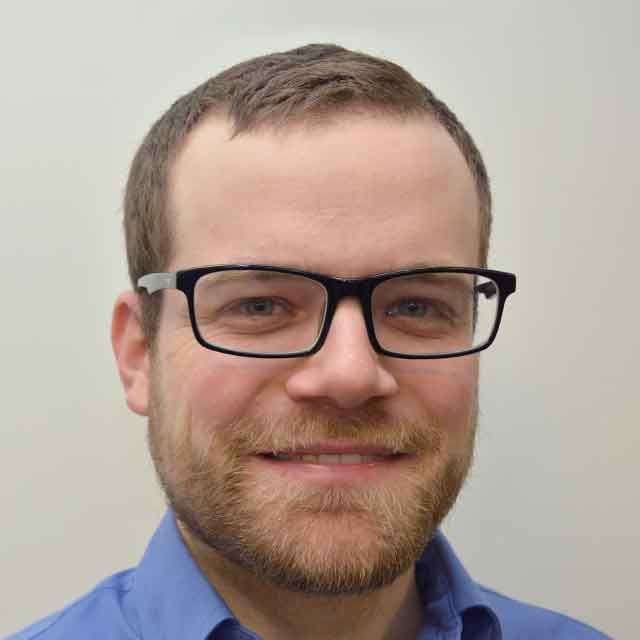
Vasco Lenzi
MathWorks
Vasco Lenzi is senior application engineer at MathWorks Switzerland. He specializes in design automation with emphasis on multidomain modeling, control design, verification, and deployment. Prior to joining MathWorks in 2016, Vasco worked as a development engineer on the modeling and simulation of engines and hydraulic systems at Liebherr Machines Bulle. Vasco also worked as a control software developer at the Institute of Dynamic Systems and Control, ETH, with active participation in Formula Student competitions. He holds a B.S. in mechanical engineering and an M.S. in energy sciences from ETH Zurich.
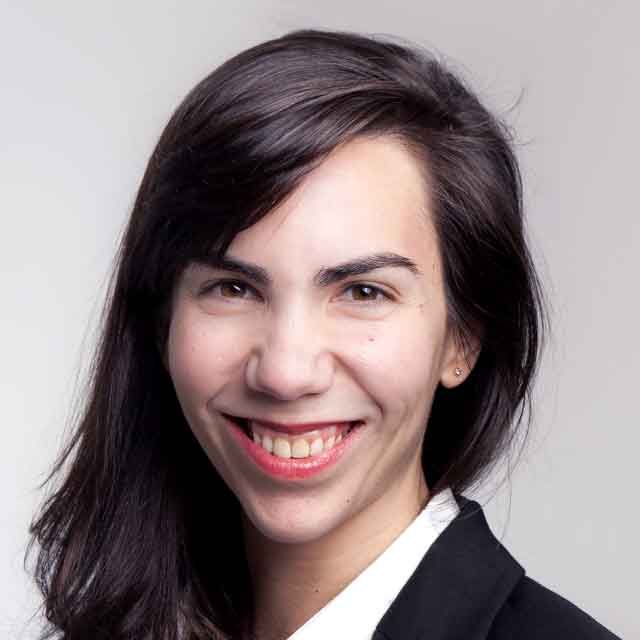
María Fernandez
MathWorks
María Fernandez is an application engineer within MathWorks, specializing in the areas of simulation, control system design, and physical modeling and verification, validation, and implementation of such systems. Before starting at MathWorks in 2019, she worked at GMV as a software developer for GNSS applications and collaborated with DLR in the exoplanetary research group. María holds a degree in aerospace engineering from Universidad Carlos III de Madrid and a master's degree in aerospace engineering from the Technical University of Delft, specializing in space exploration.
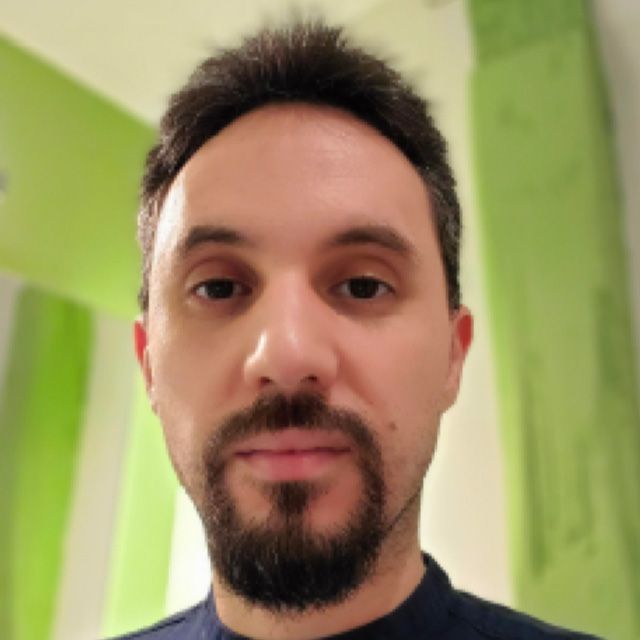
Adile Ajaja
Evlo
Adile Ajaja is the technical lead for software development at Evlo. He joined Hydro-Québec to design and deploy a VVC system and later worked on grid dynamic reconfiguration. After joining joint venture Esstalion Energy Storage, he developed their original controller and put together the team that writes the software at Evlo. Adile holds a master’s degree in electrical engineering (power systems) from McGill University and a bachelor’s degree in electrical engineering (power systems) from Concordia University.
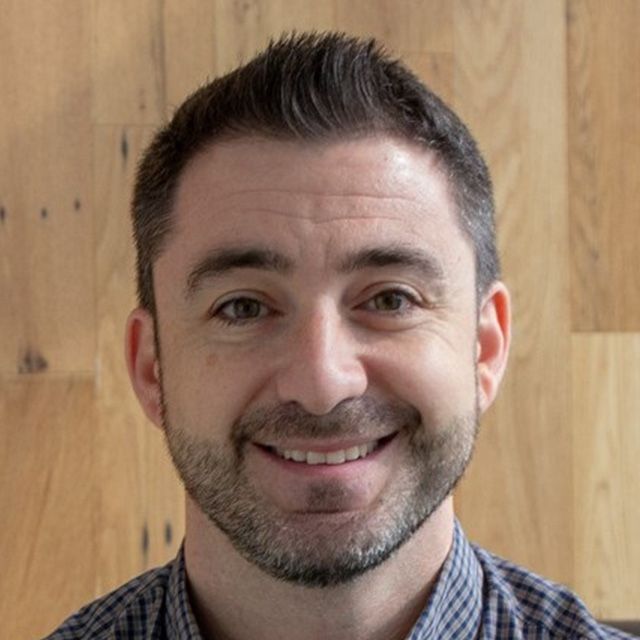
Adam Sifounakis
MathWorks
Adam Sifounakis is a MATLAB language product manager focused on software developer workflows. With over 20 years of MATLAB experience, 10 years at MathWorks, and over 5 years working directly with aerospace and defense customers, Adam helps deliver the capabilities customers need to develop powerful MATLAB applications.
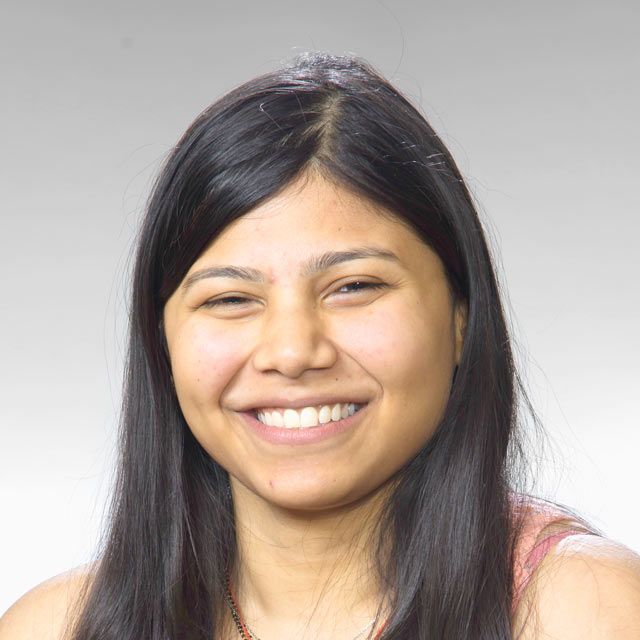
Pallavi Kar
MathWorks
Pallavi Kar is a senior application engineer at MathWorks and specializes in the area of development and deployment of data analytics algorithms using MATLAB. She works with MathWorks customers across industries such as automotive, aerospace, and industrial automation to implement and adopt artificial intelligence, predictive maintenance, big data, and IoT workflows in their projects. Pallavi previously worked as a senior member of the Advanced Technologies team at Mahindra Electric in Bangalore, where she focused on lithium-ion battery research, electric vehicle powertrain, and fleet analytics. Pallavi holds a bachelor’s degree in electronics and communication engineering and a master’s degree in renewable energy.

Javier Gazzarri
MathWorks
Javier Gazzarri has worked as an application engineer at MathWorks for 10+ years, focusing on the use of simulation tools as an integral part of Model-Based Design. Before joining MathWorks, Javier worked on fuel cell modeling at the National Research Council of Canada in Vancouver, British Columbia. He has a bachelor’s degree in mechanical engineering from the University of Buenos Aires (Argentina) and master’s and Ph.D. degrees from the University of British Columbia (Canada).
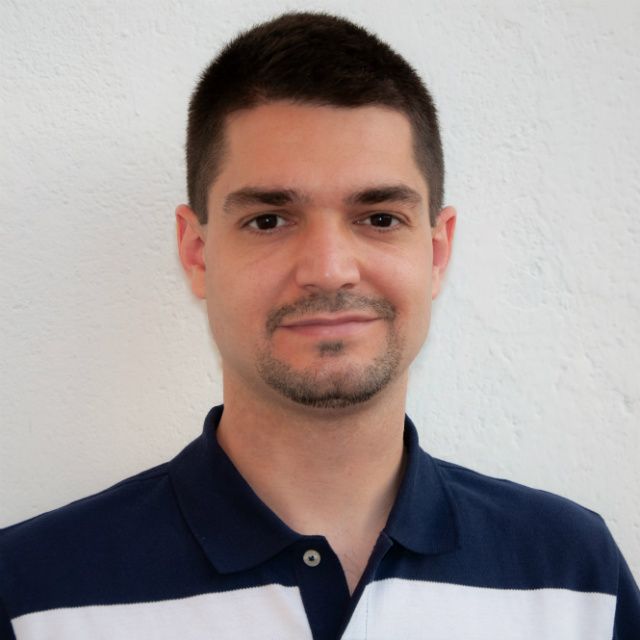
Carlos Sanchis
MathWorks
For 13 years, Carlos Sanchis he has been applying MATLAB, Simulink, and other technologies to data analytics, electronics R&D, power grid modeling, and programming at different companies. Today he is a senior member of the MathWorks Academic Group, a team of engineers consulting with the academic community and collaborating with leading institutions on innovative teaching and research projects with MATLAB and Simulink. Carlos holds an M.Sc. in industrial engineering (with majors in electronics and controls) from the Technical University of Valencia (UPV) and an MPM in project management from the La Salle Business Engineering School.
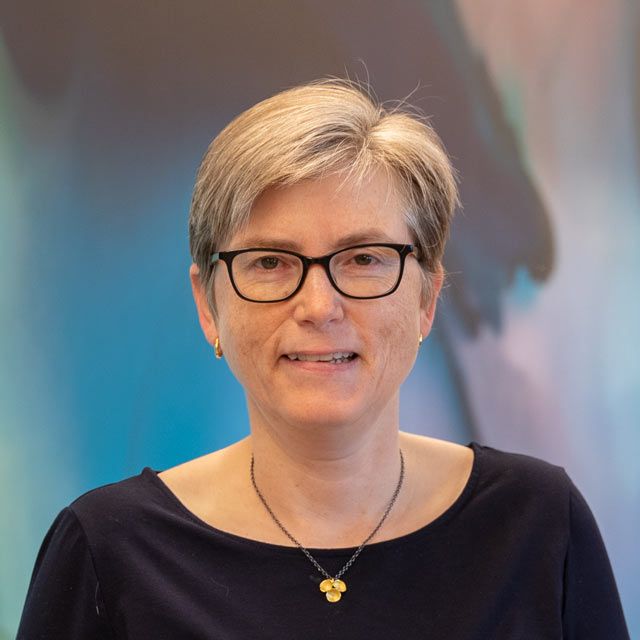
Jennifer Black
MathWorks
Jennifer Black is a development manager in the MATLAB language area, leading the team that builds object-oriented programming capabilities for MATLAB, improves object visualization and interaction, and creates mechanisms for persisting MATLAB data. Jennifer is a founding member of the MATLAB performance testing team and of several MathWorks software design and coding standards initiatives. Prior to joining MathWorks, she served as a lecturer in the College of Engineering at Northeastern University for over 15 years. Jennifer holds a Ph.D. in computer systems engineering and conducted research into the use of bi-criteria decision-making models for software testing. She also holds degrees in mathematics and operations research.
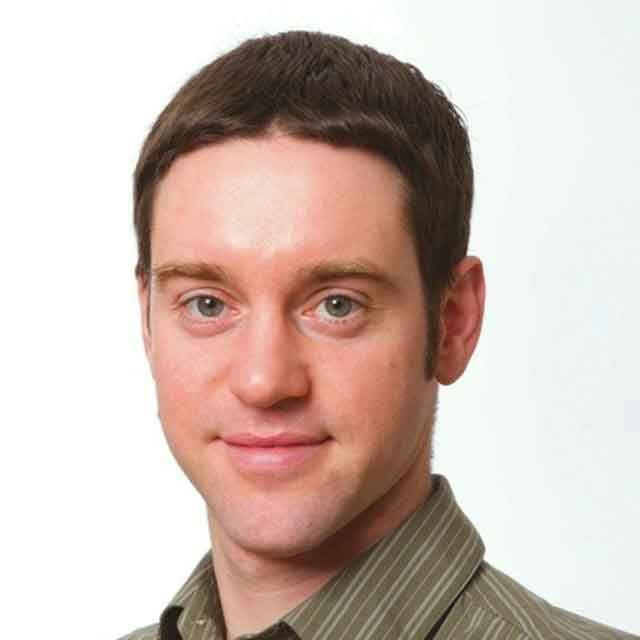
Steve Miller
MathWorks
Steve Miller is responsible for the technical marketing of the Simscape product family at MathWorks. He joined MathWorks as an application engineer in 2005 and moved to the Design Automation Product Marketing group in 2006. Prior to that, Steve worked at Delphi Automotive in braking control systems and at MSC.Software Adams consulting in various capacities at Ford, GM, Hyundai, BMW, and Audi. He has a B.S. in mechanical engineering from Cornell University and an M.S. in mechanical engineering from Stanford University.
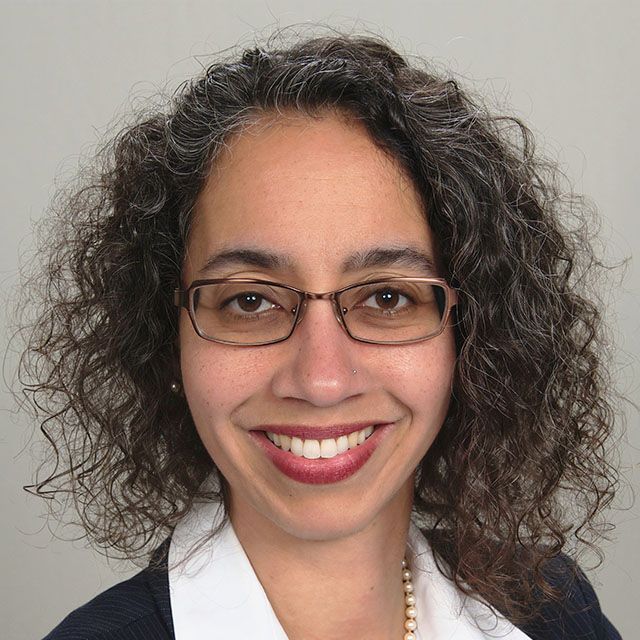
Talitha Washington
Clark Atlanta University and Atlanta University Center
Dr. Talitha Washington is the director of the Atlanta University Center Data Science Initiative, a professor of mathematics at Clark Atlanta University, and the president-elect of the Association for Women in Mathematics. As director, she oversees and provides strategic direction of data science across Clark Atlanta University, Morehouse College, Morehouse School of Medicine, and Spelman College to increase the number of African Americans with expertise in data science. Most recently, Dr. Washington was a program director at the National Science Foundation (NSF) Convergence Accelerator and was instrumental in building and establishing NSF's first HSI program. She is the recipient of the 2019 BEYA STEM Innovator Award, the 2019 Outstanding Faculty Award from Howard University, and the 2020 NSF Director's Award for Superior Accomplishment. She is a Fellow of the American Mathematical Society and the Association for Women in Mathematics.
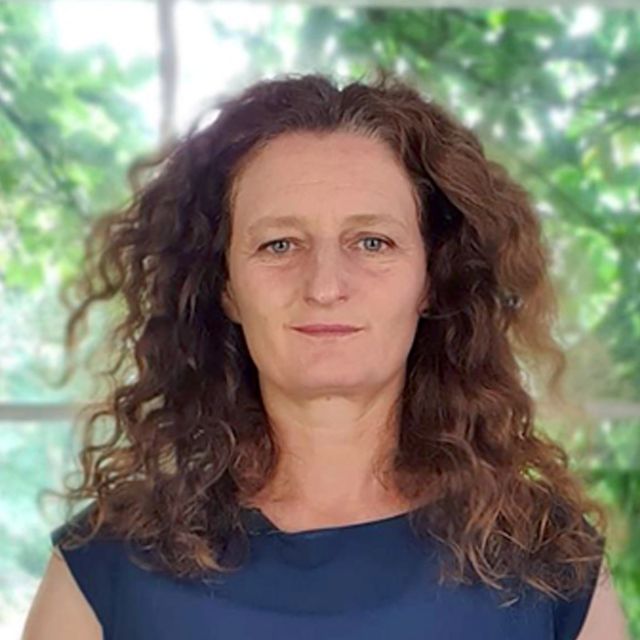
Dr. Tanya Morton
MathWorks
Dr. Tanya Morton is the worldwide director of customer success engineering for MathWorks, the maker of MATLAB and Simulink. She has worked at the forefront of innovation, engineering, and science for over 26 years, including 17 years in customer-facing roles at MathWorks and four years as a leader at a technology startup. Tanya is passionate about sustainability and supporting MathWorks customers in understanding and tackling climate change. She holds an M.A. in mathematics from the University of Oxford and a Ph.D. in mathematics and computer science from Vanderbilt University.

Dr. Heather Gorr
MathWorks
Heather Gorr is a senior product marketing manager for MATLAB, leading technical marketing content in data science, AI, deployment, and advanced MATLAB and Python programming. She has supported MATLAB users in the areas of mathematics, data science, deep learning, and application deployment since 2013. Prior to joining MathWorks, she was a research fellow focused on machine learning for prediction of fluid concentrations. Heather holds a Ph.D. in materials science engineering from the University of Pittsburgh and a Master of Science and Bachelor of Science in physics from Penn State University. She is also a musician and student at Berklee College of Music's Berklee Online, pursuing advanced music production.
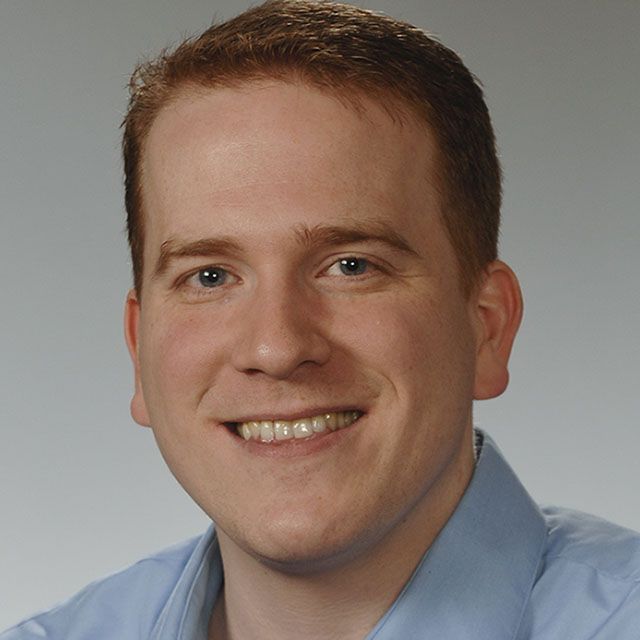
Michael Carone
MathWorks
Michael Carone is a principal product marketing manager for Simulink at MathWorks, focusing on ways to bring Model-Based Design to the cloud. His background is in mechanical engineering and engineering design methodologies. He previously worked as an industry marketing analyst and product marketing manager for Stateflow. Michael has a master of science from the Georgia Institute of Technology and a bachelor of science from Lehigh University, both in mechanical engineering.
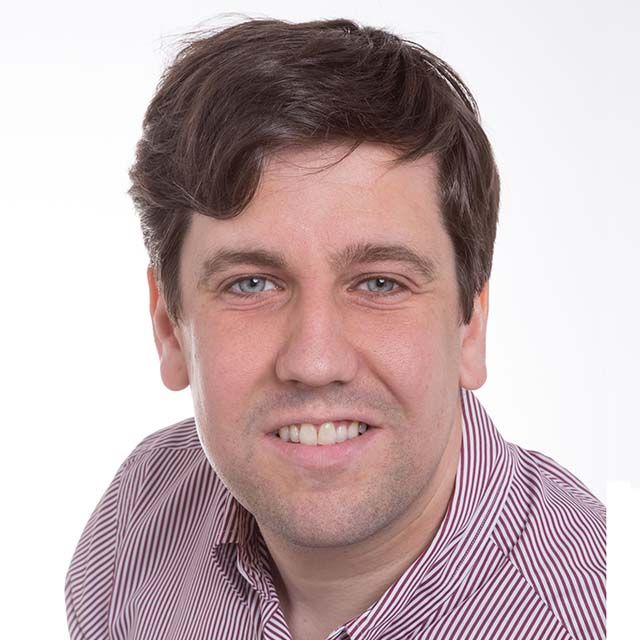
Jonathan Cooper
Rolls-Royce
Jonathan Cooper is Rolls-Royce‘s group head of system and software, the largest engineering function in the company. He also served as the company’s chief of research and technology. He holds a master of science degree in thermodynamics and fluid mechanics from Cranfield University.
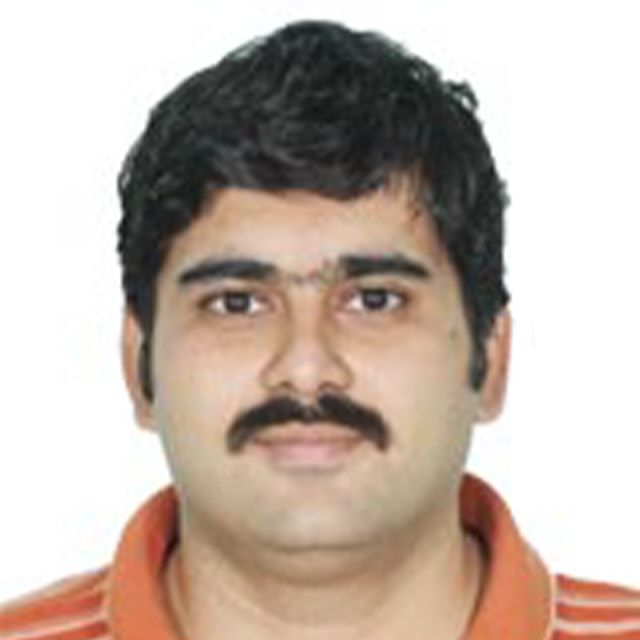
Kaushal Buch
Giant Metrewave Radio Telescope, NCRA-TIFR
Kaushal Buch has been a senior engineer in the Backend Group at the Giant Metrewave Radio Telescope (GMRT), a unit of the Tata Institute of Fundamental Research, since 2009. His primary areas of work include simulation, design, optimization, and implementation of signal processing systems on FPGA platforms. He works on radio frequency interference mitigation algorithms and multi-beam focal plane array beamformer development and commissioning for the GMRT. Prior to GMRT, he worked as an ASIC engineer with eInfochips, Ltd. Kaushal earned a master of technology (research) degree in electronics from S.V. National Institute of Technology, and a bachelor of engineering degree in electronics and communication from Nirma Institute of Technology. He is a fellow of IETE, India, and a senior member of IEEE-USA and URSI, Belgium.
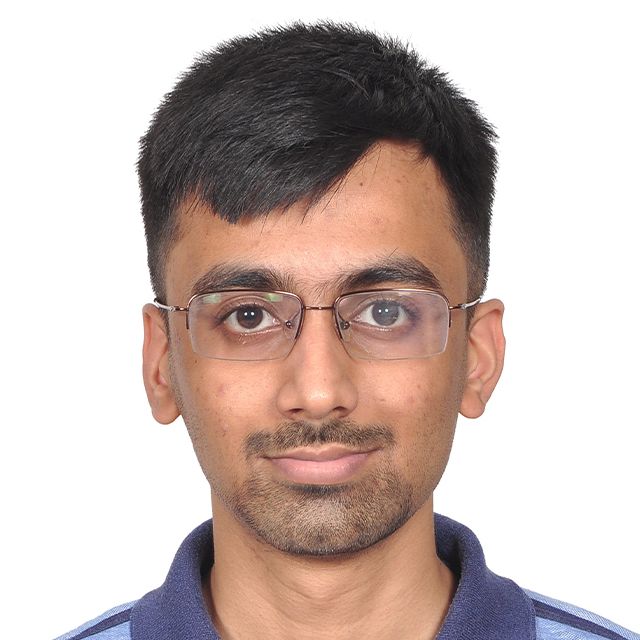
Sreekar Sai Ranganathan
Indian Institute of Technology Madras
Sreekar Sai Ranganathan is a senior-year student of electrical engineering at IIT Madras. He has worked on implementation of the system-level simulation of the FPA for the eGMRT as an NIUS scholar, selected by the HBCSE, TIFR. He has also previously worked on antenna array design, electromagnetics, optics, optimization, and imaging, and is interested in pursuing research in these areas.
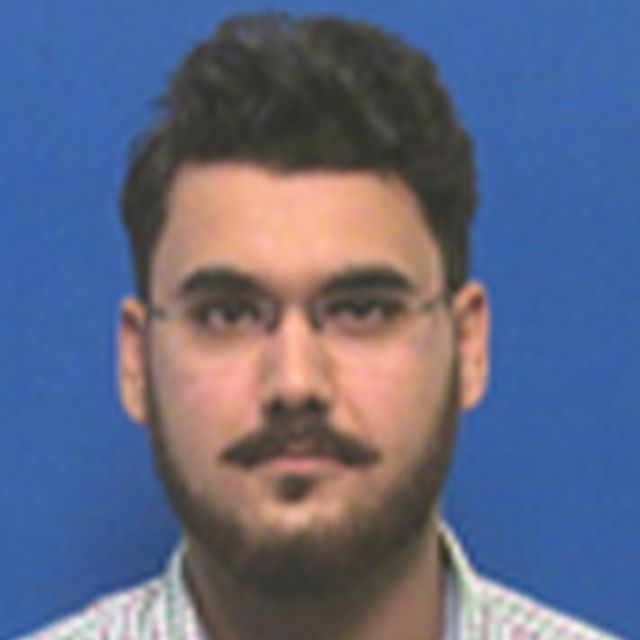
Gaurav Seth
Space Applications Centre, ISRO
Gaurav Seth joined Space Applications Centre, ISRO, in 2014. He is working on a PolSAR proposal for Venus and hardware development of P-band airborne SAR. He also worked on system design and checkout of synthetic aperture radar payloads for Earth observation as well as planetary sciences. His major contributions were in the development of Dual Frequency SAR (DFSAR) for the Chandrayaan-2 mission and X-Band SAR payloads for the RISAT-2B constellation. Gaurav completed his B.Tech. in physical sciences from IIST Thiruvananthapuram.
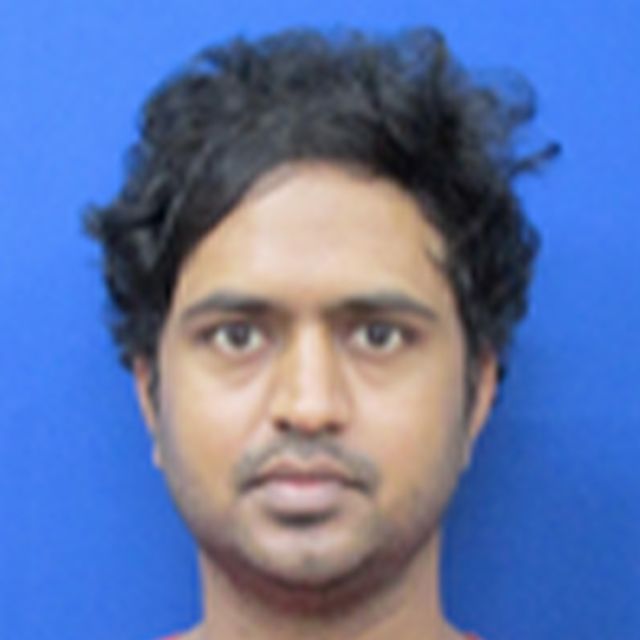
Pramod Sharma
Space Applications Centre, ISRO
Pramod Sharma is working at the Space Applications Centre, ISRO, as a scientist ‘SD’. He is involved in microwave sensor system design, simulations for SAR-related projects for airborne and spaceborne payloads, and hardware development of P-band ASAR. He joined the Space Applications Centre, ISRO, in 2014 as a scientist ‘SC’. He was posted in the Microwave Sensors and Systems Division and has been responsible for payload data processing and analysis as part of on-ground payload checkout activities for SAR-related projects. He was an active contributor to key S-band SAR in the NISAR project and has expertise in signal processing. Pramod completed his B.Tech. in electronics and telecommunication from NIT Raipur.
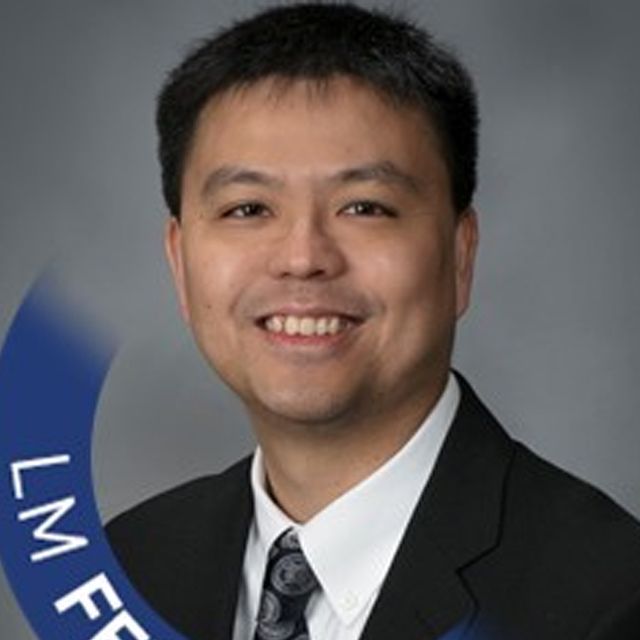
Ambrose Kam
Lockheed Martin Rotary and Mission Systems
Ambrose Kam is a chief engineer/fellow at Lockheed Martin, focusing in the areas of cyber, 5G, quantum, AI/ML, blockchain/DLT and cryptography. His previous positions include manager (operations analysis), chief technologist (solar/renewable energy), and senior staff engineer. Ambrose earned an Innovative Technology Leader (ITL) certificate from Stanford Graduate School of Business, Executive Education. He received dual master’s degrees in system engineering and management from MIT, an M. Eng. degree in mechanical engineering from Cornell University, and a B.S. in mechanical engineering from the University at Buffalo. Ambrose received the Asian American Engineer of the Year (AAEOY) Award in 2017.
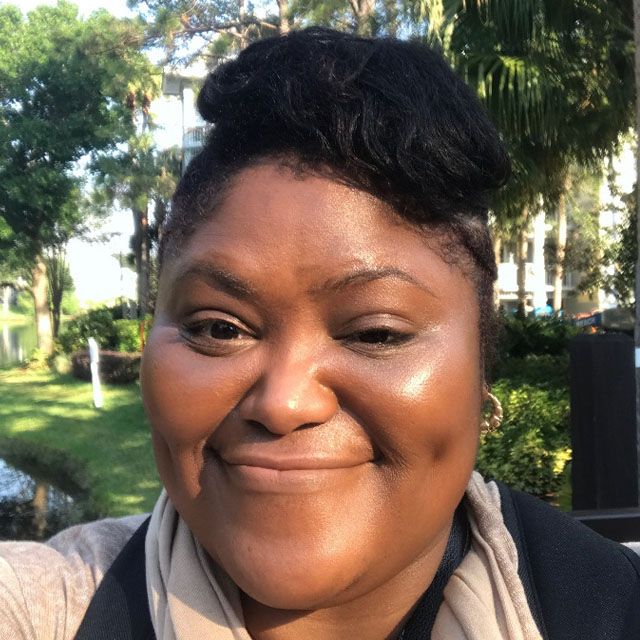
Louvere Walker-Hannon
MathWorks
Louvere Walker-Hannon is a MathWorks application engineering senior team lead who provides strategic direction and technical guidance to application engineers and customers regarding image processing, computer vision, machine learning, deep learning, geospatial analysis, artificial intelligence, and data science. A prominent theme in her career is communication of technical concepts to various audiences and being involved with STEM education. As a program presenter, Louvere was the lead educator of STEM topics for Cahners Computer Place within the Boston Museum of Science. Louvere volunteers with Black Girls CODE, the National Society of Black Engineers (NSBE), the Society of Women Engineers (SWE), and Women in Data Science (WiDS). She became a WiDS Ambassador in 2022 and has presented at many STEM conferences. Louvere has a bachelor's degree in biomedical engineering and a master's degree in geographic information technology with a specialization in remote sensing.
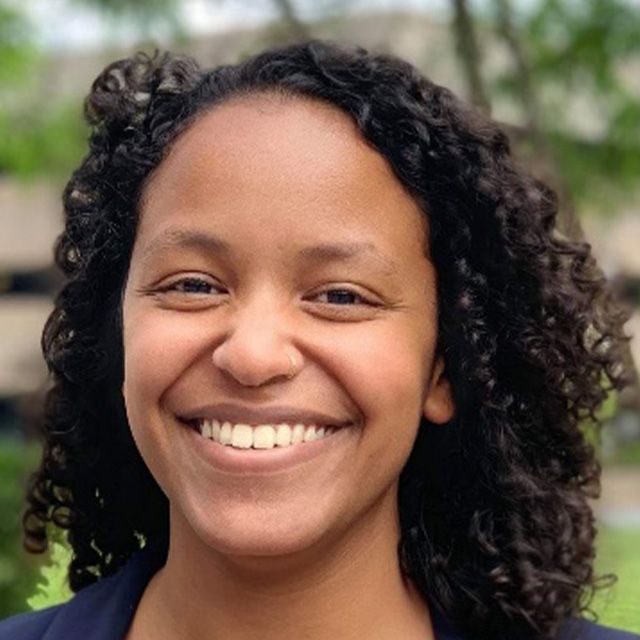
Sarah Mohamed
MathWorks
Sarah Mohamed is a software engineer at MathWorks, working in the Statistics and Machine Learning Group on deep learning. Her team builds tools that enable scientists and engineers to exchange deep neural networks between MATLAB and other tools, such as ONNX and TensorFlow. She has also worked as a customer-facing application support engineer, helping engineers to investigate and overcome technical challenges in their own machine and deep learning applications. Sarah loves teaching and building tech that empowers women to tackle tough problems in a fun and engaging way. She has delivered workshops at Grace Hopper Celebration, Women in Data Science, and Open Data Science Conference. Sarah holds dual bachelor’s degrees in computer science and biology from the University of Virginia and a master's degree in computational science and engineering from Harvard University.
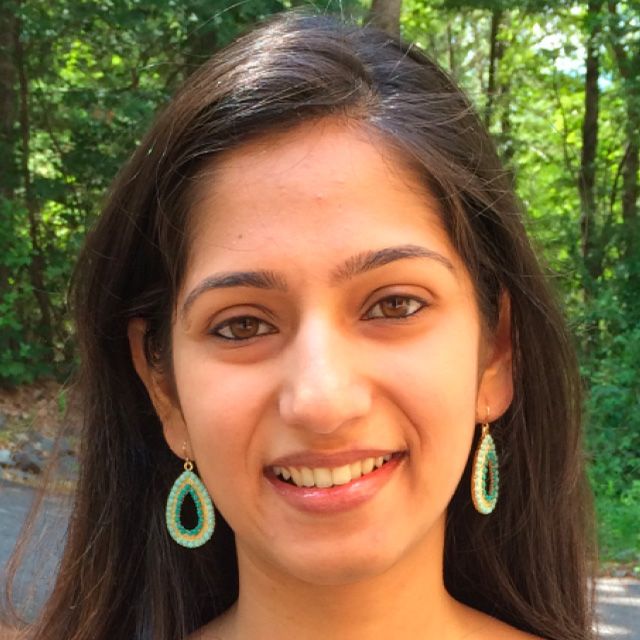
Shruti Karulkar
MathWorks
Shruti Karulkar is the quality engineering manager for test and measurement and MATLAB hardware at MathWorks. Her team designs and implements cutting-edge tools to qualify MATLAB and Simulink support for hardware ranging from Arduino/Raspberry Pi/iOS to RF signal generators. Shruti is a STEM mentor and STEM ambassador for MathWorks. She has helped teach maker classes, Fun with Arduino and Fun with Raspberry Pi, to hundreds of attendees. Shruti was a speaker at GHC18, GHC19, and GHC20, delivering popular hands-on AI workshops. She was also a part of the team that delivered these workshops at WECode 2019 and 2020, the largest student-run Women in Computer Science conference in the US. In addition, Shruti delivered hands-on workshops virtually at Open Data Science (ODSC East 2021), MATLAB EXPO (2021), and Women in Data Science (WiDS 2021).
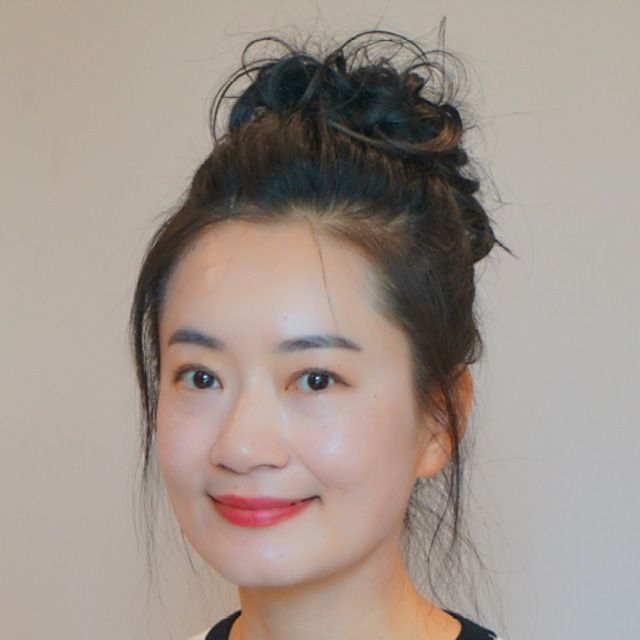
Christine Zhang
Qualcomm Technologies, Inc.
Dr. Christine Zhang is a principal engineer at Qualcomm Technologies, Inc. She joined the Qualcomm WLAN Systems team in 2011. She is the technical lead of the Wi-Fi Location and Sensing Technologies. She leads systems, hardware, software, and testing to own the design, development, implementation, and validation of the technologies across all Wi-Fi chipsets and products. She is an inventor with over 270 filed US and international patents, in which over 160 patents are granted. Her innovations have contributed to the enablement of a new era of connected user experiences using Qualcomm Technologies. She received her Ph.D. degree in wireless communications from Peking University, China in 2009. She is a 2020 YWCA Silicon Valley Tribute to Women Honoree, an award honoring exceptional women leaders in Silicon Valley.
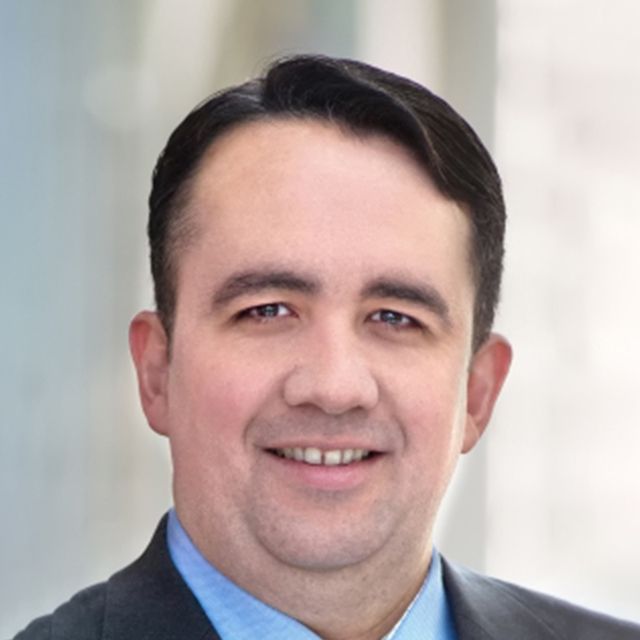
Fabrício Dourado
Rohde & Schwarz
Fabrício Dourado works in R&S Application Development at Rohde & Schwarz, focusing on 5G-NR, automotive radar, and over-the-air (OTA) testing. His specialties include mobile radio test and remote control for production test, radar components, transceiver module test, performance differentiated radio front-ends (RFFE), component test up to 500GHz, and multiport network analysis. Fabrício joined Rohde & Schwarz (R&S) in 1996 and worked in various roles of test and measurement product marketing and technical support covering customers in Europe, Americas, and Asia. He primarily focused on Asia from 2001 to 2019, regularly meeting customers and system integrators, sharing experiences, and involving them in the R&S process to further develop products and automated test systems.
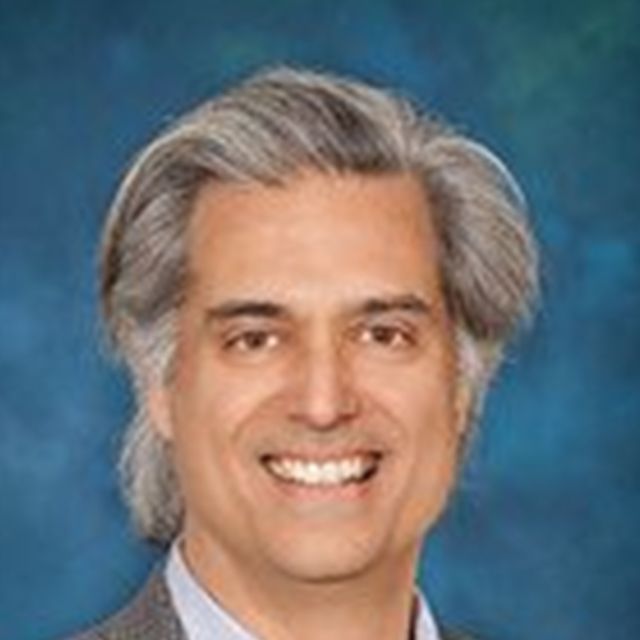
Luc F. Langlois
Avnet
Luc F. Langlois is director of products and emerging technology at Avnet, a leading technology solutions provider in 25 countries across North America, Europe, and Asia. His focus is on Xilinx RFSoC-based development platforms for digital signal processing in wireless communication, satcom, radar, and RF instrumentation. He began his career at the Hydro Québec Research Institute, Numerical Analysis Group, designing power system models and load flow study tools back when Fortran-77 was state of the art. He was an independent engineering consultant during the internet boom, focusing on digital audio before joining Memec-InSight as a Xilinx field applications engineer in 2000. Luc received his B.S.E.E. from École Polytechnique de Montréal and also holds a B. Mus. in music performance from Université de Montréal.
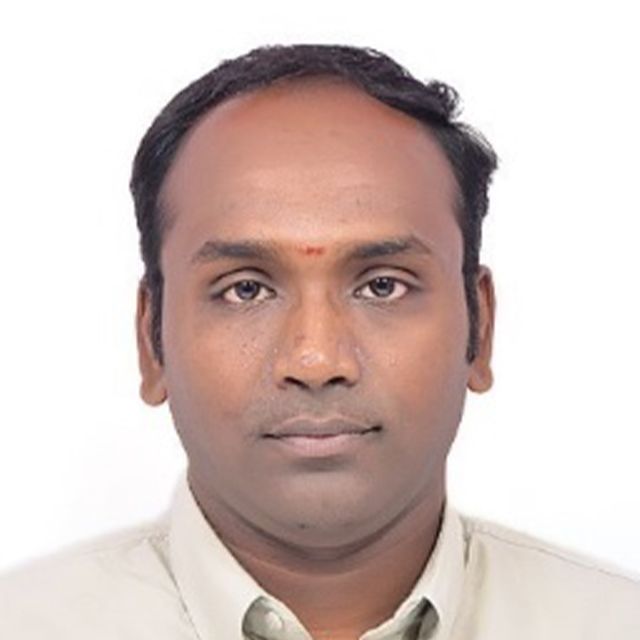
Ramakrishnan R
Bosch Global Software Technologies Private Limited
Ramakrishnan R. is a senior software expert at Bosch Global Software Technologies Private Limited. He has also held roles as a L4 ADAS software and system architect, safety expert for automotive systems, and software and system developer for weapons systems.
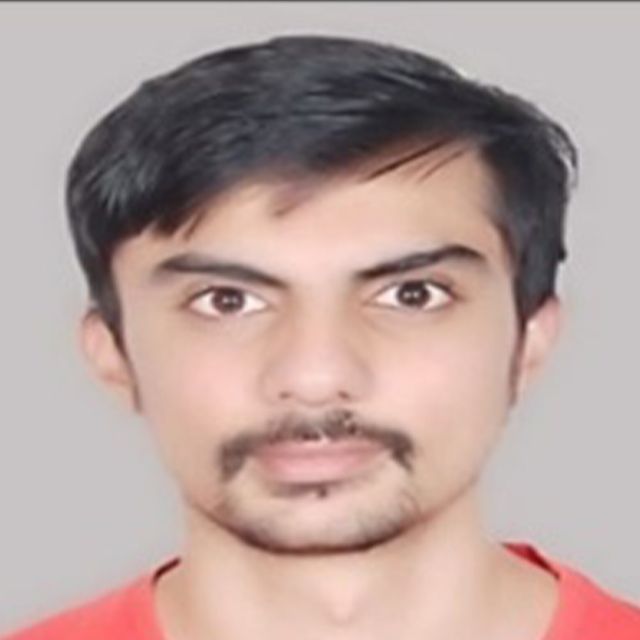
Porwal Rahul Vikram
Bosch Global Software Technologies Private Limited
Porwal Rahul Vikram is an AI and lidar developer and function developer at Bosch Global Software Technologies Private Limited.
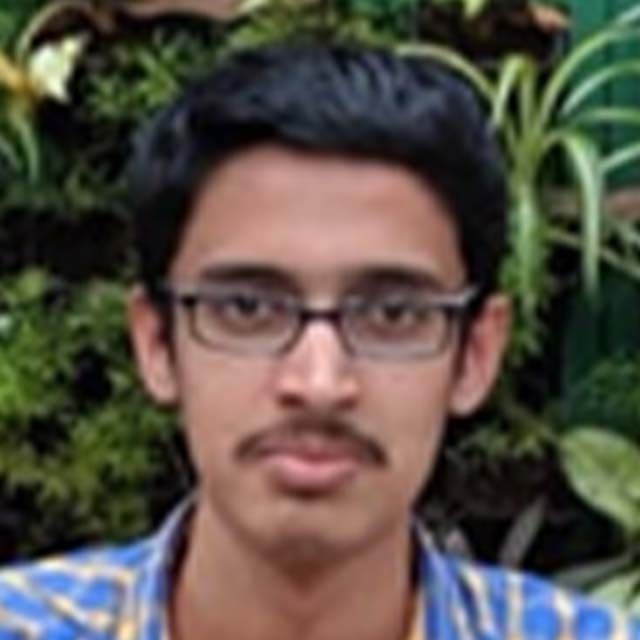
Kadengodlu Uthama
Bosch Global Software Technologies Private Limited
Kadengodlu Uthama is a senior software engineer and software developer for L4 ADAS systems at Bosch Global Software Technologies Private Limited.
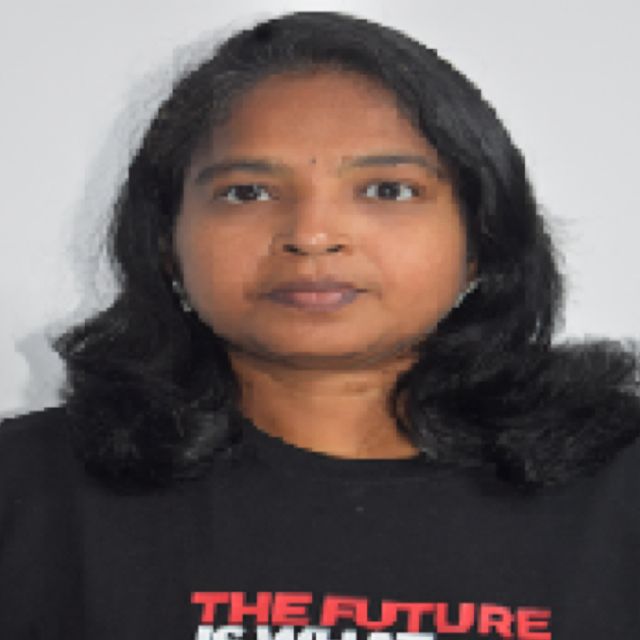
Vasantha Paulraj
Honeywell
Vasantha Paulraj is a lead embedded engineer at Honeywell Aerospace and the technical leader for the Speech Integrated Product Development team in the Voice Activated Flight Deck program. Her work is instrumental in maturing speech recognition systems for cockpits and taking avionics speech recognition into productization. Her experience includes diversified technology, end-to-end embedded product development, research, and maturing advanced technologies for HBT, HPS, and aerospace companies. Vasantha earned a B.E. degree from Tirunelveli College of Engineering, India. Her awards include the Honeywell Top Flyer Award, Honeywell Technology and Innovation Award, and Honeywell Outstanding Engineer Award.
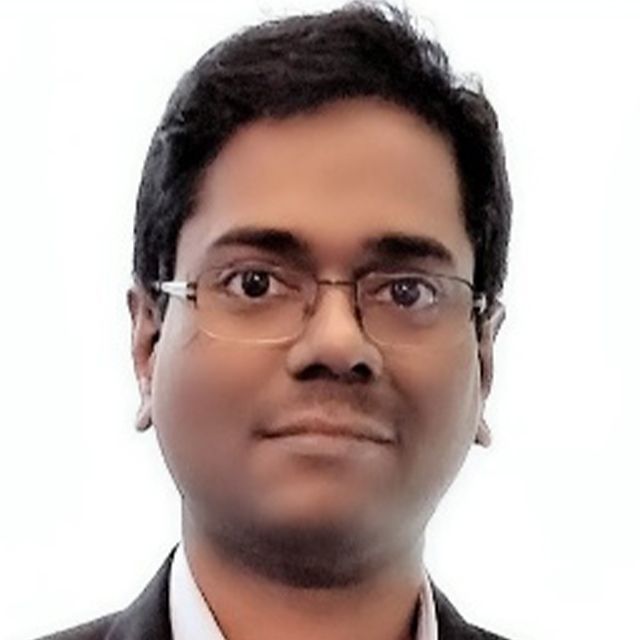
Ramakrishnan Raman
Honeywell
Dr. Ramakrishnan Raman is a global fellow at Honeywell Aerospace. He is also a member of the guest faculty at IIT Bombay Aerospace Department and adjunct faculty at Manipal Institute of Technology. He has extensive systems and software engineering experience in the aerospace domain. He is a Certified Six Sigma Black Belt, an INCOSE Certified Expert Systems Engineering Professional (ESEP), and an IEEE Distinguished Lecturer. Ramakrishnan received B. Tech. and M.S. degrees from IIT Madras, and a Ph.D. from IIIT-Bangalore. His awards include the 2010 Honeywell Technology Solutions Annual Leadership Excellence Award, INCOSE Outstanding Service Award, and IEEE Champion Award.
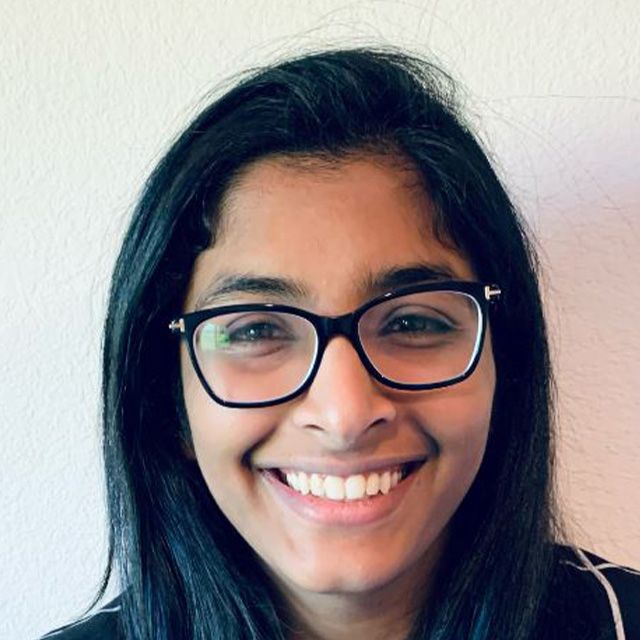
Leela S. Karumbunathan
NVIDIA
Leela Karumbunathan is a hardware product manager at NVIDIA, focusing on Jetson & Autonomous Machines. She has a history of working in the semiconductor industry in both engineering and product related roles. She received a bachelor’s degree in electrical engineering from Johns Hopkins University.

Bill Chou
MathWorks
Bill Chou is the product manager for code generation products, including MATLAB Coder and GPU Coder, at MathWorks. He has over 10 years of experience working with MATLAB and Simulink customers deploying algorithms to embedded systems. Bill holds a master's degree in electrical engineering from the University of Southern California focusing on image and video processing.
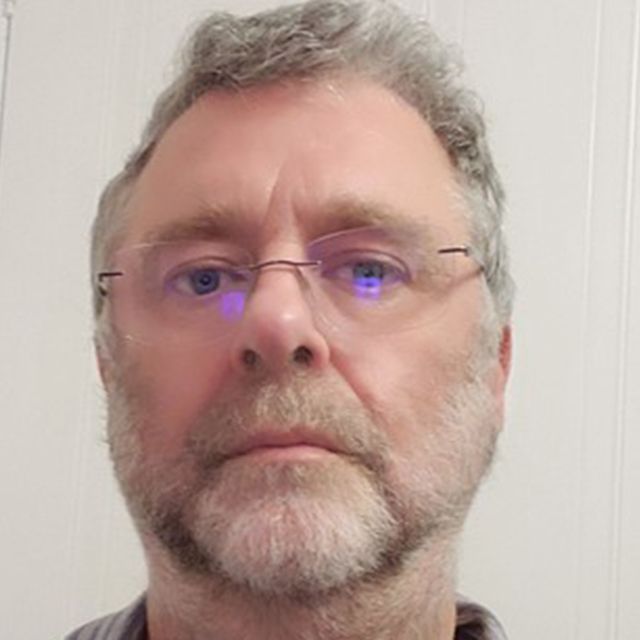
James Shippen
BoB Biomechanics
James Shippen is the director of BoB Biomechanics, a commercial system for biomechanical mathematical modeling and simulation. Prior to this, Shippen was a senior lecturer in mechanical engineering at the University of Birmingham, UK, and principal lecturer in engineering at Coventry University. He holds a B.Sc. from the University of Leeds and a Ph.D. from the University of Birmingham, UK. He won the Overton Prize in automotive acoustic design.
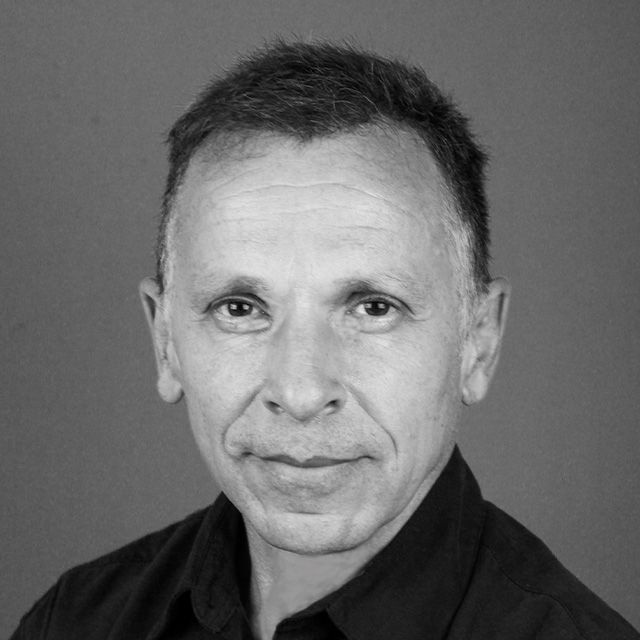
Albert Danial
Author of Python for MATLAB Development
Al Danial is an aerospace engineer with Northrop Grumman. He has 30 years of experience and was previously a member of the NASTRAN Numerical Methods team at MSC Software and a systems analyst at SPARTA. Al has a bachelor of aerospace engineering degree from the Georgia Institute of Technology, and masters and Ph.D. degrees in aeronautics and astronautics from Purdue University. He is the author of cloc, the open source code counter, and Python for MATLAB Development.
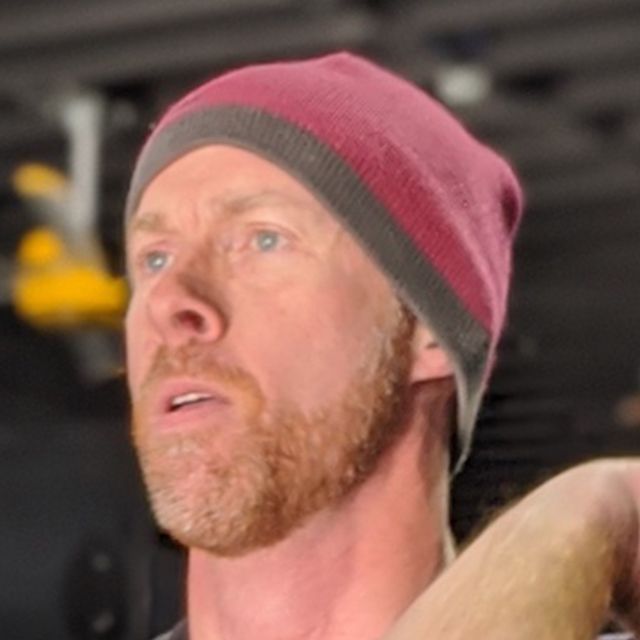
Dave Erickson
Deep Athletics
Dave Erickson is the co-founder of Deep Athletics, established from his interest in fitness and athletic performance. He also has 20+ years of experience in the missile defense industry, with a primary focus on modeling, simulation, and model validation. He has additional experience building and integrating complex algorithms into high-fidelity simulations. Dave holds a B.S. in electrical engineering and a B.A. in music from the University of Maryland, College Park, and an M.S. in electrical engineering from Johns Hopkins University.
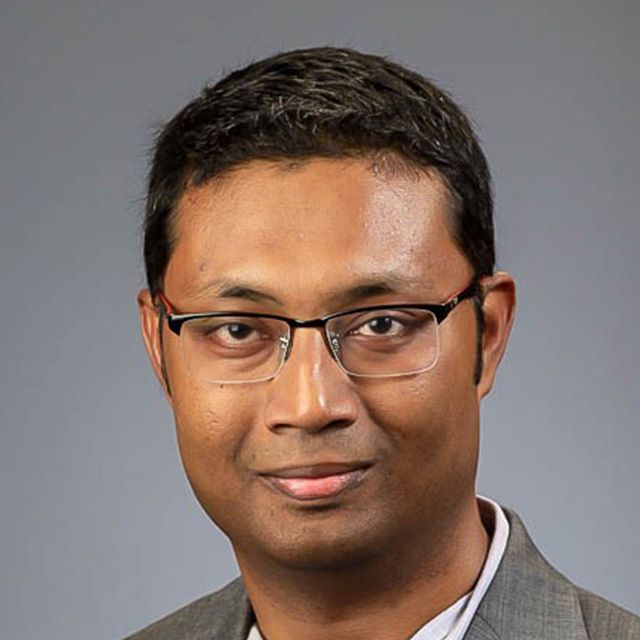
Onomitra Ghosh
MathWorks
Onomitra Ghosh is a principal product manager at MathWorks focused on improving the data science and big data workflows in MATLAB. He joined MathWorks in 2007 and has worked on software development and testing for a variety of product areas that include core mathematics, data analytics, image acquisition, data acquisition, vehicle network, audio/video IO, and parallel computing. Prior to joining MathWorks, Onomitra was a software consultant focused on database engineering. He has a B.S. in mechanical engineering from Jadavpur University (India), an M.S. in mechanical engineering from Boston University, and an M.B.A. from Cornell University.
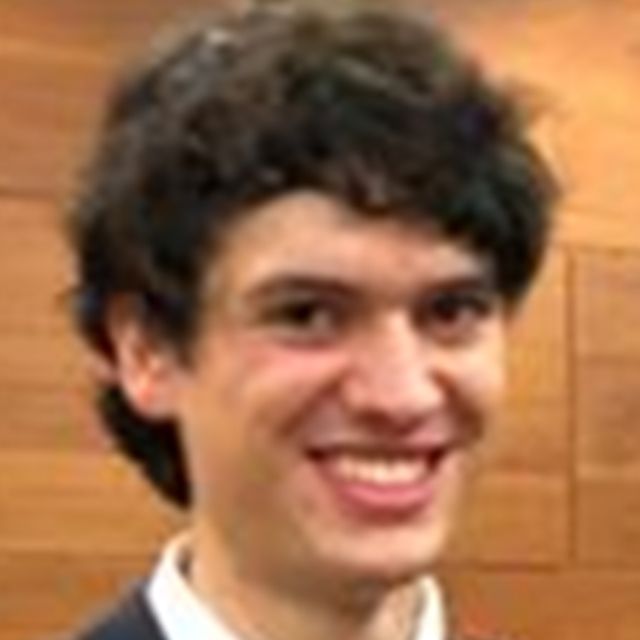
Raul Arribas
Airbus Defence and Space
Raul Arribas is a GNC robotics analyst with Airbus Defence and Space, tasked with acquisition of Mars samples left by Perseverance rover as part of MSR (Mars Sample Return), a joint NASA-ESA campaign. Raul completed the graduate scheme at Rolls-Royce Aerospace and received his master’s degree in aeronautical engineering from Imperial College London.
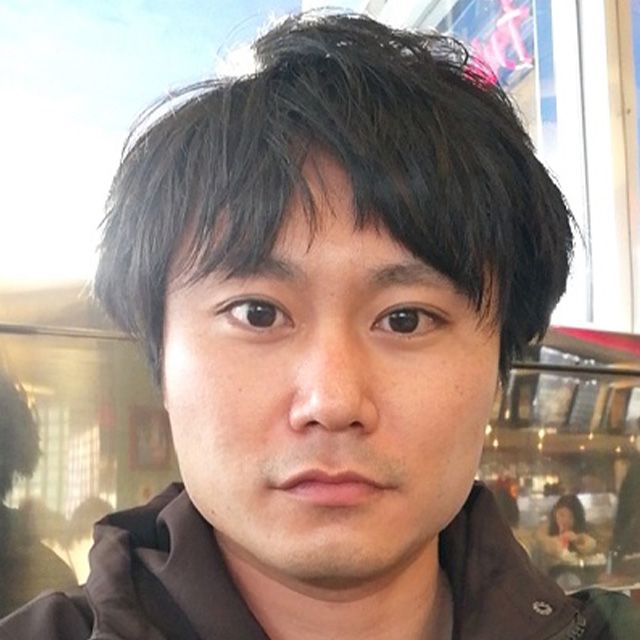
Kazuki Ono
KYOCERA Corporation
Kazuki Ono is responsible for robot hand development and Model-Based Design development workflows at KYOCERA Corporation. His prior work includes designing toners for printers and multifunction devices and developing analysis models for pigment dispersion at KYOCERA Document Solutions Inc. Kazuki holds a master's degree specializing in fuel cell material synthesis and analysis.

Mihir Acharya
MathWorks
Mihir Acharya supports robotics and autonomous systems applications at MathWorks, focusing on UAVs and autonomous navigation solutions. Prior to MathWorks, Mihir worked at ABB Corporate Research, where he designed robot end effectors for pick and place. He also worked with Omron Robotics and developed path planning applications for mobile robots. Mihir has an M.S. in robotics engineering from Worcester Polytechnic Institute (WPI).

Ronal George
MathWorks
Ronal George is an application engineer for robotics and autonomous systems at MathWorks. Prior to joining MathWorks in April 2019, he worked as an inside sales engineer at SPX Transformer Solutions and as an electrical design engineer at WindLabs. Ronal has a master's degree in electrical engineering from North Carolina State University. As a part of his master's, he worked with the Advanced Diagnosis, Automation, and Control (ADAC) Laboratory to develop planning and localization algorithms for multiagent systems.
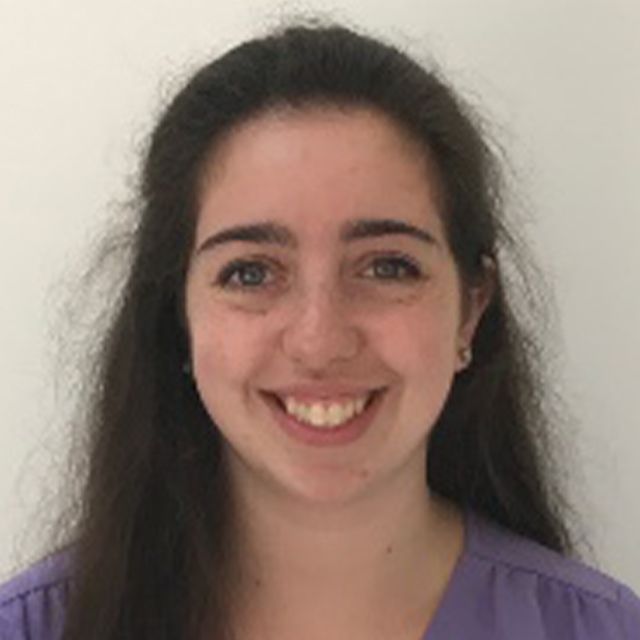
Julia Antoniou
MathWorks
Julia Antoniou is an application engineer for the aerospace and defense industry at MathWorks. She specializes in modeling and simulation of physical systems, with a focus on robotic and autonomous systems. Prior to joining MathWorks in 2017, Julia worked at companies such as iRobot and Johnson & Johnson in their mechanical engineering, systems engineering, and manufacturing engineering departments. Julia holds B.S. and M.S. degrees in mechanical engineering from Northeastern University.
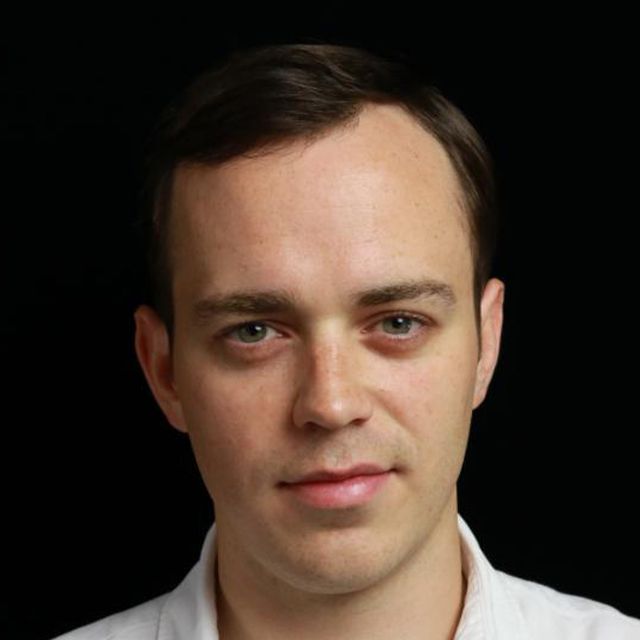
Stephen Gallagher
Amazon Web Services (AWS)
Stephen is a senior solutions architect at AWS, working with companies across many industries. He previously worked for an automotive OEM in Formula 1 and an electric vehicle startup. He has used MATLAB and Simulink for both simulation and embedded code development, with a focus on control system testing and validation.
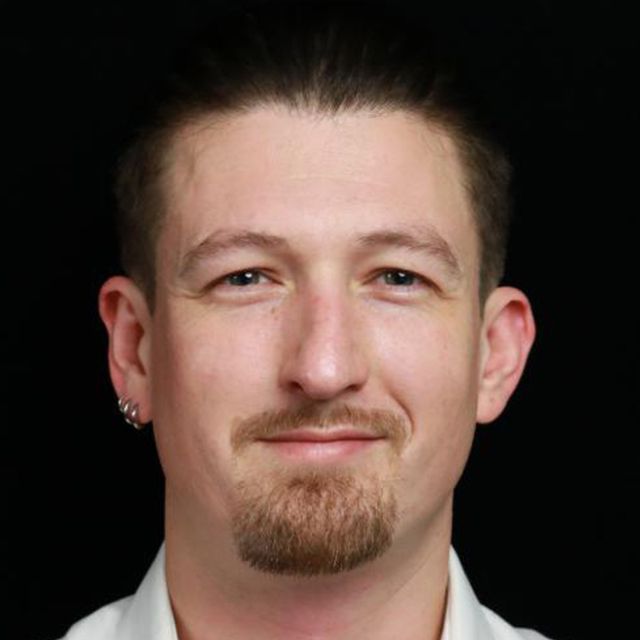
Haydn Peterswald
Amazon Web Services (AWS)
Haydn Peterswald is an automotive specialist solutions architect at AWS. He focuses on connected cars and automotive DevOps and is responsible for building and supporting end-to-end automotive software platforms for modern carmakers in the cloud.
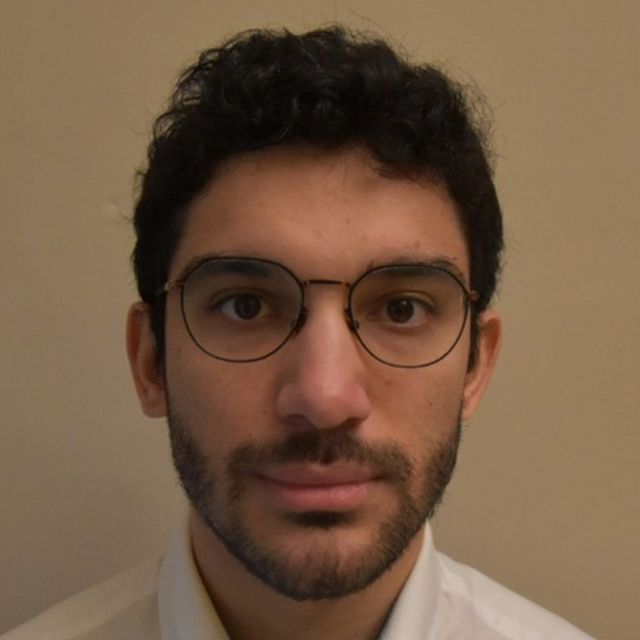
Simone Saracino
STMicroelectronics
Simone Saracino is a digital hardware designer at STMicrolectronics in the Automotive and Discrete Group, Smart Power R&D. He designs and develops IC devices for automotive applications in the Smart Power Solutions division. He earned a master’s degree with honors in electronic engineering from Politecnico di Torino.
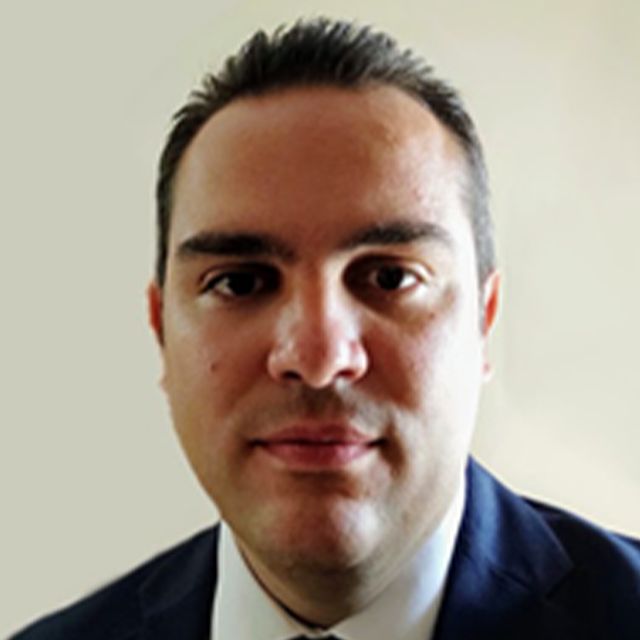
Diego Alagna
STMicroelectronics
Diego Alagna joined STMicroelectronics in 2012 and today is leading a digital design and verification team in the Automotive and Discrete Group, Smart Power R&D, based in Cornaredo (MI). He manages the digital development of different projects in the power train and safety domain, from braking specified ICs to HV driver controllers, and more recently BMS and electrification-oriented devices. In addition to the technical team’s growth, he is also involved in the exploration of mixed signal architectures and concept design. Diego graduated cum laude with an M.Sc. in electronic engineering from Politecnico di Milano, with a thesis in electrochemical instrumentation based on FPGA core.
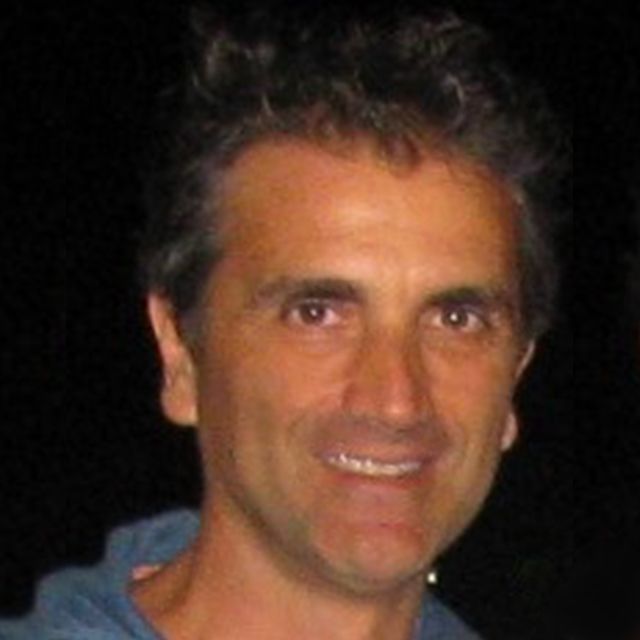
Giacomo Gentile
Collins Aerospace Applied Research and Technology
Giacomo Gentile is a senior manager at Collins Applied Research and Technology Center, part of the Raytheon Technologies Group. He previously worked in the automotive sector with Magneti Marelli, as safety engineer at ALSTHOM, and at ENEL CISE Research Center as a numerical analyst. Giacomo earned a Laurea in Ingegneria Elettronica degree.
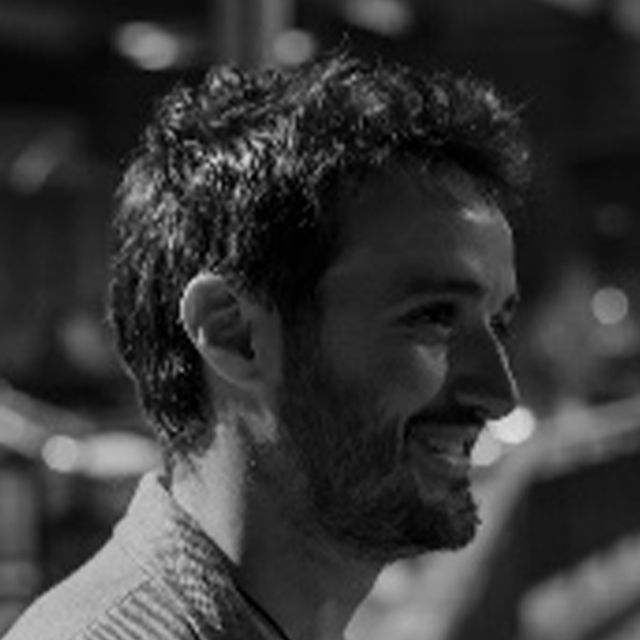
Alessandro Mignogna
Collins Aerospace Applied Research and Technology
Alessandro has 15 years of experience in industrial engineering and played a leading role in the introduction, tailoring, and deployment of model-based engineering and virtual engineering technologies for both commercial and aerospace application development. He holds a Ph.D. from Scuola Superiore Sant’Anna (Pisa, Italy) on real-time embedded systems and was a visiting fellow at the Department of Electrical Engineering and Computer Science, University of California at Berkeley.
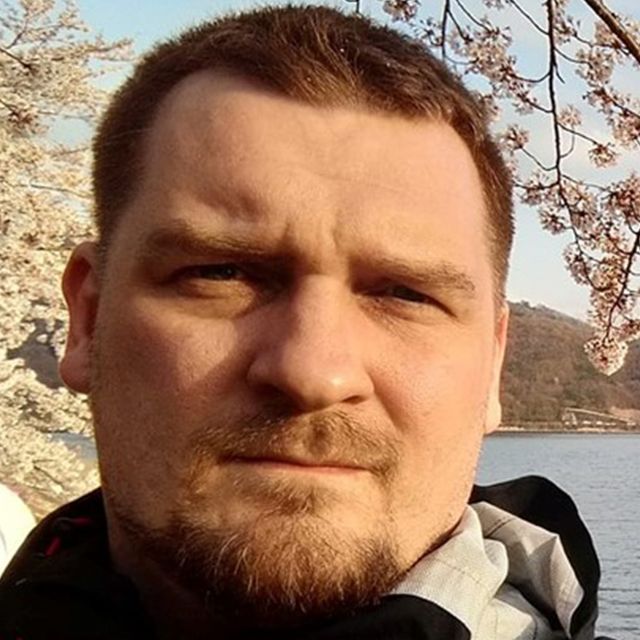
Jouni Sillanpää
Nokia
Jouni Sillanpää is a software architect in the SoC Architecture and Specification team at Nokia. He earned an M.Sc. degree in information engineering.
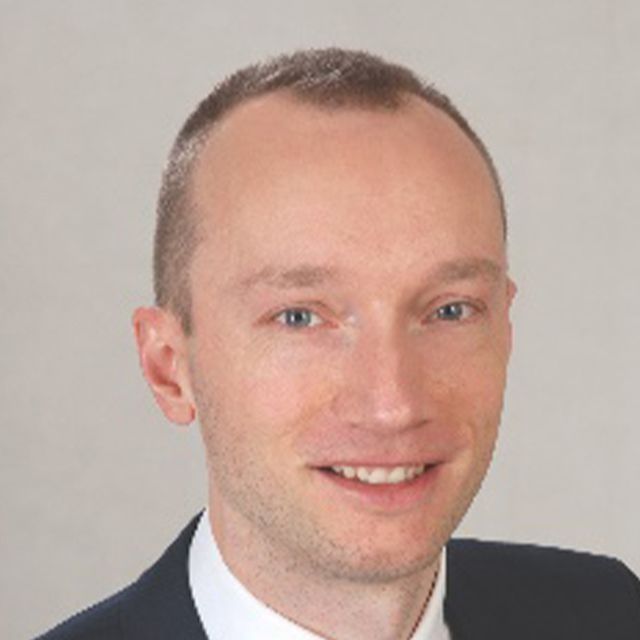
Erik Hartmann
SEGULA Technologies GmbH
Erik Hartmann is team leader of simulation at SEGULA Technologies in the division of Advanced Engineering & Powertrain Specification. Prior to SEGULA Technologies, he worked at Opel as a simulation engineer, where he developed 3D-CFD combustion models for knock prediction of gasoline engines. He earned a M.Eng. and a bachelor of engineering from Hochshchule RheinMain.
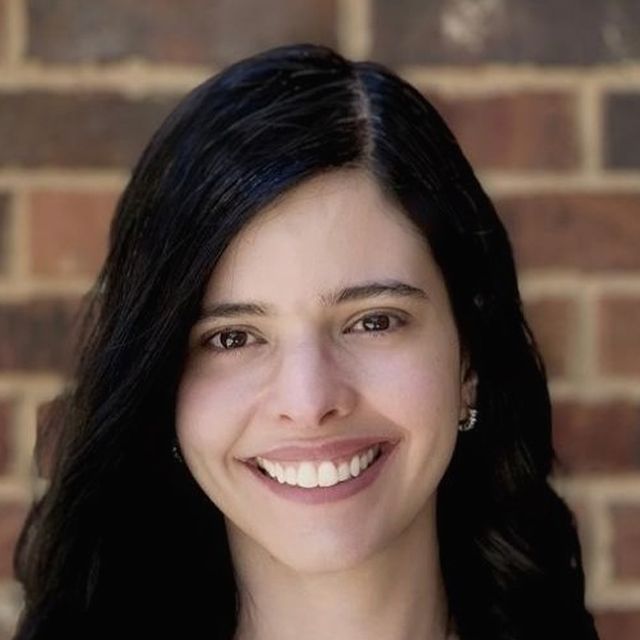
Gaby Arellano Bello
MathWorks
Gaby Arellano Bello is a senior customer success engineer at MathWorks. In this role, she partners with universities and colleges to understand their technical and business challenges, identify how MathWorks products can help address their challenges in education and research, and demonstrate the value of MATLAB and Simulink to grow their adoption in their curriculum, research, and commercial projects. She was an applications engineer at Flowserve Corporation for over four years, selecting pumping equipment for various applications with customers in the United States and Latin America. Gaby obtained her undergraduate degree in mechanical engineering from the Experimental University of Táchira (Venezuela). She earned her master's degree in biological systems engineering from the University of Nebraska, where she worked as a research assistant.

Kai Du
University of Queensland
Dr. Kai Du is a UQ Development Fellow at the School of Economics of the University of Queensland. He has developed a unique ability to doing research in the field of productivity and efficiency analysis, as well as its adoption to deal with the pressing social and economic problems. He is published in the European Journal of Operational Research, Small Business Economics, and the Journal of Intellectual Capital. He completed his Ph.D. in economics at the School of Economics of the University of Adelaide.
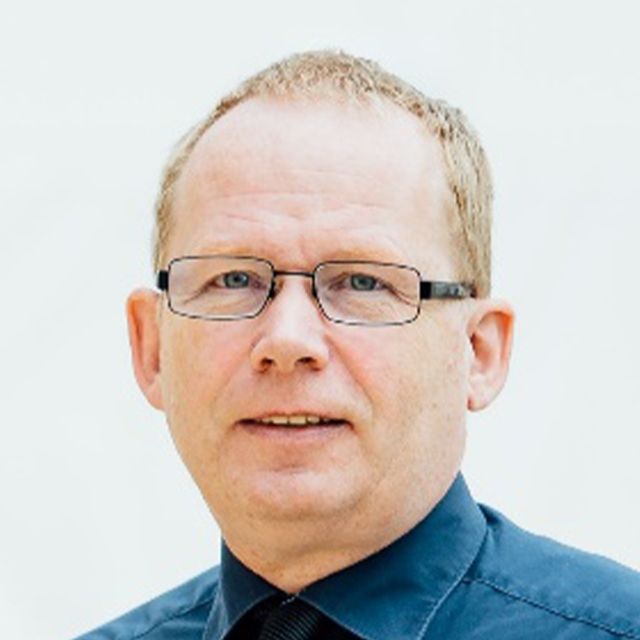
Jan-Christian Kuhr
Hochschule Stralsund – University of Applied Sciences
Jan-Christian Kuhr is a professor at the School of Mechanical Engineering, Stralsund University of Applied Sciences, Germany. He co-initiated the DistLab project that aims at the extension of classical engineering labs by the introduction of virtual twins. His teaching includes physics, sensor technology, and control systems. He also worked for many years in the software consulting industry. Jan-Christian received his Ph.D. in physics from Rostock University.
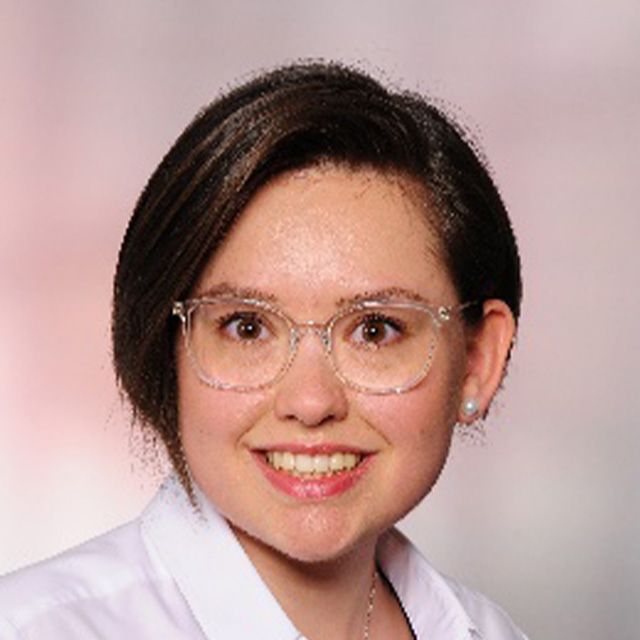
Martina Müller
Hochschule Stralsund – University of Applied Sciences
Martina Müller joined the DistLab project at Stralsund University of Applied Sciences in 2022. Her focus is on virtual twins that are designed in conjunction with their hardware counterparts for control systems labs for undergraduate and graduate students. Martina holds a B. Eng. in automotive engineering and an M. Eng. in mechanical engineering.
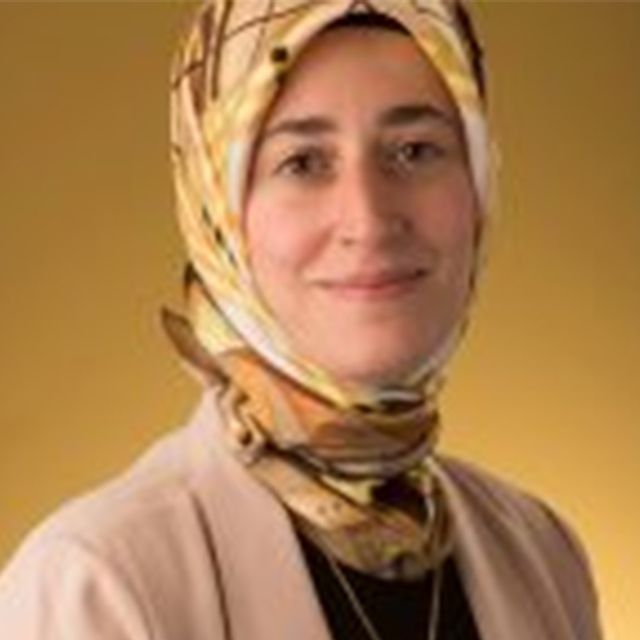
Dr. Ayse Tekes
Kennesaw State University
Ayse Tekes is an assistant professor in the mechanical engineering department at Kennesaw State University. Her research interests are in design, development, modeling, control of compliant mechanisms, and soft robots. She works to improve student understanding by developing 3D printed laboratory equipment for vibrations and control theory courses, and creating MATLAB apps for vibrations and control in Simscape for undergraduate engineering courses.

Dr. Rick Hill
University of Detroit Mercy
Dr. Rick Hill is a professor and assistant dean in the College of Engineering & Science at University of Detroit Mercy. His research interests include vehicle control, control and diagnosis of discrete-event systems, and modular and hierarchical control. He also has a strong interest in diversifying the STEM pipeline and leads the innovating Detroit’s Robotics Agile Workforce (iDRAW) program in partnership with underserved Detroit-area high schools. Rick received a B.S. degree in mechanical engineering from the University of Southern California and an M.S. degree in mechanical engineering from the University of California, Berkeley. He also earned an M.S. degree in applied mathematics and a Ph.D. degree in mechanical engineering from the University of Michigan, Ann Arbor.
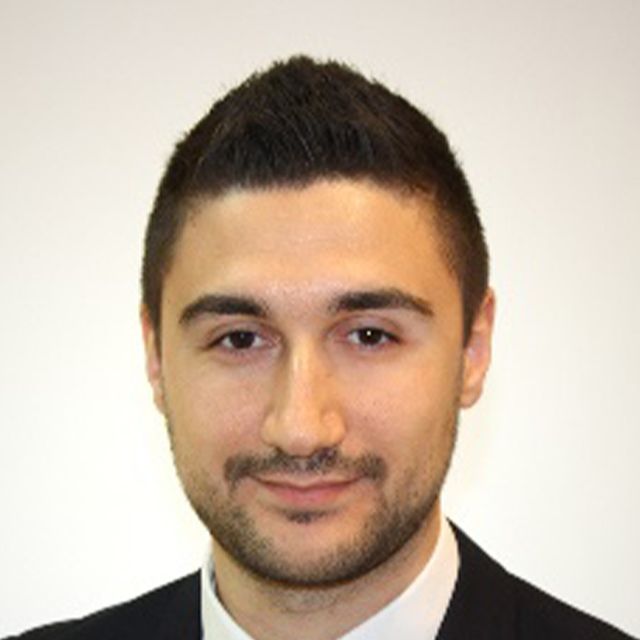
Matthieu De Gennaro
Capgemini Engineering
Matthieu De Gennaro is a research and innovation project manager at Capgemini Engineering. He is leading the development of a hybrid hydrogen catamaran in an iconic project named SOGREEN. The prototype was on the podium of the 2021 Monaco Energy Boat Challenge. He has a Ph.D. in engineering sciences with a specialty in mechanics and energetics.
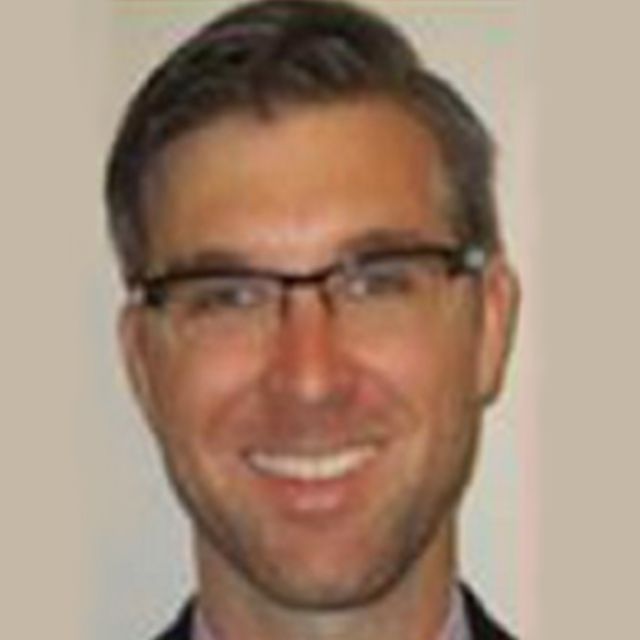
Henry Brengel
Leonardo DRS
Henry Brengel works in embedded systems software design for shipboard power conversion and propulsion technology. His previous work history includes work with renewables, batteries, and power conversion technology. Henry holds a master’s in engineering concentrating on power electronics and motor drives.
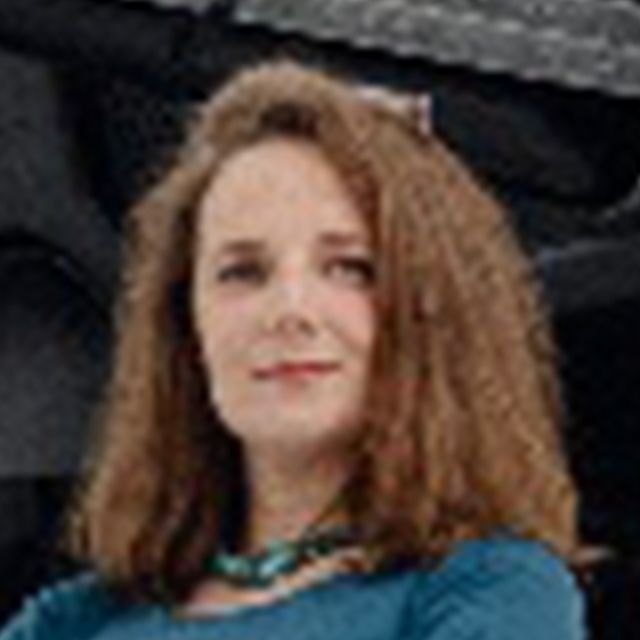
Sophie Robinson
Vertical Aerospace
Dr. Sophie Robinson is flying qualities team lead for Vertical Aerospace, an eVTOL manufacturer based in Bristol, UK. In her role, she is responsible for leading the team developing the flight control laws, aircraft performance prediction, handling qualities, stability and control, and Vertical’s pilot-in-the-loop simulator. She has worked as a flight physicist for several organizations in the UK and Europe in both the flight test and design and certification environments, and as a rotary wing flight dynamics tutor at the Empire Test Pilots’ School. She holds a Ph.D. in rotary wing simulation and modelling from the University of Liverpool, with a focus on handling qualities. In 2021, she was shortlisted for the Women’s Engineering Society Top 50 Women in Engineering.
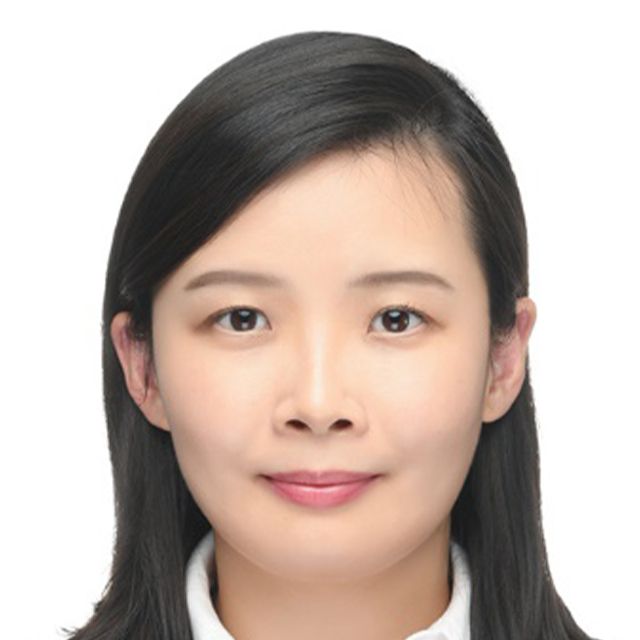
Shang-Chuan Lee
MathWorks
Shang-Chuan Lee is a senior application engineer specializing in the electrical system and industrial automation industries and has been with MathWorks since 2019. Her focus at MathWorks is on building models of electric motor and power conversion systems and then leveraging them for control design, hardware-in-the-loop testing, and embedded code generation. Shang-Chuan holds a Ph.D. from the University of Wisconsin–Madison (WEMPEC) specializing in motor controls, power electronics, and real-time simulation.
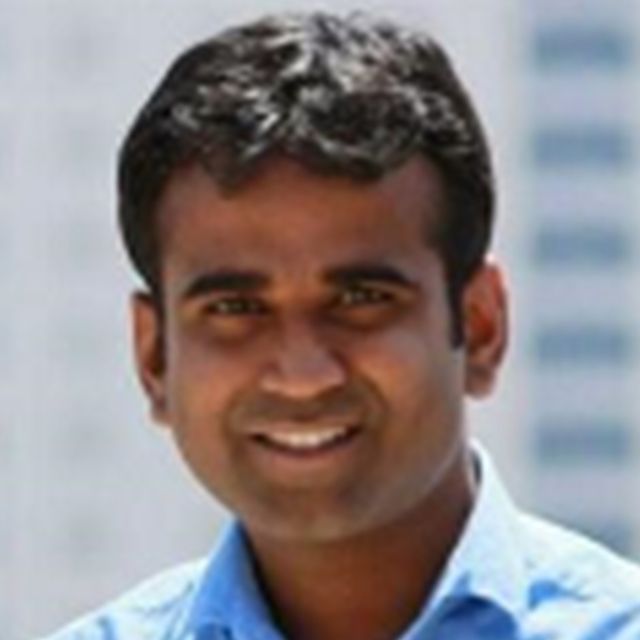
Arun Munuswamy Sambandham
MathWorks
Arun MS is a senior team lead specializing in the embedded targets area and has been with the MathWorks since 2015. His focus at MathWorks is on building model-based solutions for multicore targets, peripheral simulations that are leveraged in hardware support packages. Arun MS holds a bachelor’s degree in electrical and electronics with 13 years of experience in embedded software development.
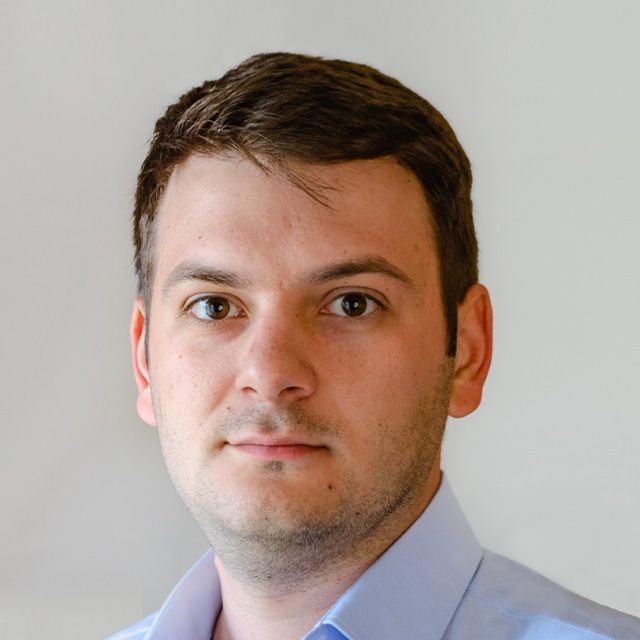
Marius Lucian Andrei
NXP Semiconductors
Marius Andrei joined NXP in 2017 and contributed to Model-Based Design software solutions development for NXP Automotive Products. He continues to work closely with customers offering support, fixes, or guidelines for their projects on topics like battery management systems, motor control, and data acquisition. Marius graduated from the Politehnica University of Bucharest in Romania with a master's degree in advanced computer architectures.
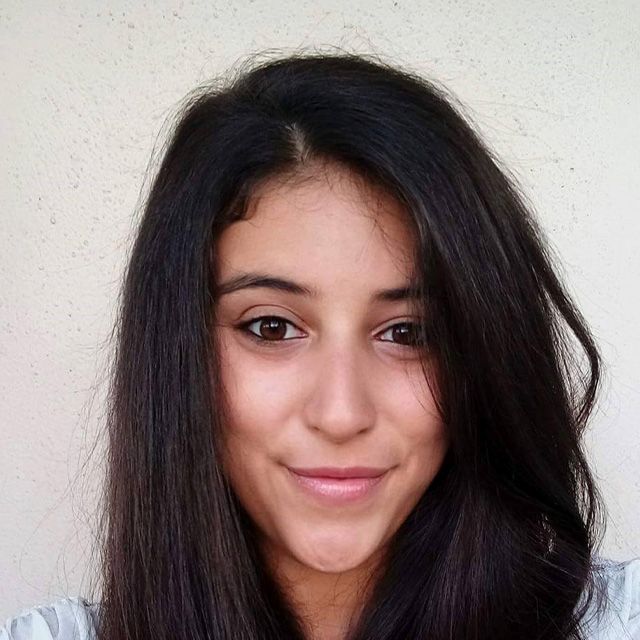
Irina Costachescu
NXP Semiconductors
Irina Costachescu is a software engineer with the Model-Based Design Team at NXP Semiconductors in Bucharest, Romania. She contributes to all the NXP Model-Based Design Toolbox development phases, from framework design to peripherals support, and creates toolbox related webinars, videos, and training sessions. Irina holds a bachelor’s degree in automatic control and systems engineering and a master’s degree in complex systems, both from the Politehnica University of Bucharest.
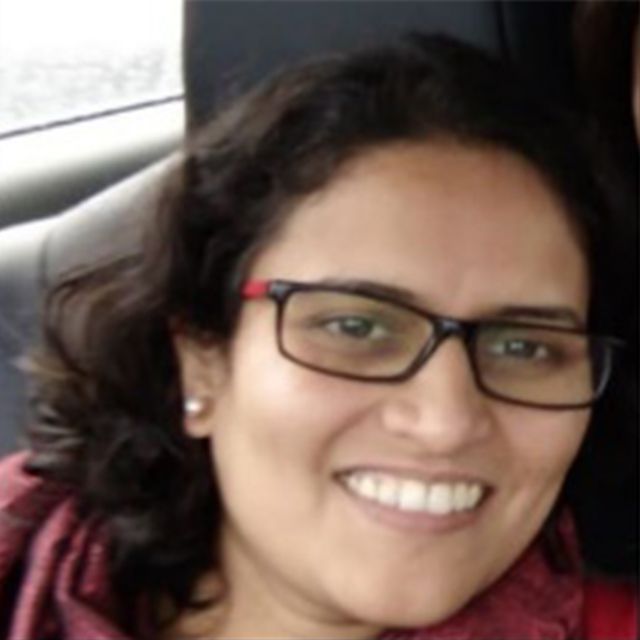
Yutika Patwardhan
Tata Consultancy Services
Yutika Patwardhan is a solution lead for functional safety initiatives in automotive electronics at Tata Consultancy Services within the Automotive Electronic Center of Excellence. She has 20 years of industry experience in automotive embedded systems, including serving as a technical manager for BMS software and project lead for modeling and simulation. She holds a B.E.(EnTC) from Cummins College of Engineering for Women.
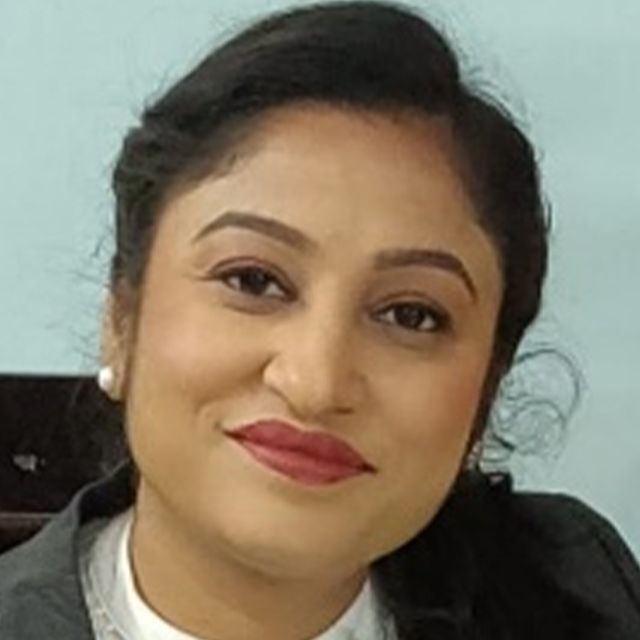
Neha Surjekar
Tata Consultancy Services
Neha Surjekar is a lead systems engineer at Tata Consultancy Services within the Automotive Electronics Center of Excellence. She has over 13 years of experience in automotive domains, MBSE, application design, development, and functional safety analysis. She holds a B.E. in information technology from Gujarat University and is a certified Professional Scrum Master (PSM1).
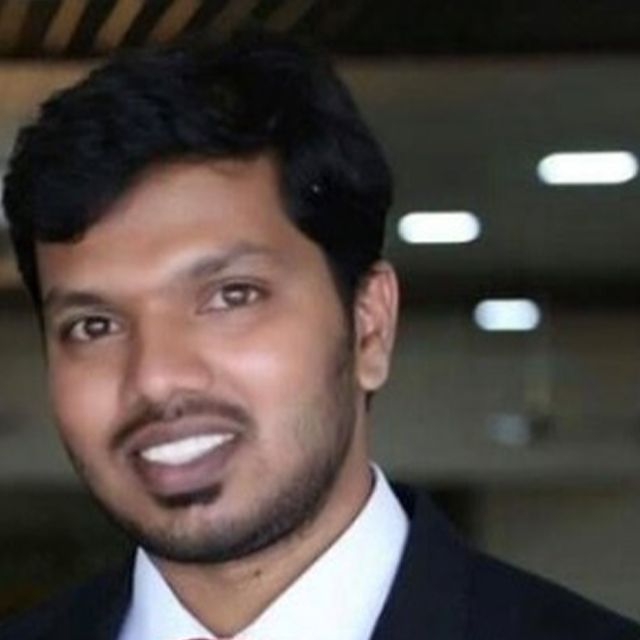
Sharath SL
Bosch Global Software Technologies
Sharath SL has been associated with BGSW since 2012 and has over 13 years of experience in product development, coaching teams to adopt MBSE practices and project management areas. He has expertise in technical computing, MBSE, application life cycle management, and project management, and has worked on various engineering projects in automotive, consumer goods, and agriculture domains. Sharath holds a bachelor’s degree in electronics and communication engineering from VTU University, India.

Brian Douglas
Engineering Media, LLC
Brian Douglas is a control systems engineer at Engineering Media, LLC, where he specializes in making complex ideas intuitive and easy to understand. He is the creator of Control System Lectures, a YouTube channel with over 220,000 subscribers, as well as a frequent contributor to the MATLAB Tech Talks video series. Prior to starting Engineering Media, Brian spent 11 years at The Boeing Company developing satellite and aircraft guidance, navigation, and control systems and 4 years at Planetary Resources leading the ADCS and systems engineering team.
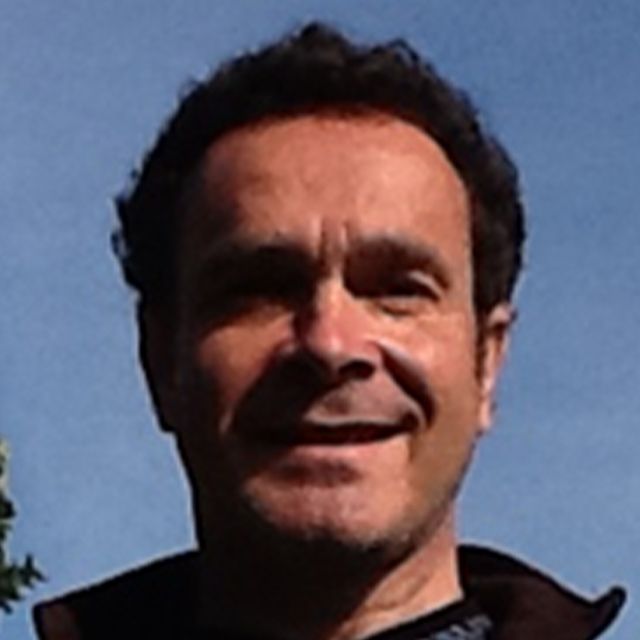
Alan Moore
MathWorks
Alan Moore is an architecture modeling specialist at MathWorks and has extensive experience in the development of real-time and object-oriented methodologies and their application in a variety of system domains. Alan served as the language architect for version 1 of the SysML language and is the coauthor of A Practical Guide to SysML.
Dr. Ben Lawrence
Vertical Aerospace
Dr. Ben Lawrence is the simulation technical lead for Vertical Aerospace, an eVTOL manufacturer based in Bristol, UK. In his role, he is responsible for leading and developing the simulation strategy across the company to aircraft certification and beyond, encompassing everything from the pilot-in-the-loop simulator and hardware-in-the-loop testing (HIL) to systems modeling and real-time simulation. He has worked across simulation and flight mechanics for a variety of academic, government research, and industry institutions in the UK and the US, including QinetiQ, NASA Ames Research Center, and Leonardo Helicopters. He holds a Ph.D. in simulation from the University of Liverpool, focussing on the flight mechanics and simulation of the early Wright Brothers’ aircraft.
Sivylla Paraskevopoulou
MathWorks
Sivylla Paraskevopoulou works as a technical writer for MATLAB deep learning and machine learning toolboxes. Her career has pivoted around artificial and biological neural networks. Prior to joining MathWorks in 2019, she worked as a postdoctoral researcher developing systems and algorithms that interface the central and peripheral nervous system. She holds a Ph.D. in biomedical circuits and algorithms from Imperial College London and an M.Sc. in biomedical engineering from Oxford University.
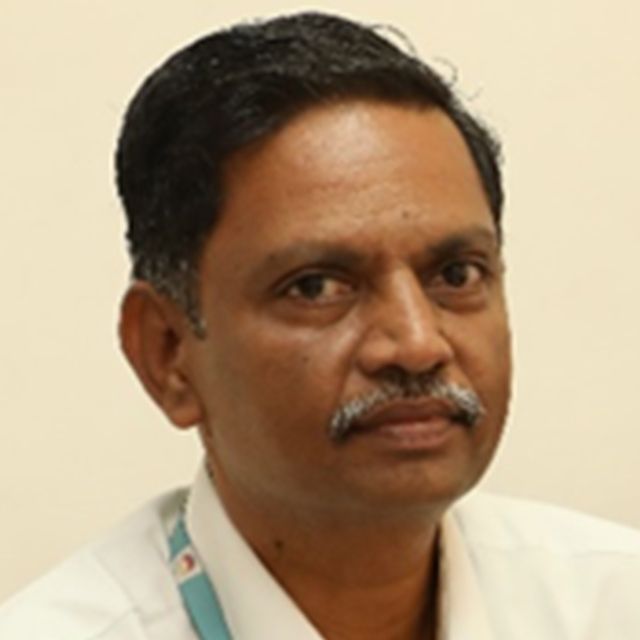
Dr. Rajakarunakaran S
Ramco Institute of Technology
S. Rajakarunakaran is the vice principal and head of the Department of Mechanical Engineering at Ramco Institute of Technology, India. He has 29 years of experience as an academic and three years of industrial experience. He has served as a member of the Engineering Accreditation Evaluation Committee, National Board of Accreditation (NBA), New Delhi.

Dr. Kristopher Ray S. Pamintuan
Mapúa University
Dr. Kristopher Ray S. Pamintuan is a professor in the School of Chemical, Biological, and Materials Engineering and Sciences (CBMES), Mapúa University, Philippines. He splits his time between teaching chemical and environmental engineering courses and researching microbial fuel cells and their derivative technologies. He also founded and heads the Center for Renewable Bioenergy Research (CeRBER), a group of undergraduate and graduate teams researching topics including plant-microbial fuel cells, life cycle assessments and impact analyses, waste-to-energy biotechnologies, and more. Kristopher received his B.S., M.S., and Ph.D. degrees from Mapúa University.
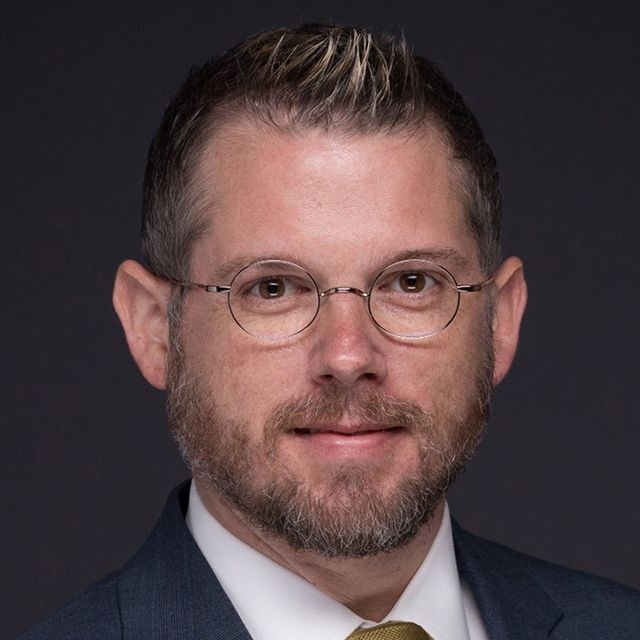
Chris Watkins
Gulfstream Aerospace Corporation
Chris Watkins is a senior project manager at Gulfstream Aerospace Corporation, where he leads R&D in the Flight Deck Innovation Group. In this role, he evaluates and matures flight deck technology for future aircraft programs. He is also the champion for model-based systems engineering (MBSE) at Gulfstream, connecting IMA integration with MBSE practices Chris has been with Gulfstream for 11 years, and has 23 years of experience in the aviation industry. His career has been dedicated to integrated modular avionics (IMA) architectures, where aircraft system functions are integrated together on a platform that provides shared computing and input/output (IO) resources connected via a common backbone network. He introduced open IMA to Gulfstream aircraft, starting with the G500 model. Prior to Gulfstream, he worked at GE Aviation where he architected open IMA systems for the Boeing 787, COMAC C919, and military programs. Chris holds a graduate certificate in systems engineering from Caltech and a master’s degree in systems engineering from Missouri University of Science and Technology. Chris is a Certified Six-Sigma Green Belt and an Associate Fellow with the American Institute of Aeronautics and Astronautics (AIAA).
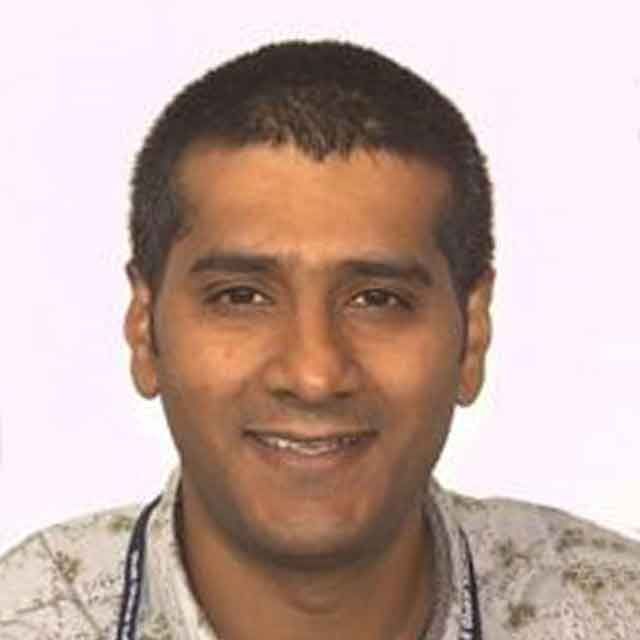
Amjad Chaudry
Shell International Ltd.
Amjad is the Capability Center manager for the Data Science and Machine Learning Group, responsible for replicating and deploying AI solutions at scale at Shell. Amjad has over 25 years of experience, with the last 15 years at Shell developing algorithms and delivering software products. He has worked in several industries including biotech and environmental monitoring consultancy, in project and program management roles, and more recently building natural teams and developing talent. Amjad holds a first degree in chemistry and a Ph.D. in theoretical physics and chemistry.
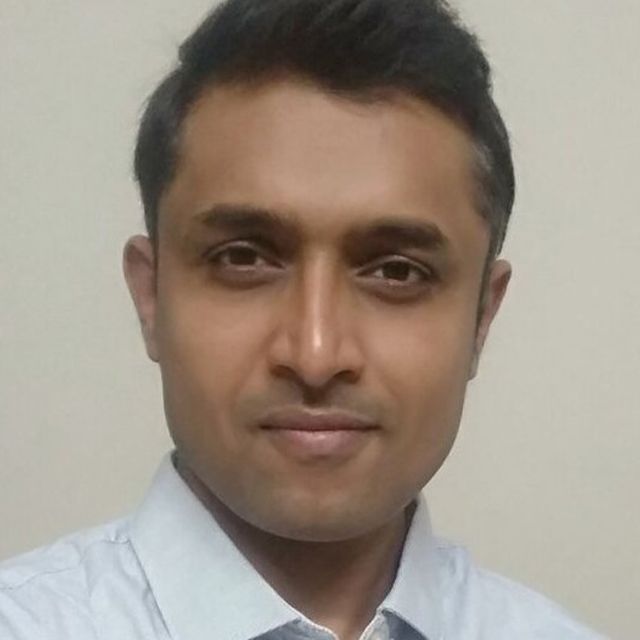
Vijayendra Kumar
MathWorks
Vijayendra Kumar is the product manager for Wireless Testbench at MathWorks. He has previously worked in various startups involved in wireless system design and development. Vijayendra has a master of technology degree (M.Tech) from Indian Institute Technology, Roorkee.
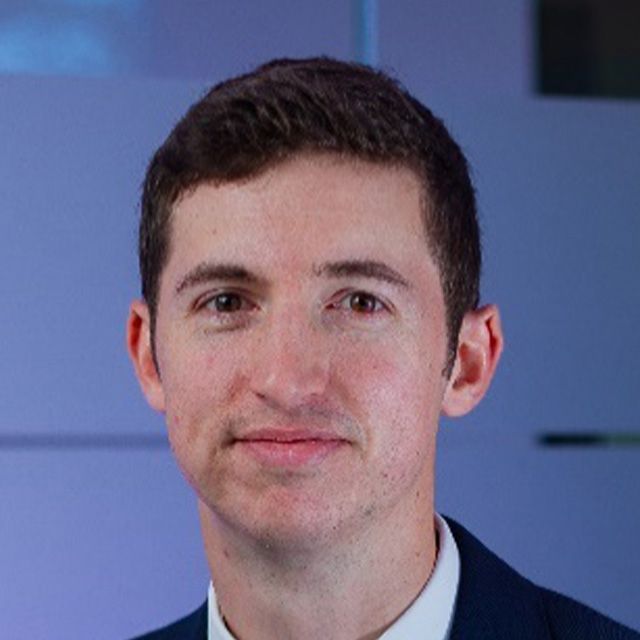
Jeremy Twaits
NI
Jeremy Twaits is NI’s solutions marketer responsible for applications involving research, design, prototyping, and deployment, predominantly with software-defined radios, in the aerospace and defense industries. He joined NI over a decade ago as an applications engineer and has since held multiple roles in marketing at NI, focusing on areas including automated test systems, RF/wireless design and test, and aerospace and defense. Jeremy holds a master’s degree in physics from the University of Bath.
Pedro Ponce
Tecnológico de Monterrey
Pedro Ponce is a professor at Tecnológico de Monterrey, Mexico. He specializes in control and automation for industrial systems, smart grids, microgrids, electrical machines, electric drives, power electronics, conventional and digital linear control, expert systems, neural networks, and evolutionary systems. He has been an advisor for undergraduate and graduate theses in the areas of control, automation, electric machines, electric drives, and artificial intelligence. Pedro is a member of the National System of Researchers and Academia Mexicana de Ciencias. He has authored over 200 publications and received numerous recognitions and awards including the Medal of Academic Merit, Best Graduate Professor, Graduate School of Engineering and Architecture at Tecnológico de Monterrey, and first place in the NI International Graphical System Design Achievement Awards, Biotechnology and Life Sciences.
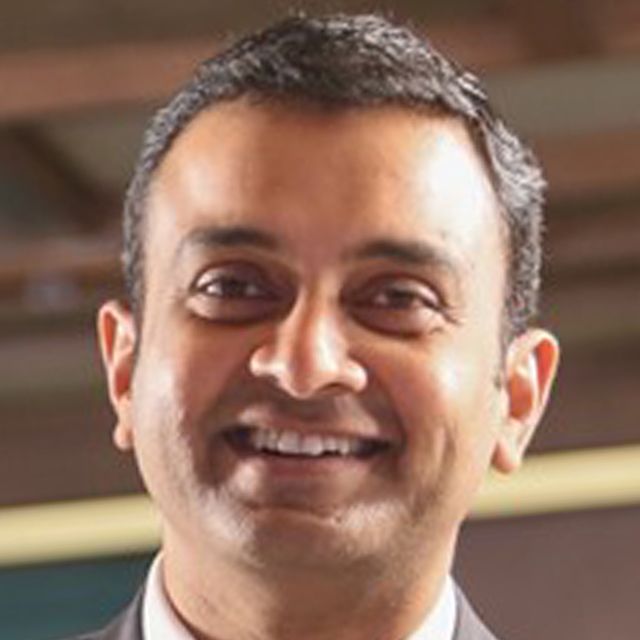
Praveen Penmetsa
Monarch Tractor
Praveen Penmetsa is co-founder and CEO of Monarch Tractor. Praveen has nearly two decades of hands-on experience in translating creative visions into products for startups to Fortune 50 companies alike. He co-currently serves as founder and CEO of Motivo Engineering, a product-engineering firm with clients in the mobility, energy, AgTech, and aerospace sectors. Since 2016, Praveen has focused his efforts in AgTech solutions, building teams to develop and scale the next generation robotic solutions for mobility, food, and automation. Praveen holds an M.S.M.E. in mechanical engineering from the University of Cincinnati.
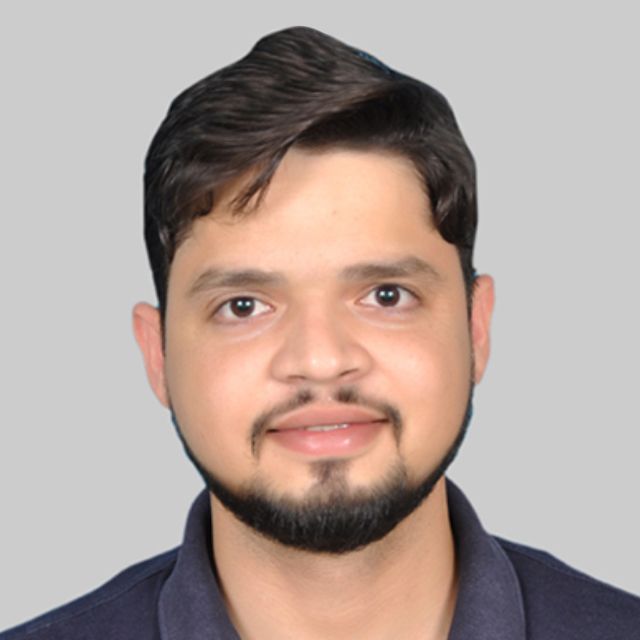
Peeyush Kumar
MathWorks
Peeyush Kumar is an embedded software engineer who has been with MathWorks since 2019. His focus at MathWorks is on building solutions using Model-Based Design for multicore targets and peripheral simulations that are leveraged in hardware support packages. He has eight years of experience in developing embedded software and hardware applications. Peeyush holds a master's degree in instrumentation technologies from the Indian Institute of Technology Delhi.
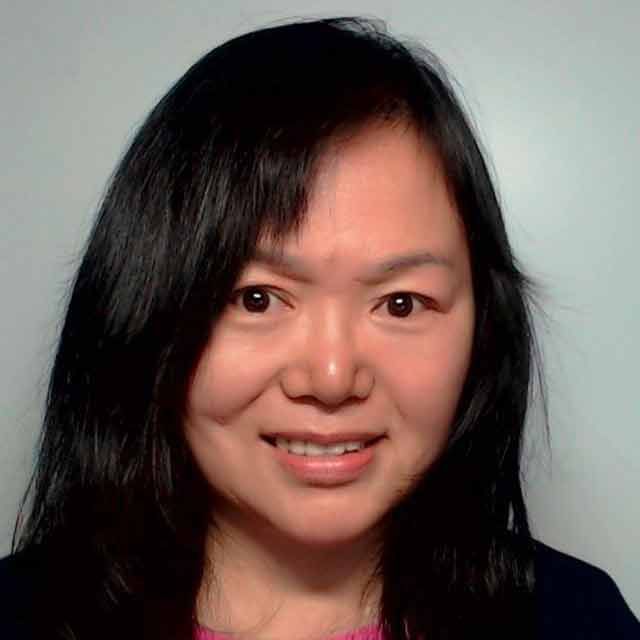
Linghui Zhang
MathWorks
Linghui Zhang leads the application engineering in automated driving segment at MathWorks, responsible for helping customers leverage tools and workflows to develop automated driving applications. Before this role, Linghui led technical teams in the Asia-Pacific pilot organization of MathWorks to assist APAC customers in adopting Model-Based Design, automatic code generation, and verification and validation. Prior to this role, she was a developer of Embedded Coder and fixed-point products at MathWorks. Linghui previously worked at China Academy of Space Technology as a technical manager and associate professor in charge of the development of control systems for satellites and spacecraft.

Nicole Bonfatti
Nicole Bonfatti is a product marketing manager focused on application deployment with MATLAB Production Server with over 10 years of experience at MathWorks. She has additional experience incorporating deep learning models into both embedded systems and web services from her previous employment at an AI startup. She holds a BS in computer science, an MS in management of technology, and several IT certifications.
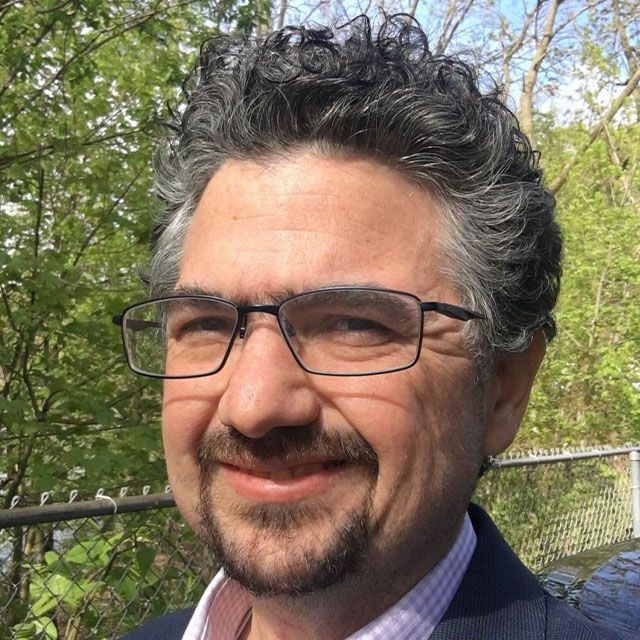
Nick Bonfatti
MathWorks
Nick Bonfatti is a product marketing manager focused on application deployment with MATLAB Production Server, with over 10 years of experience at MathWorks. They have additional experience incorporating deep learning models into embedded systems and web services at an AI startup. They hold a B.S. in computer science and an M.S. in management of technology combined with an AWS Solutions Architect certification.
